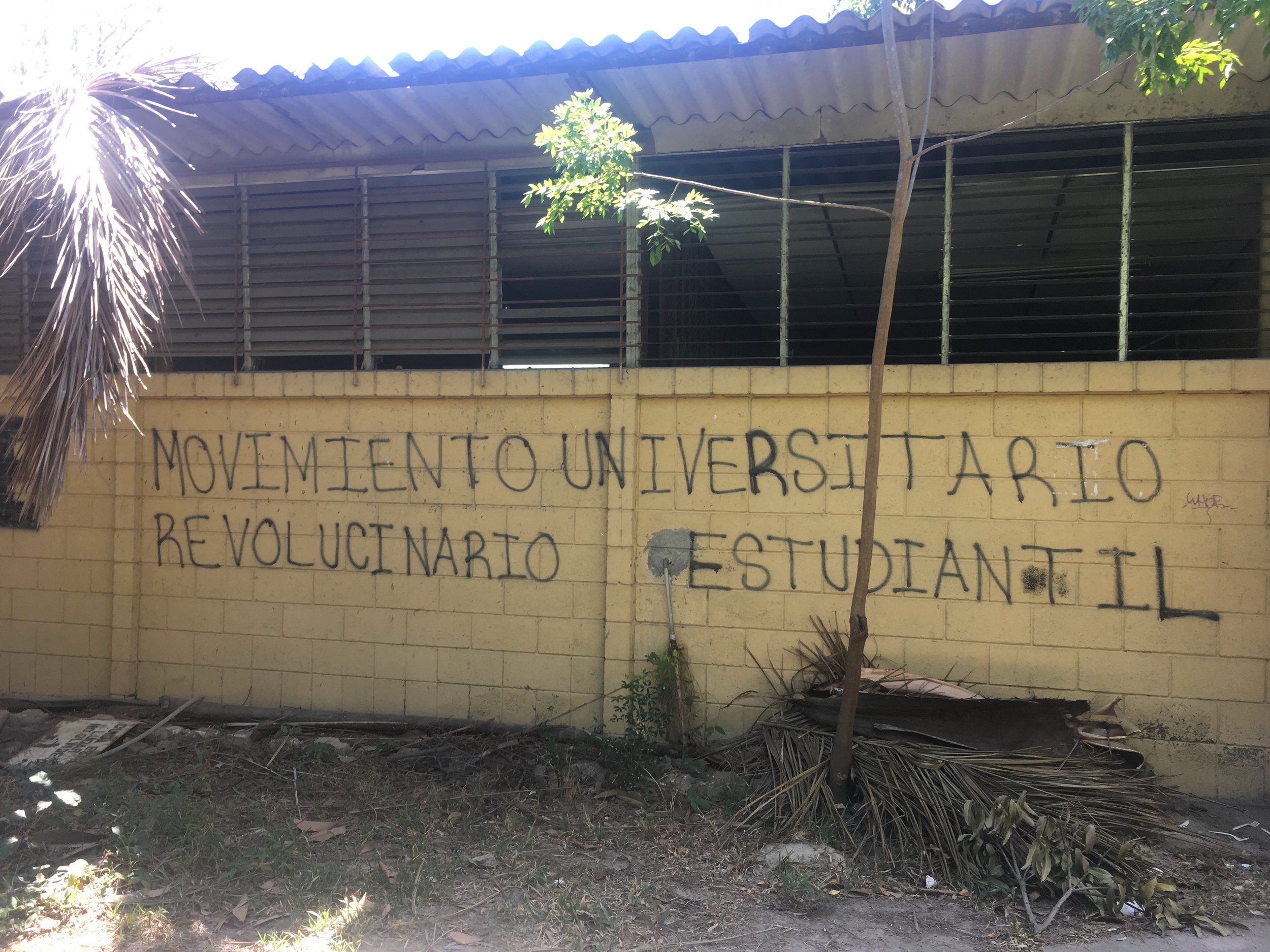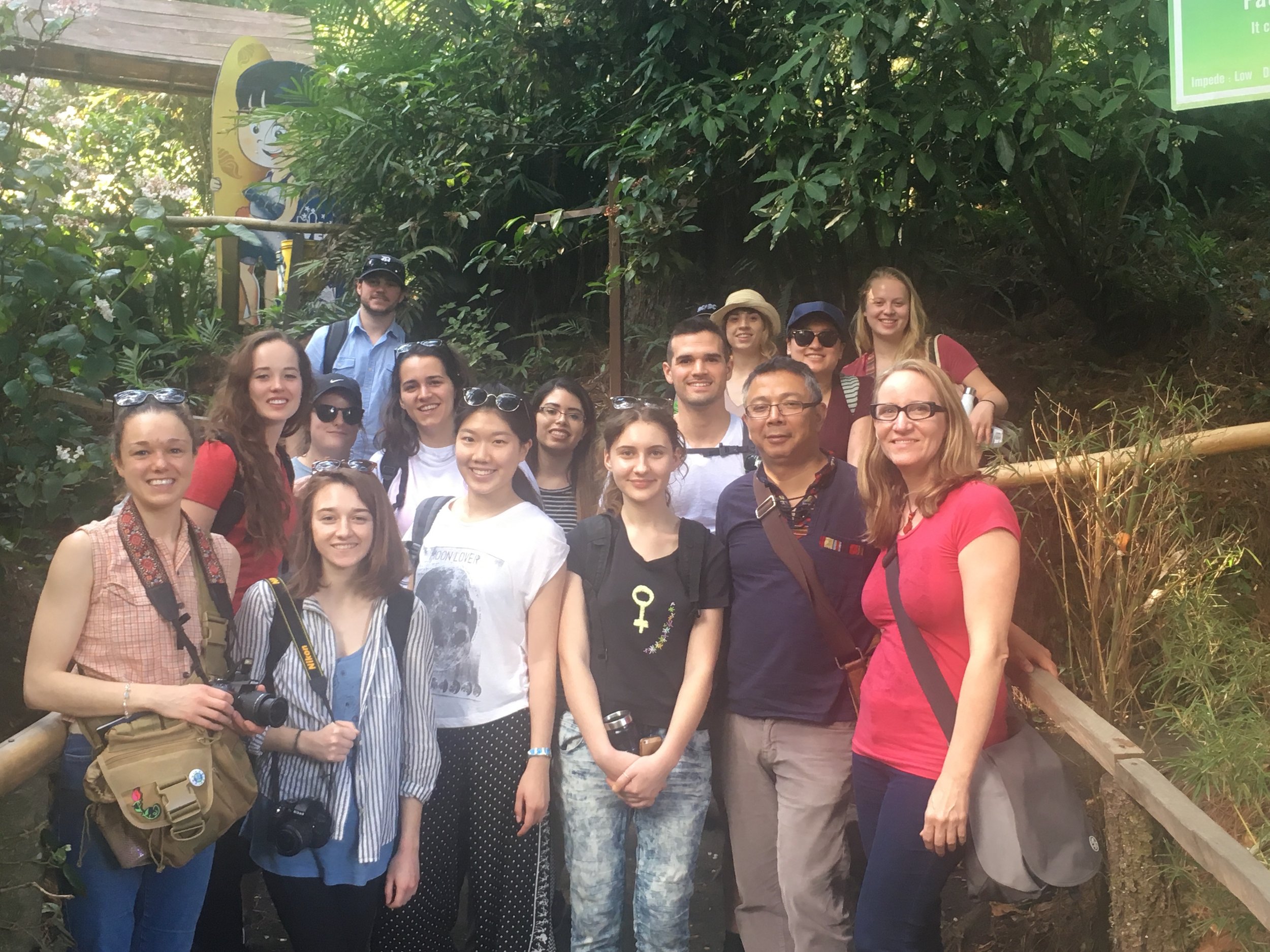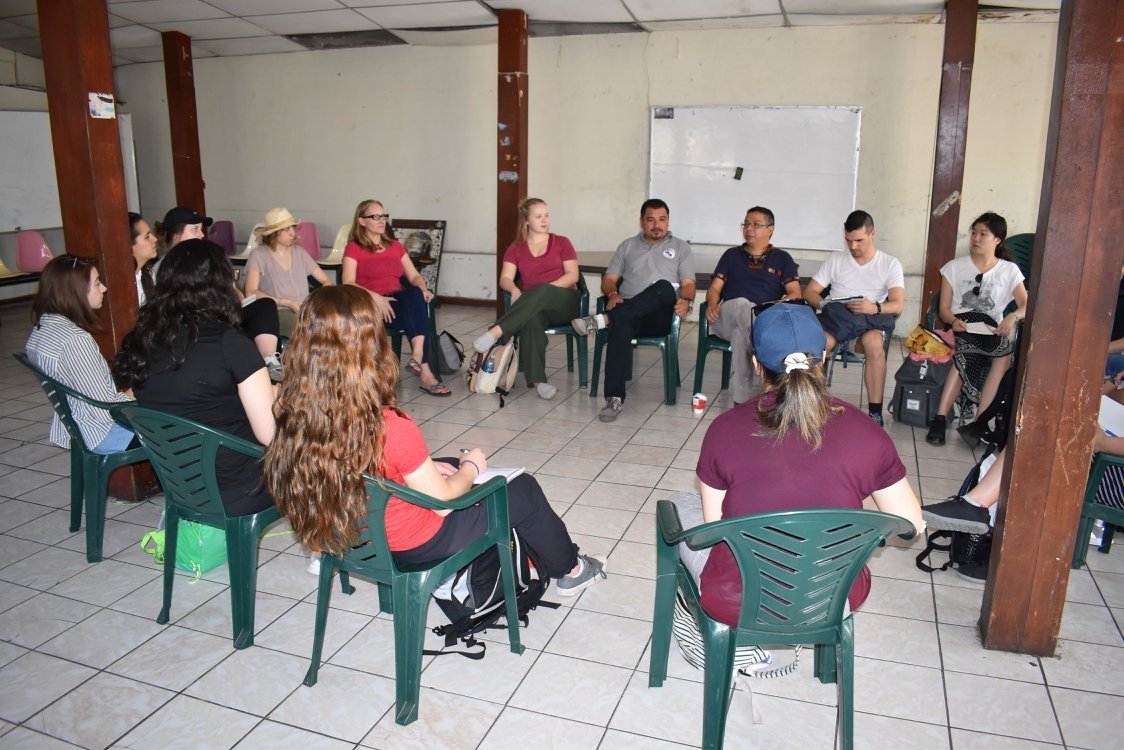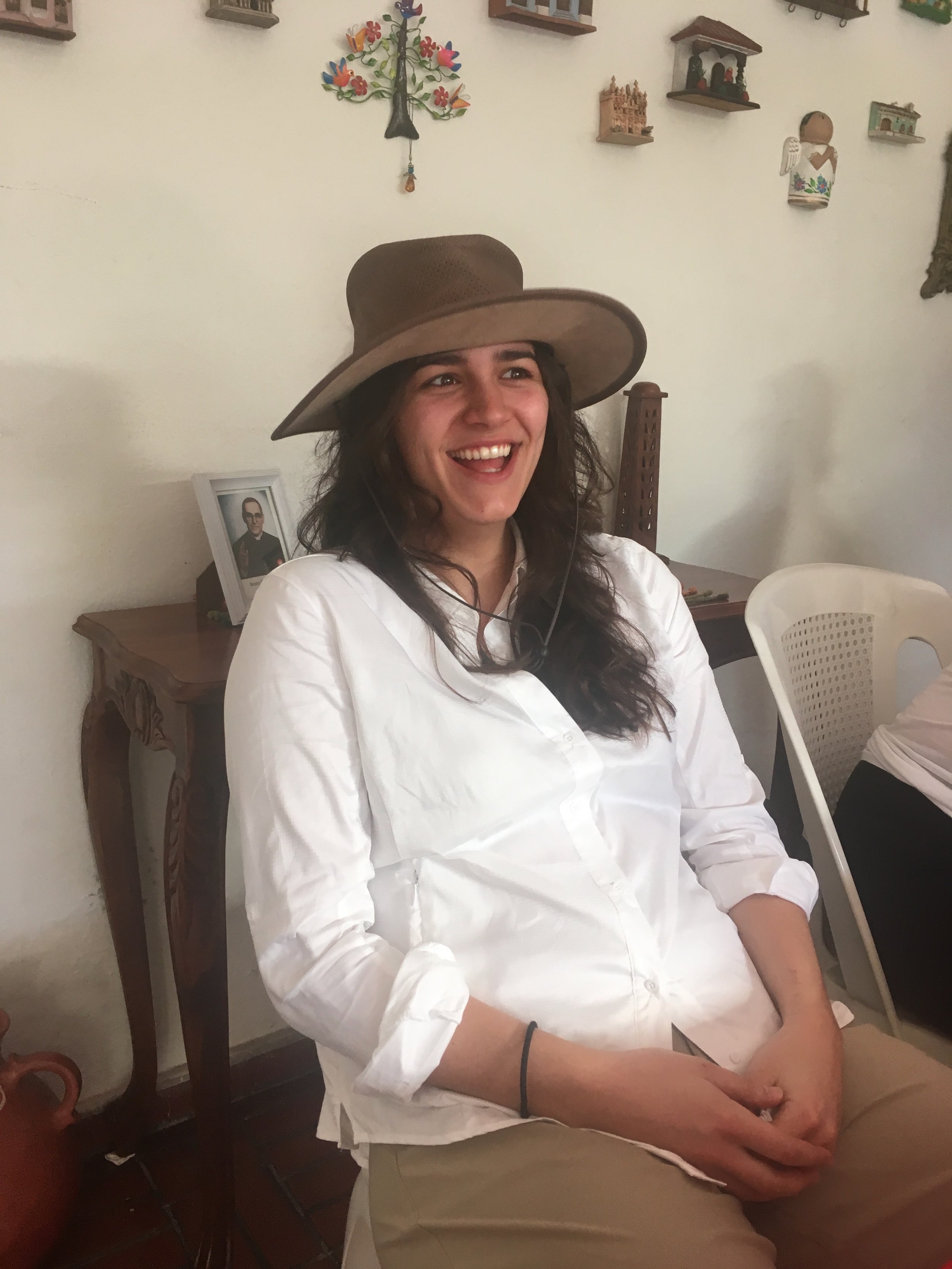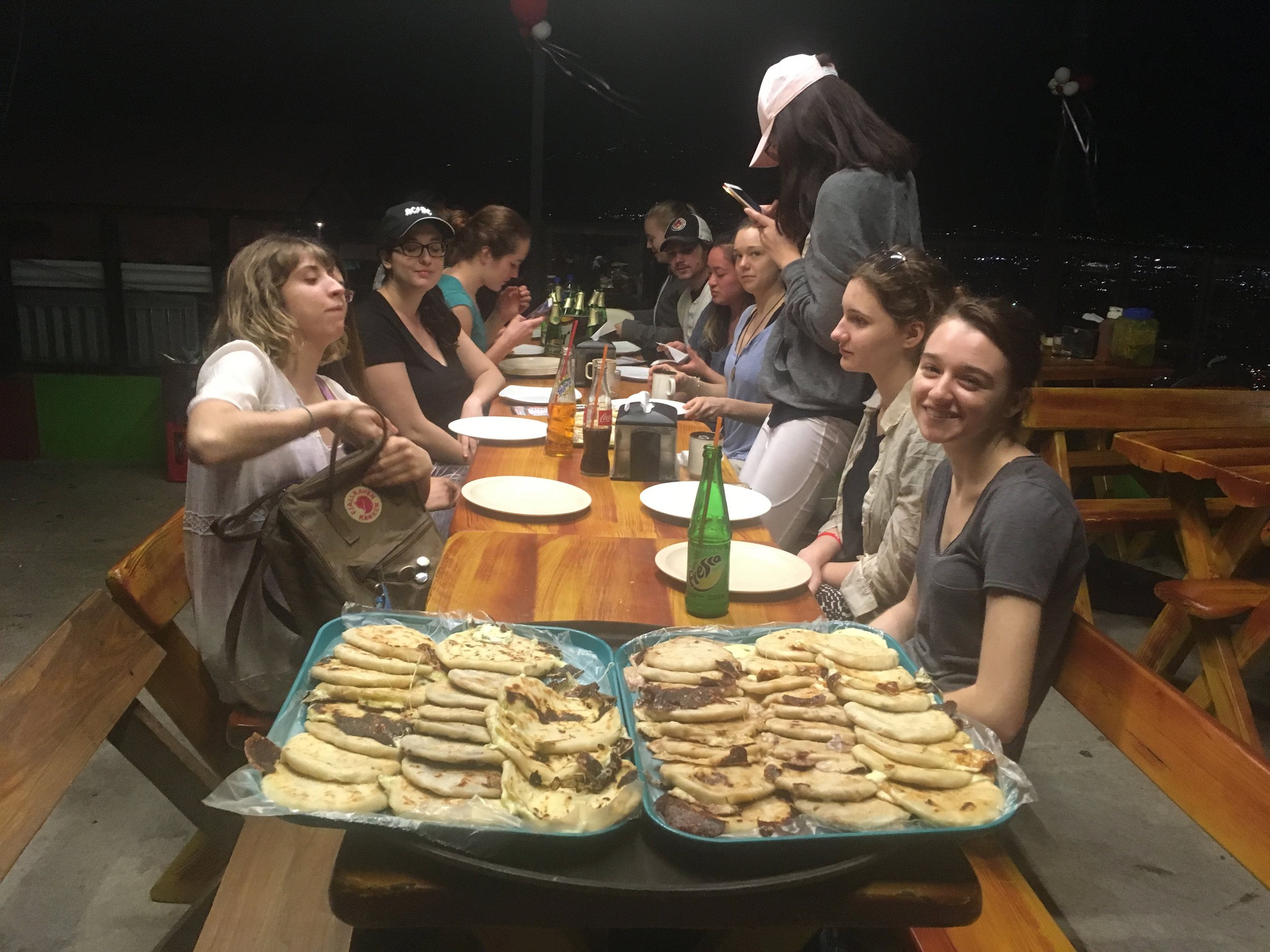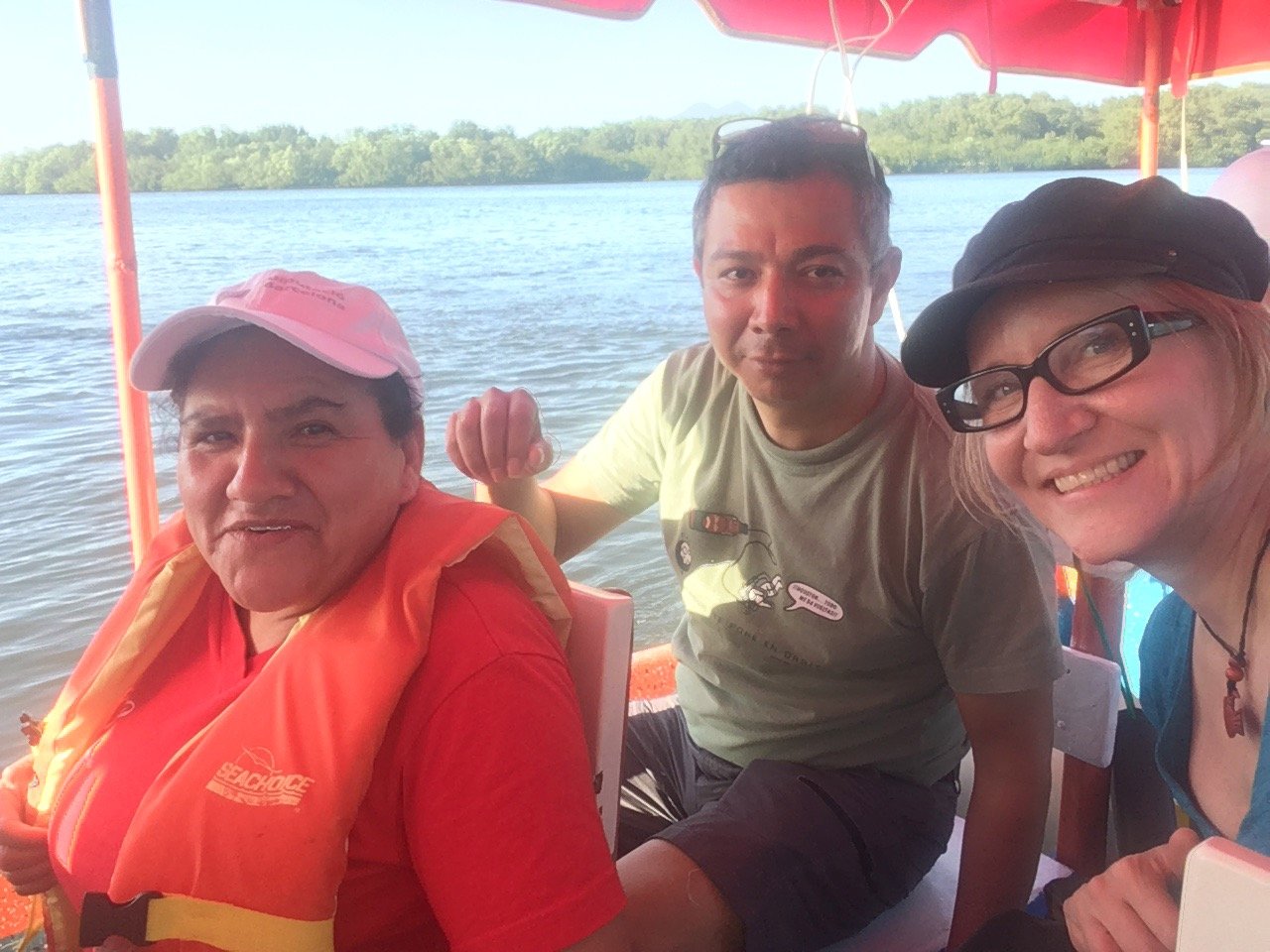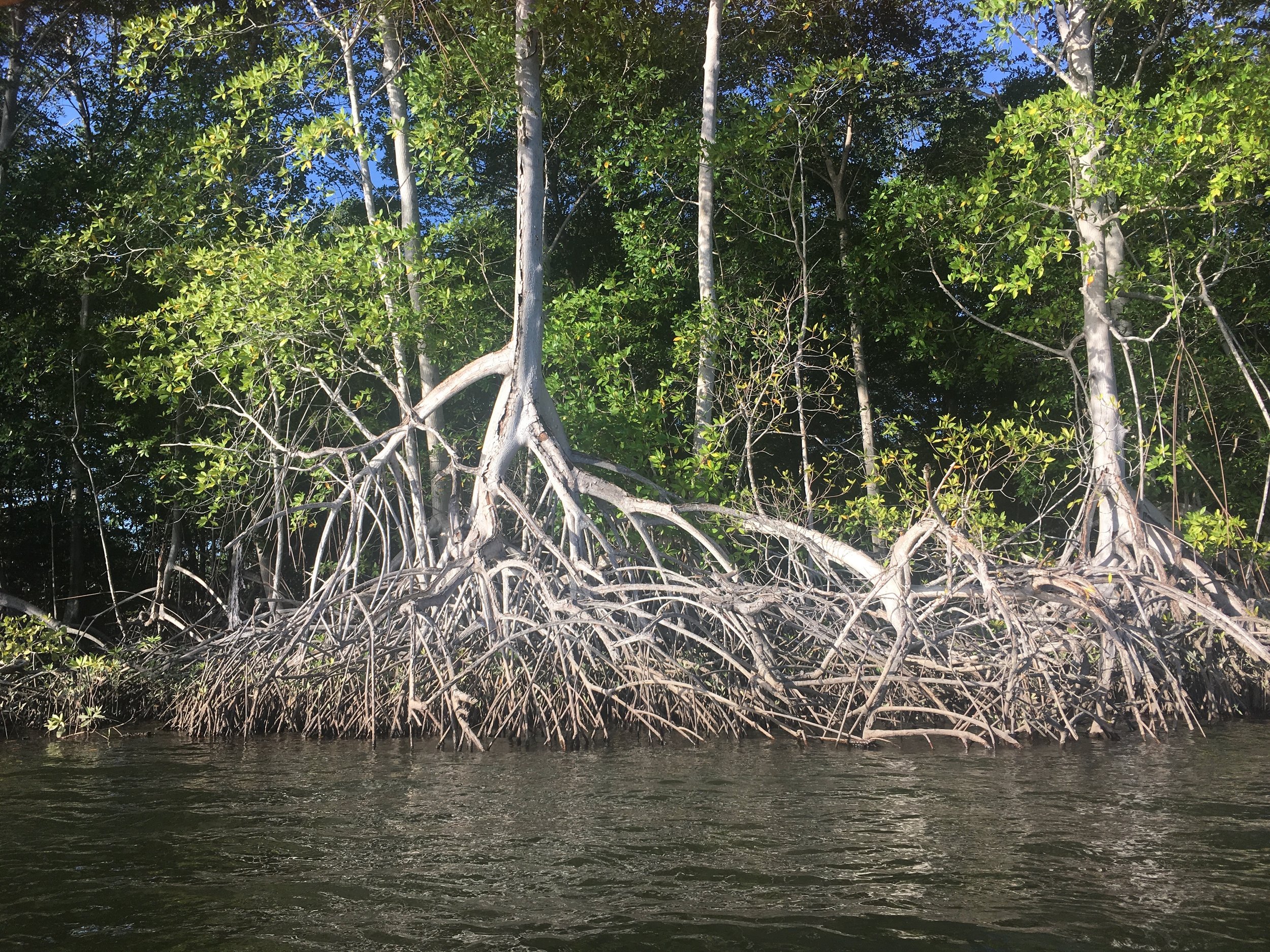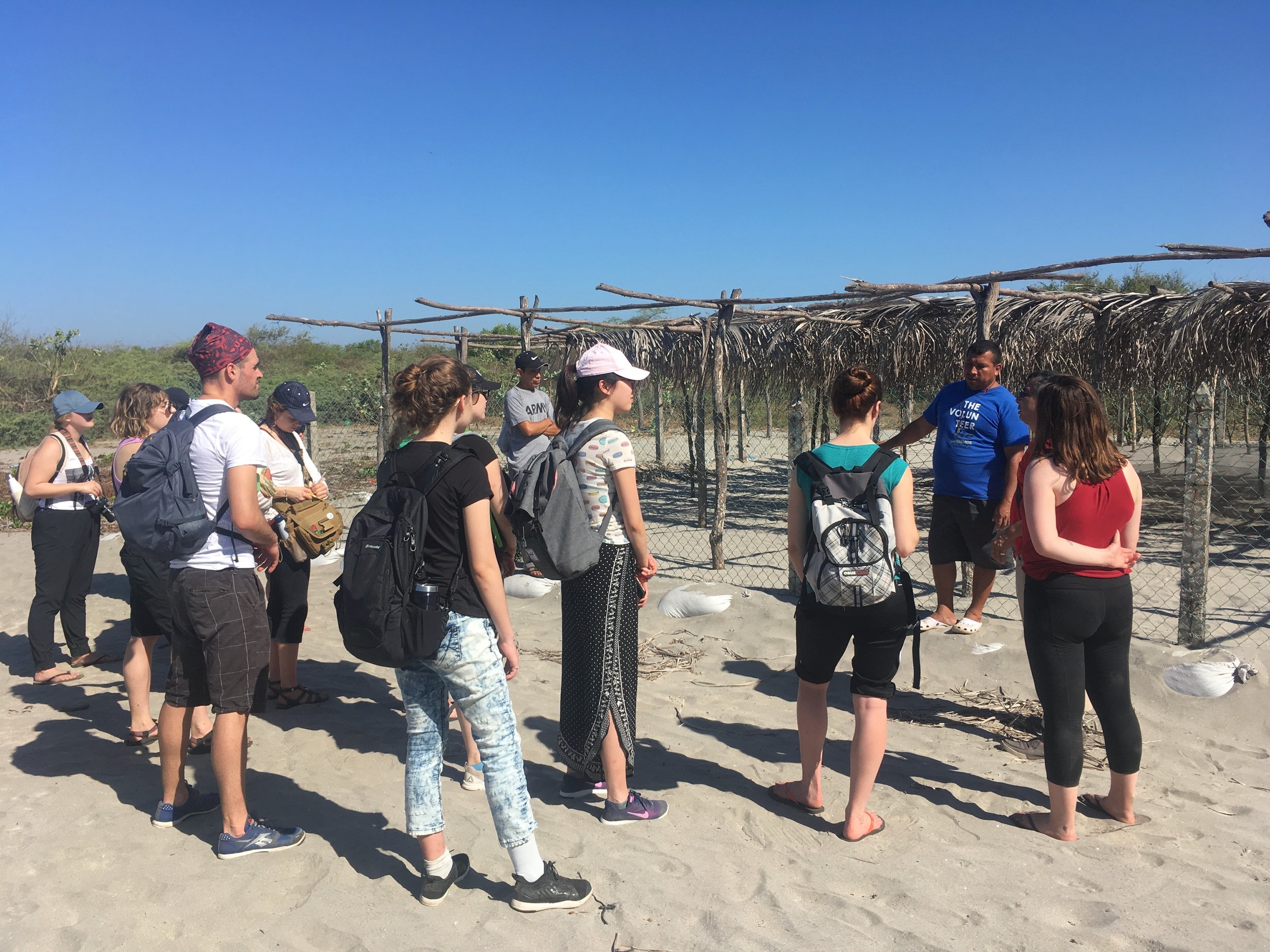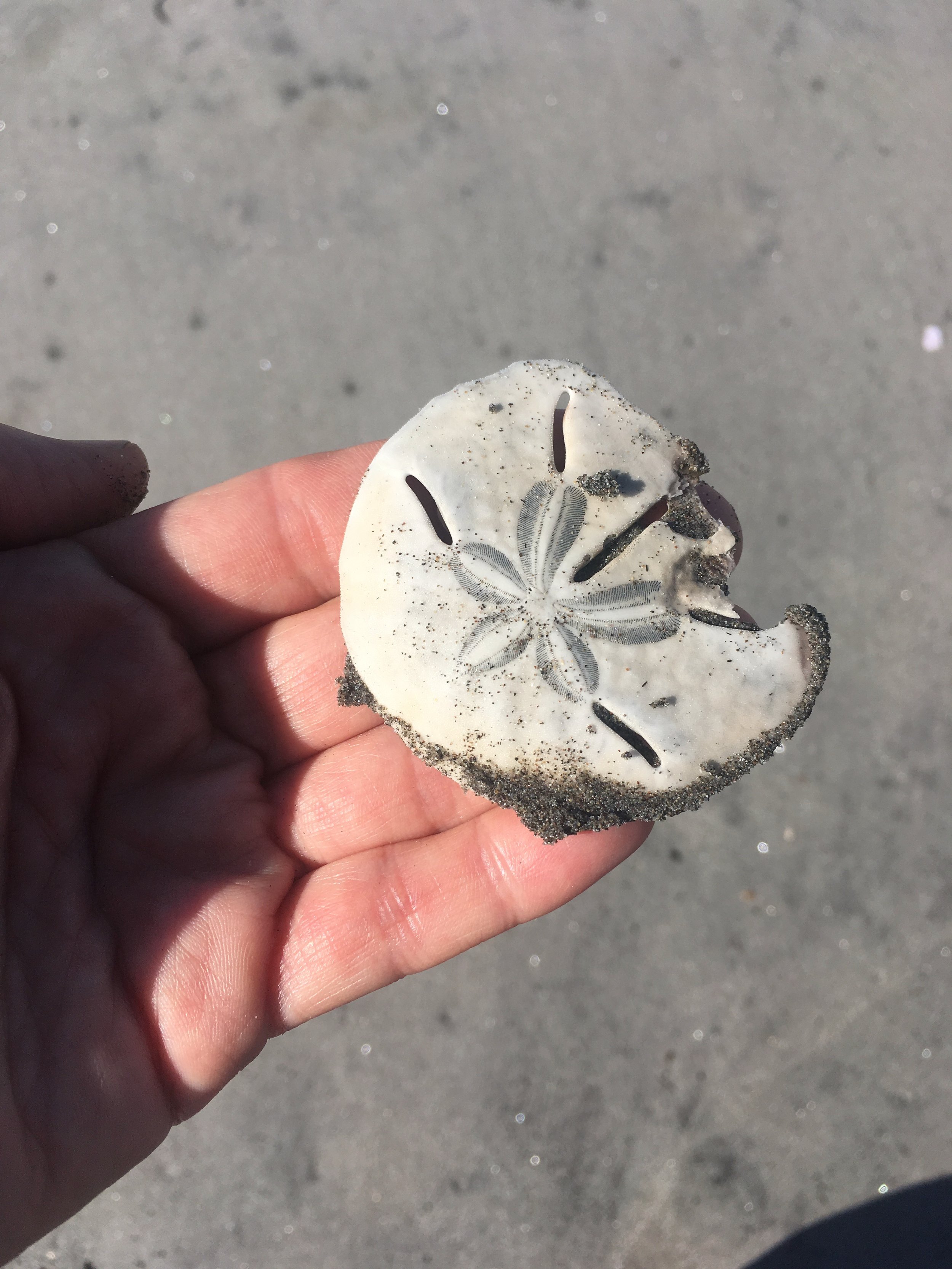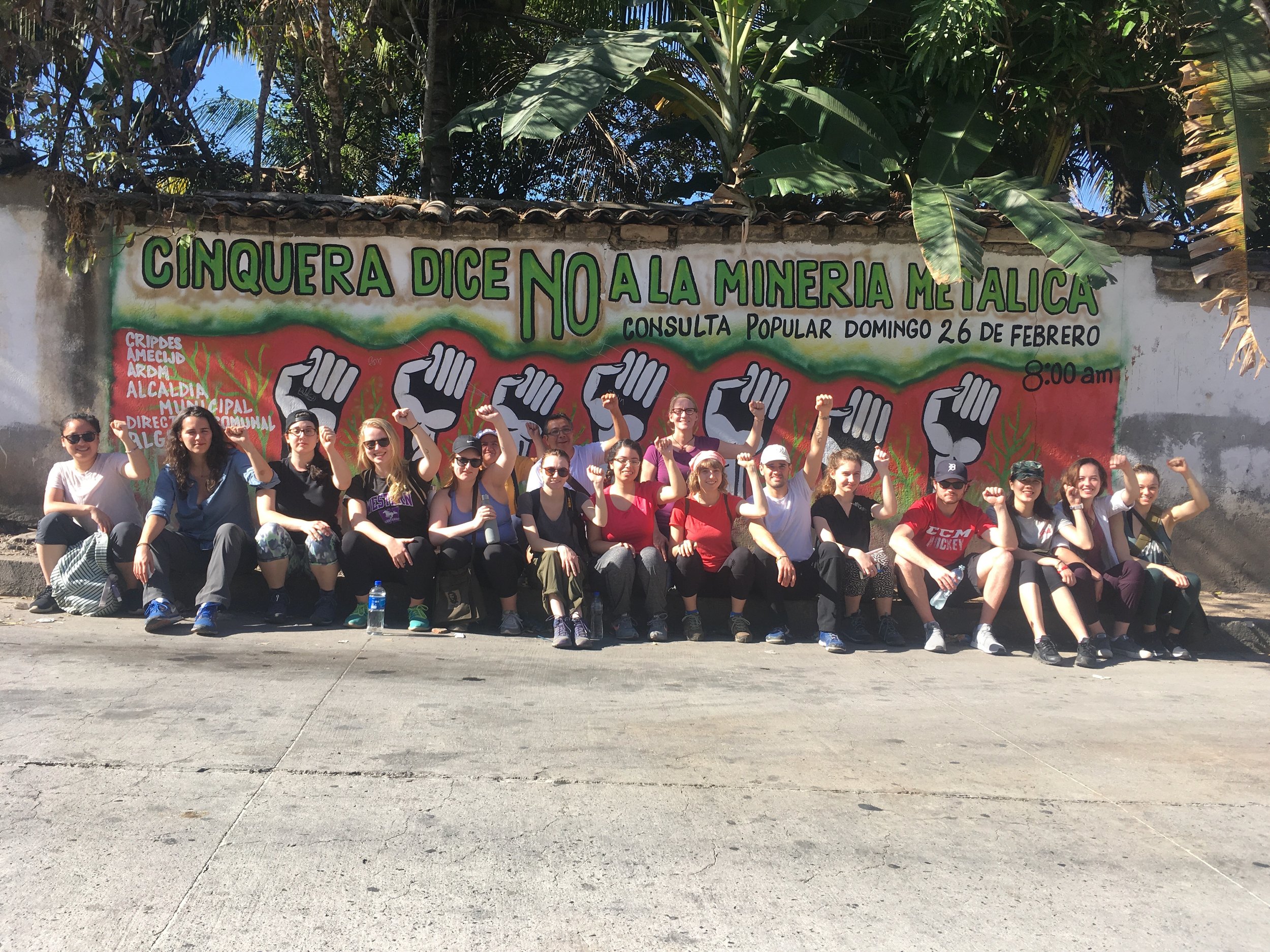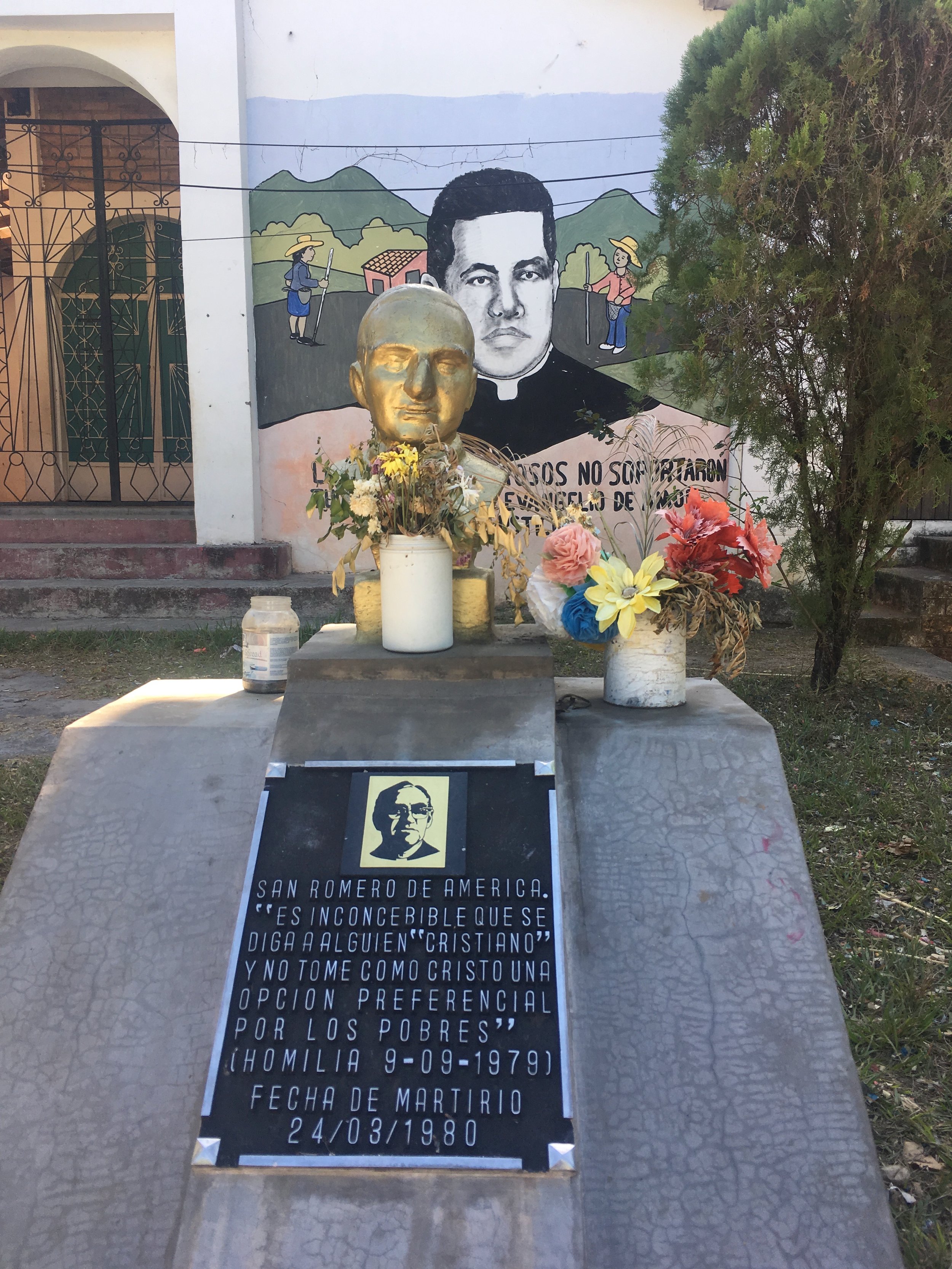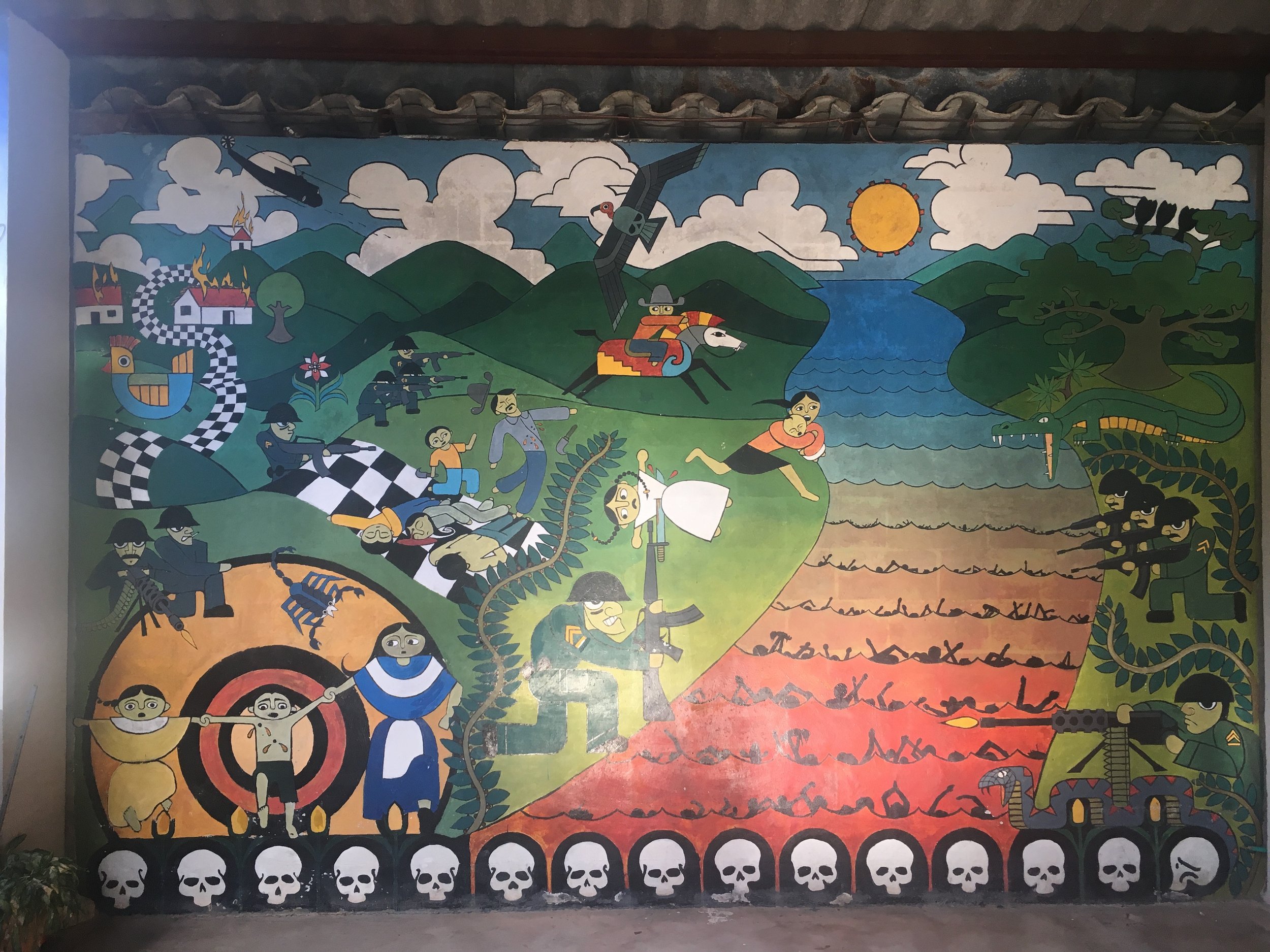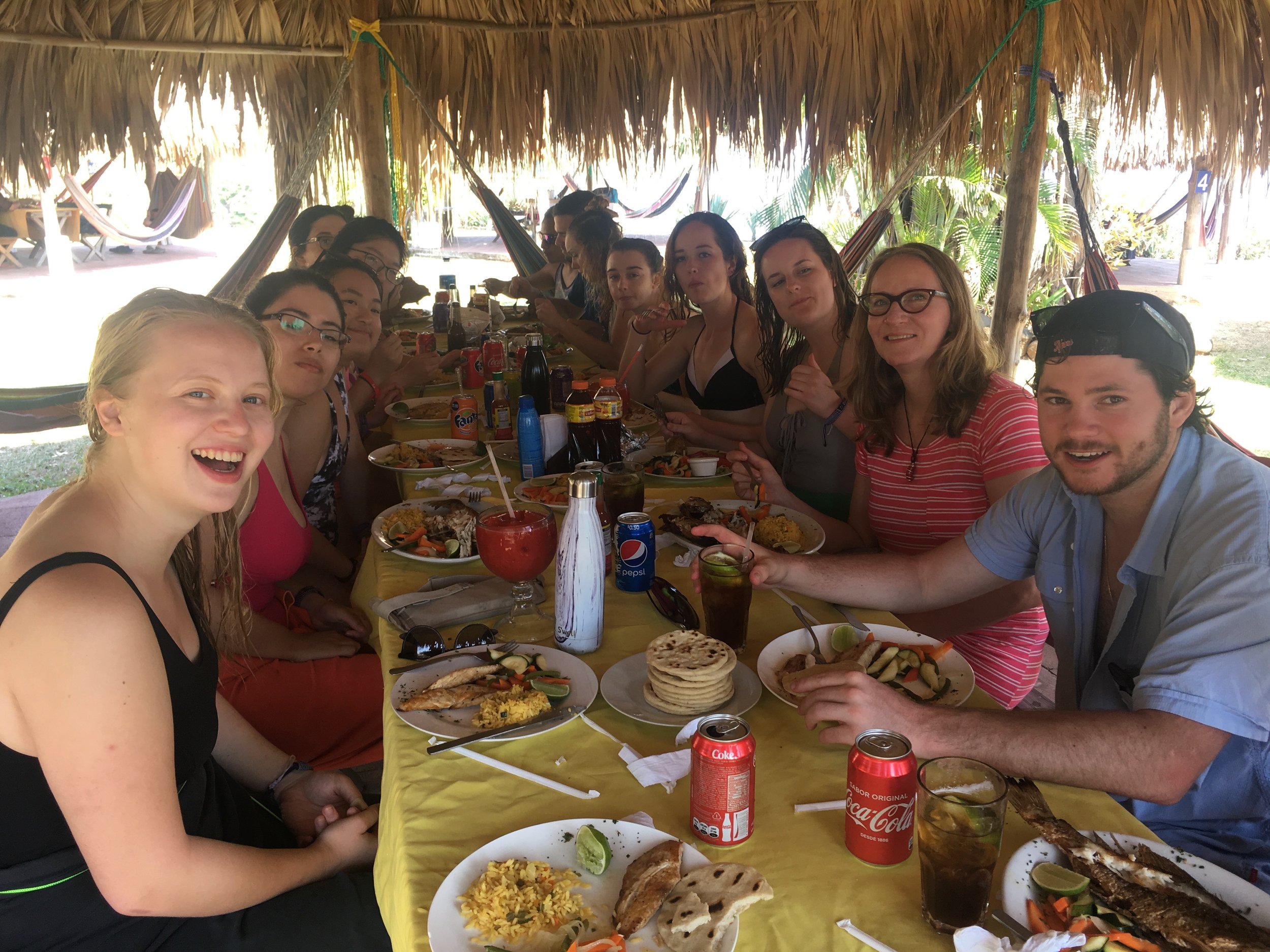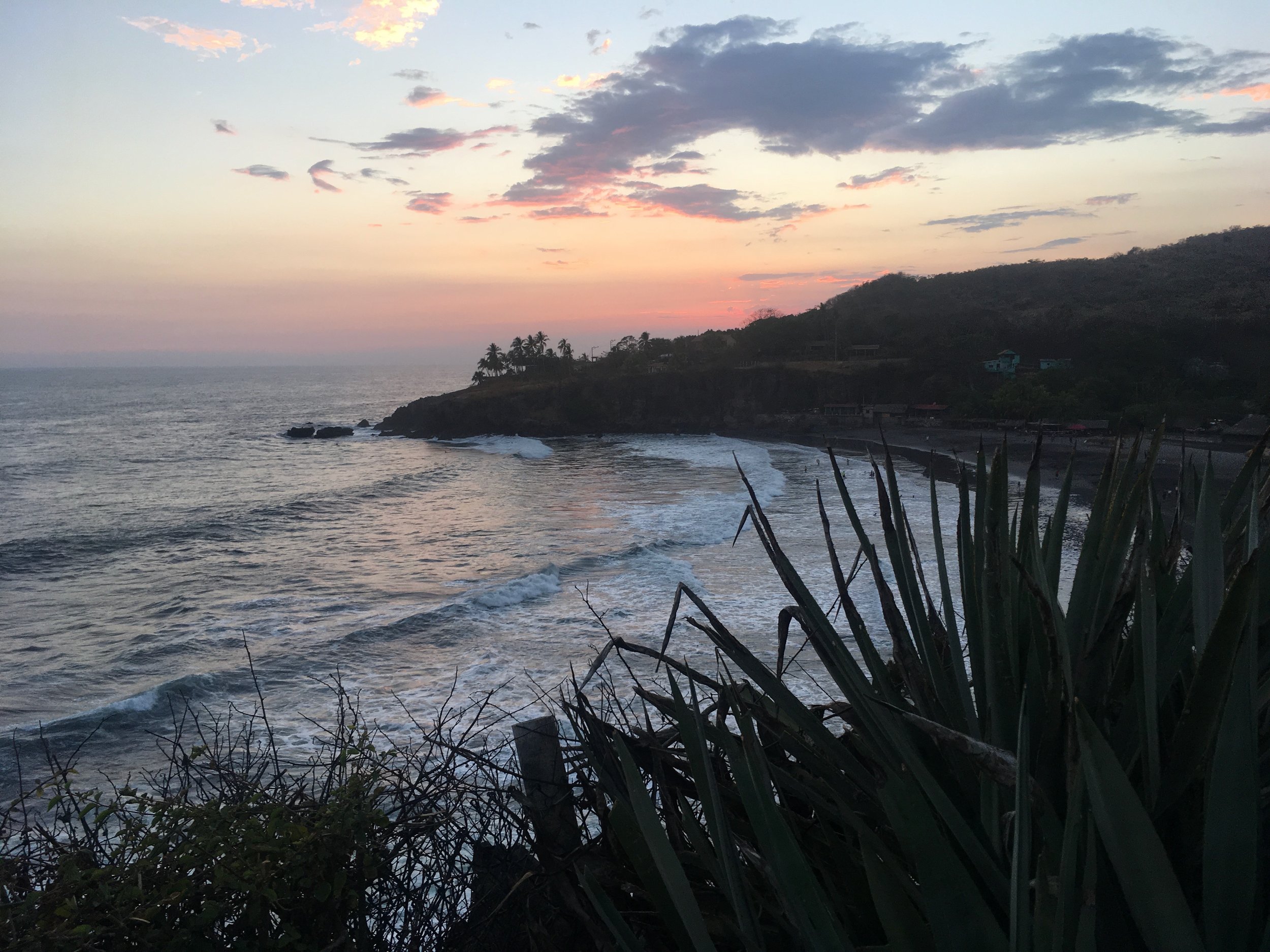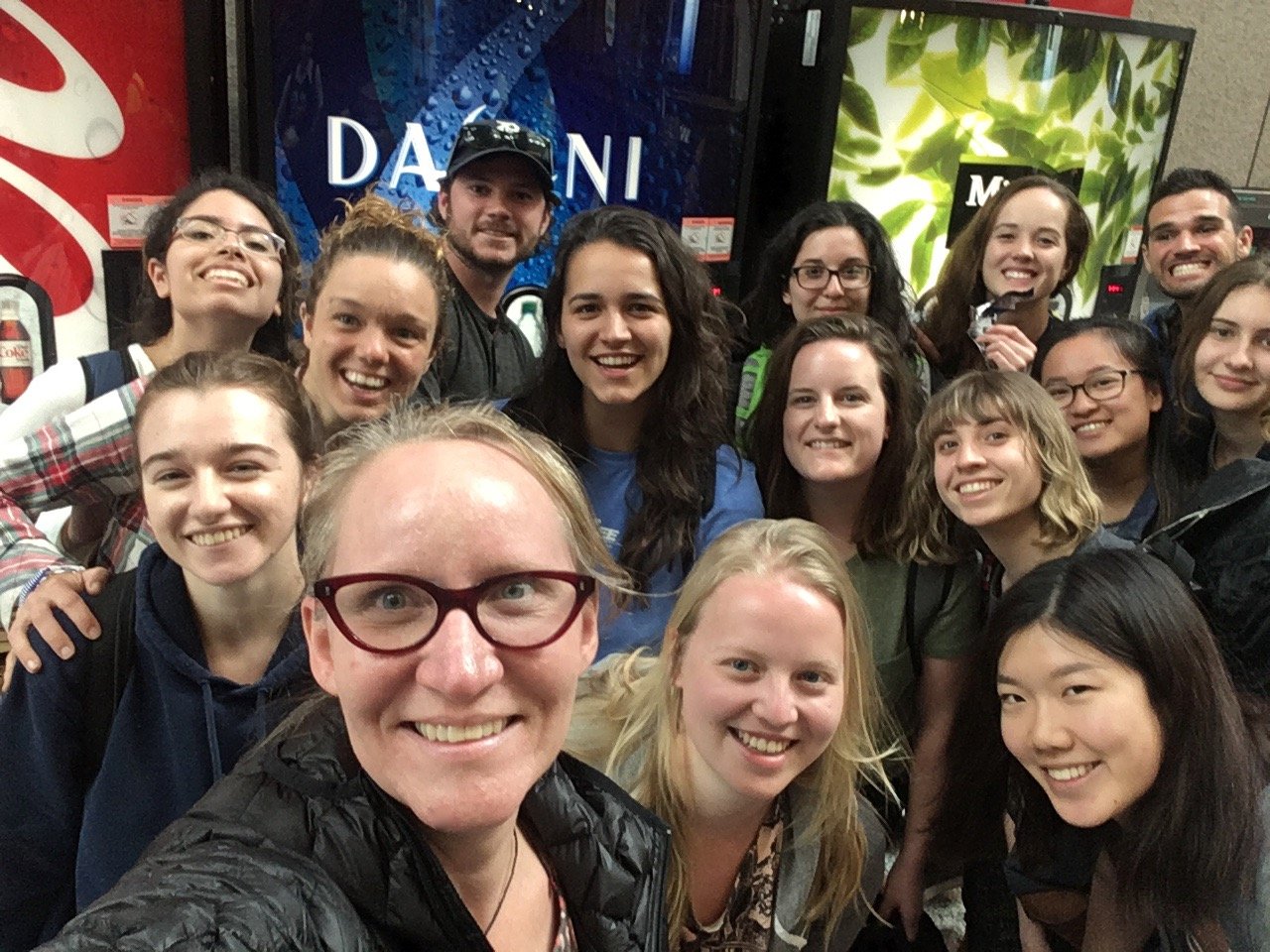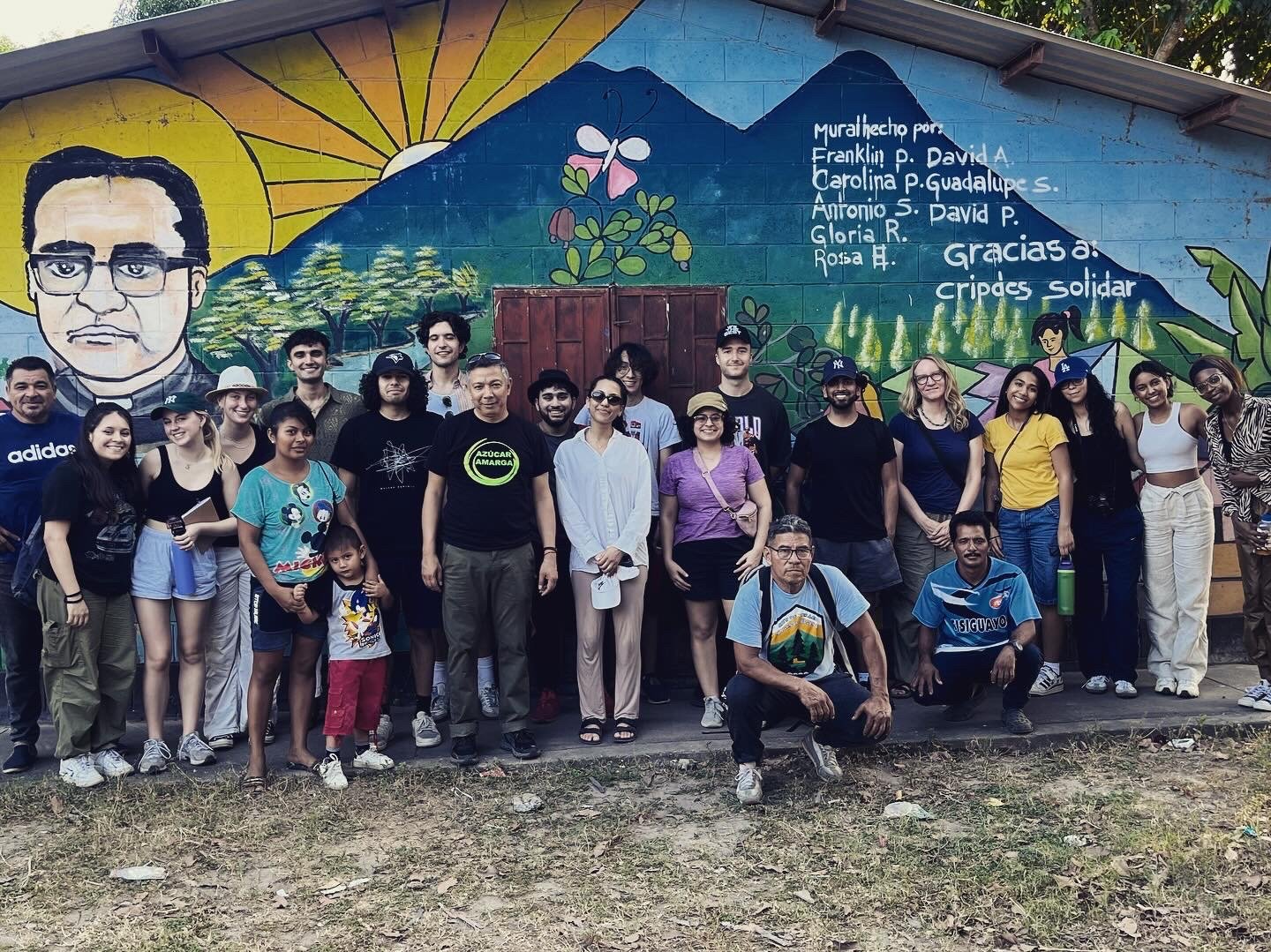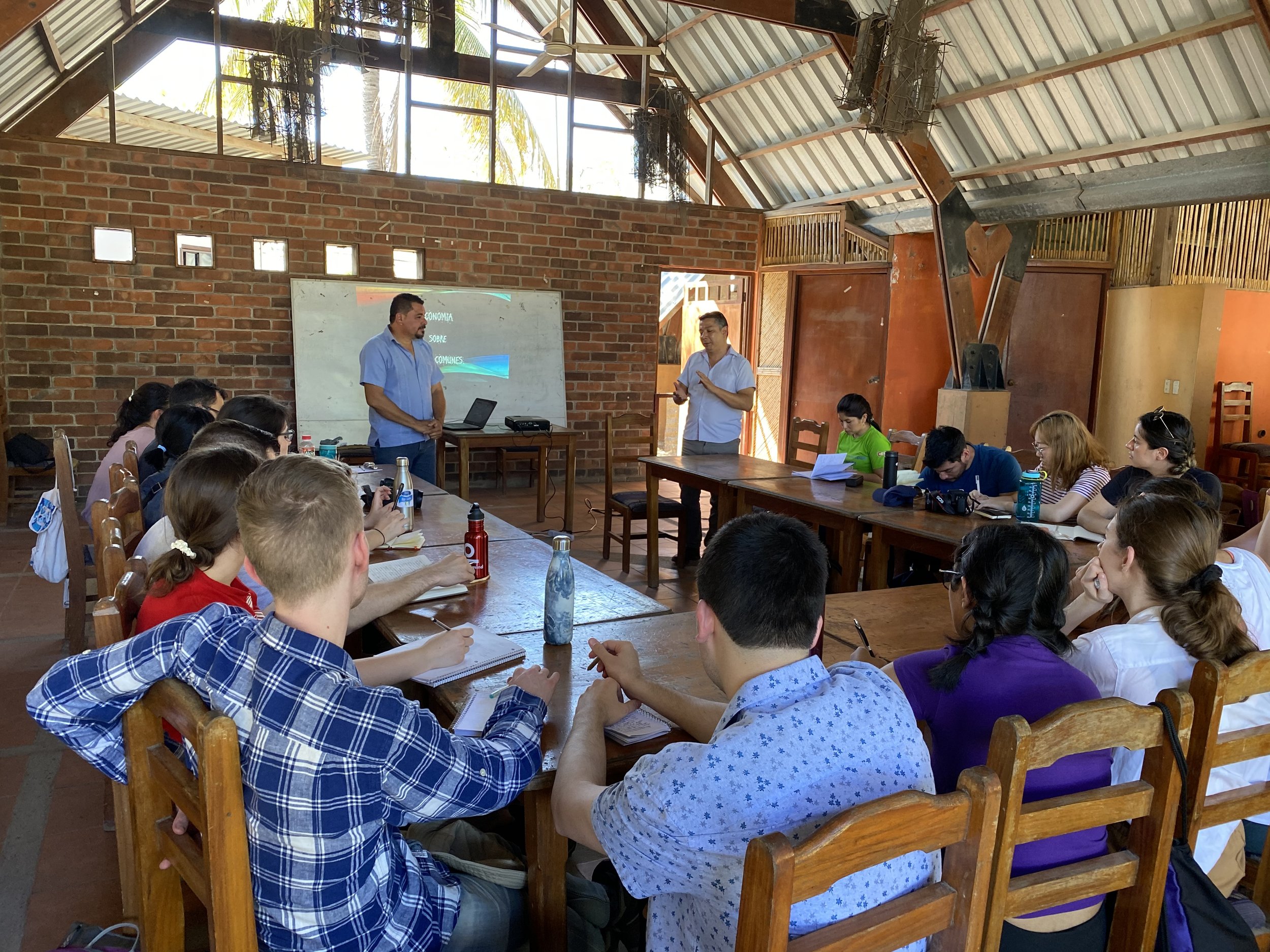Western University Field Course: Environmental Crisis in El Salvador
Co-taught by Surviving Memory in Postwar El Salvador project director, Dr. Amanda Grzyb, and Salvadoran environmental leader and Surviving Memory collaborator, Pedro Cabezas, “MIT 3955: Environmental Crisis in El Salvador” is a 0.5 credit course that focuses on the environmental challenges facing Salvadorans today. It includes 3 preparatory classes, an 8-day field study trip in El Salvador over Western University’s Reading Week, and 2 additional follow-up classes. Grzyb and Cabezas have taught 94 students in 6 iterations of the course, which has run annually since 2017 (with a two-year gap during the pandemic in 2021 and 2022).
Course Description
As the country of El Salvador continues to recover from a long and bloody civil war (1980-1992), a growing body of scientific evidence suggests that it could be heading towards an environmental crisis if drastic measures are not taken to reverse degradation caused by pollution, deforestation and the chronic dependence on carbon fuels, pesticides and other agro-toxics. This course examines the intersections between the historical memory of the war, popular political organizing, and contemporary environmental social movements. As community groups work to commemorate wartime massacres, strengthen democratic processes, and maintain control of their territories, they also face environmental threats ranging from the incursion of multinational mining companies to the privatization of water.
The perspectives for environmental recovery are challenging. With a territorial extension of only 20-thousand square kilometers, El Salvador is the smallest country in Central America and the most densely populated country in the hemisphere. The national levels of soil erosion are high due to its geographic location and the fact that more than 90% of the national territory is deforested. In 2010, a water quality study on surface water resources conducted by the Ministerio de Medio Ambiente y Recursos Naturales [Ministry of the Environment and Natural Resources (MARN)] concluded that only 2% of the country`s surface water is fit for human consumption and for the growth of aquatic life. The country placed number four in a 2012 report by German Watch of the 10 countries most affected by climate change. The report further claims that El Salvador is regularly featured on the list due to its frequent exposure to the impacts of the Atlantic hurricane season. Another report by the Global Facility for Disaster Reduction and Recovery claims that almost 90% of the national territory of El Salvador is presently at risk to extreme weather phenomena, 95% of the population live in risk zones, and 96% of Salvadoran gross domestic product (GDP) is produced in risk zones. Salvadoran government authorities have taken notice of the crisis and have begun to take measures to foster long term sustainability, but with an economy crippled by inequality, unemployment, codependence on foreign aid, globalized markets, and the legacy of a violent past, environmental conflicts threaten to bring further instability to the country.
“MIT 3955: Environmental Crisis in El Salvador” is a unique international educational opportunity that provides students with the possibility to complete intensive background reading for five weeks, followed by a week-long trip to El Salvador to learn directly from Salvadoran community leaders at the forefront of the struggle for environmental justice and the preservation of historical memory.

Winter 2024
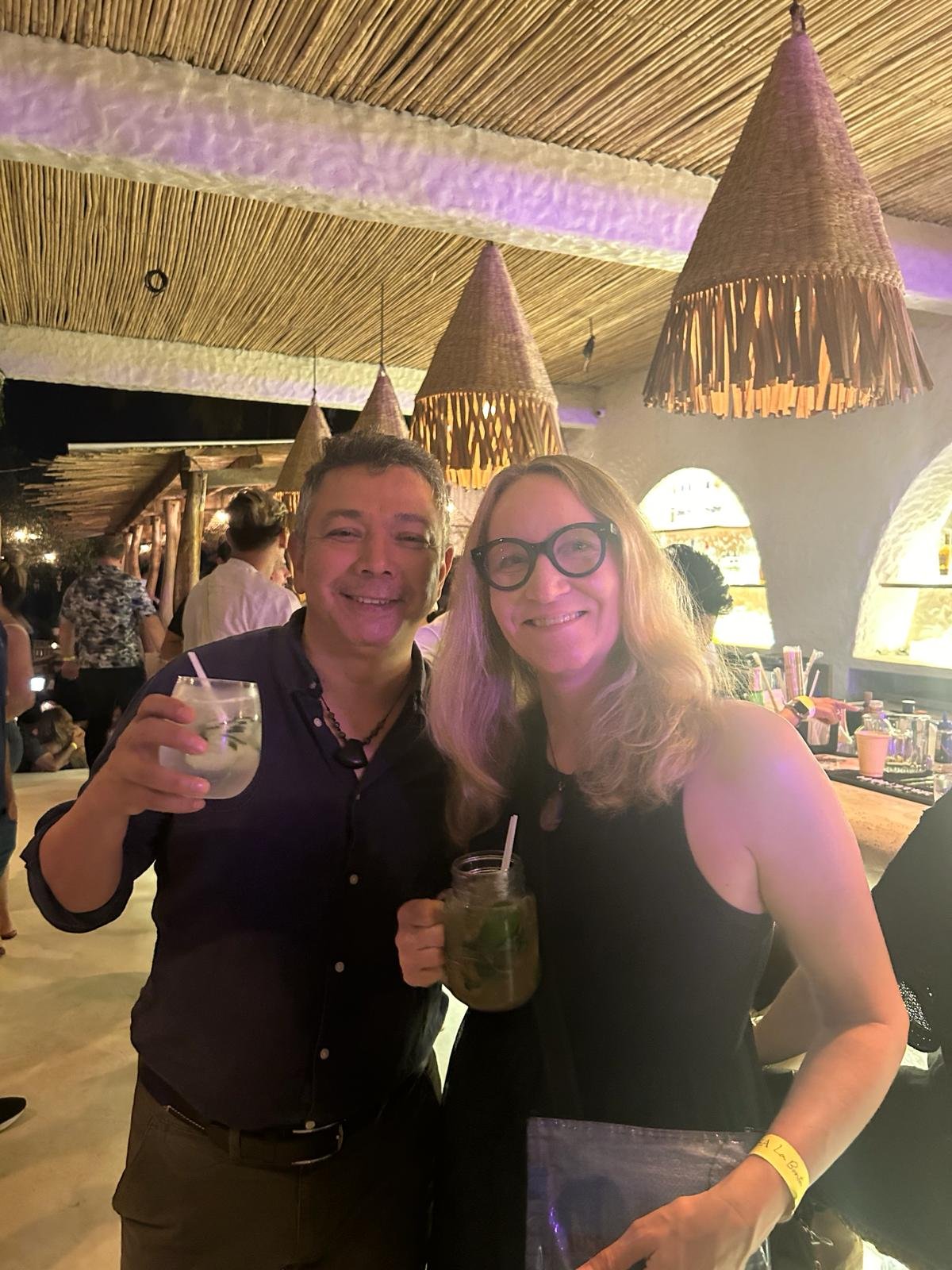
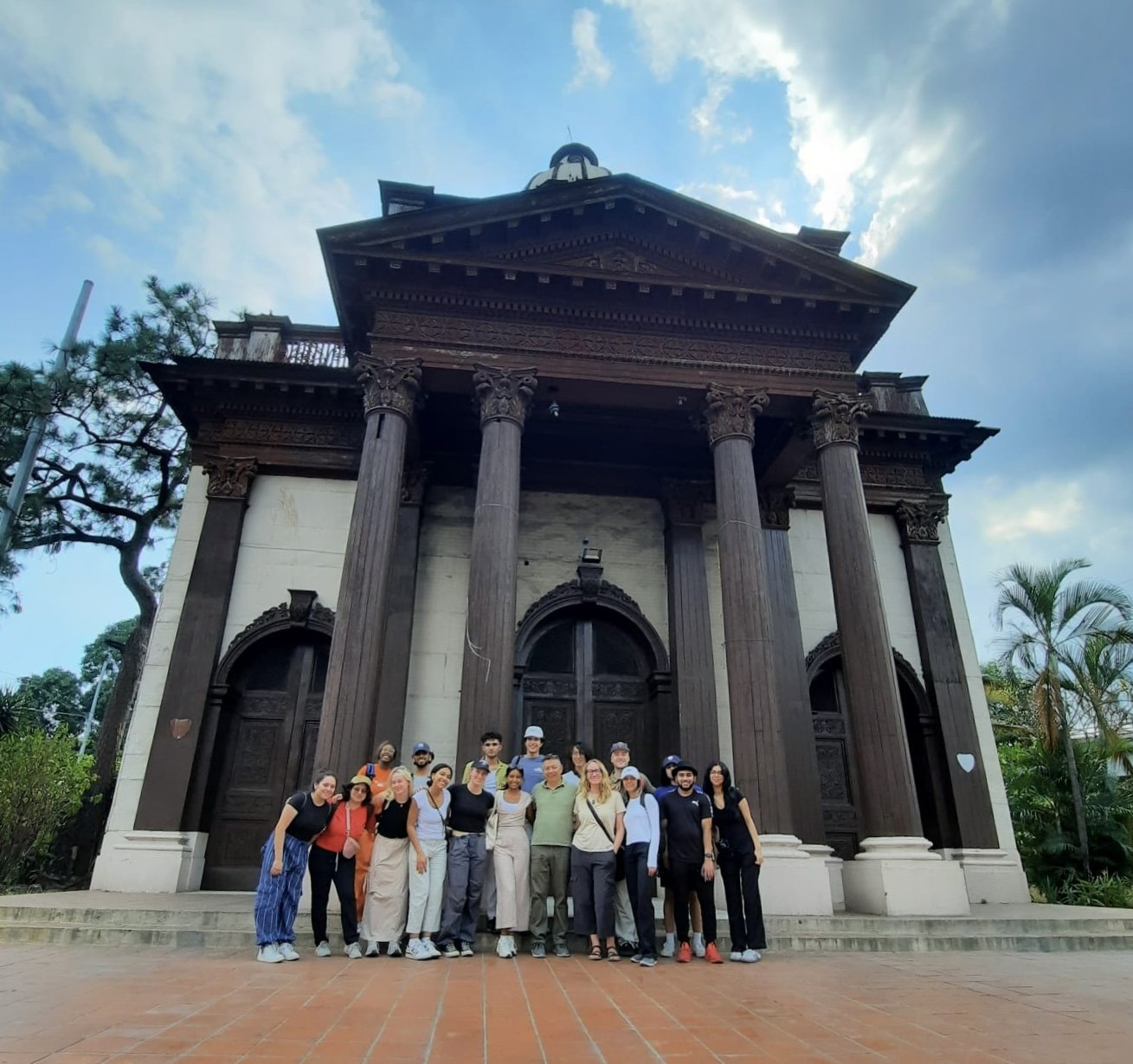
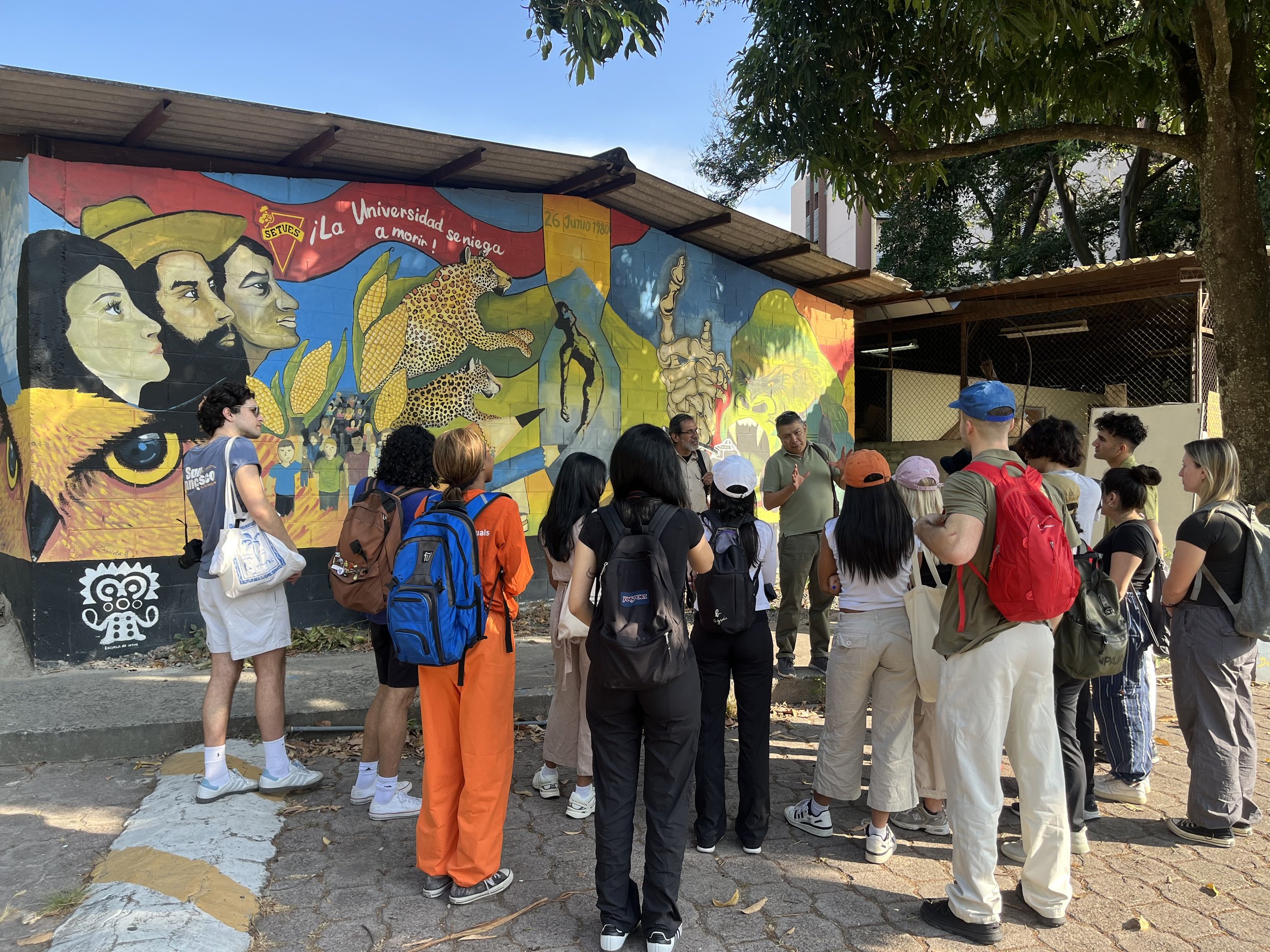
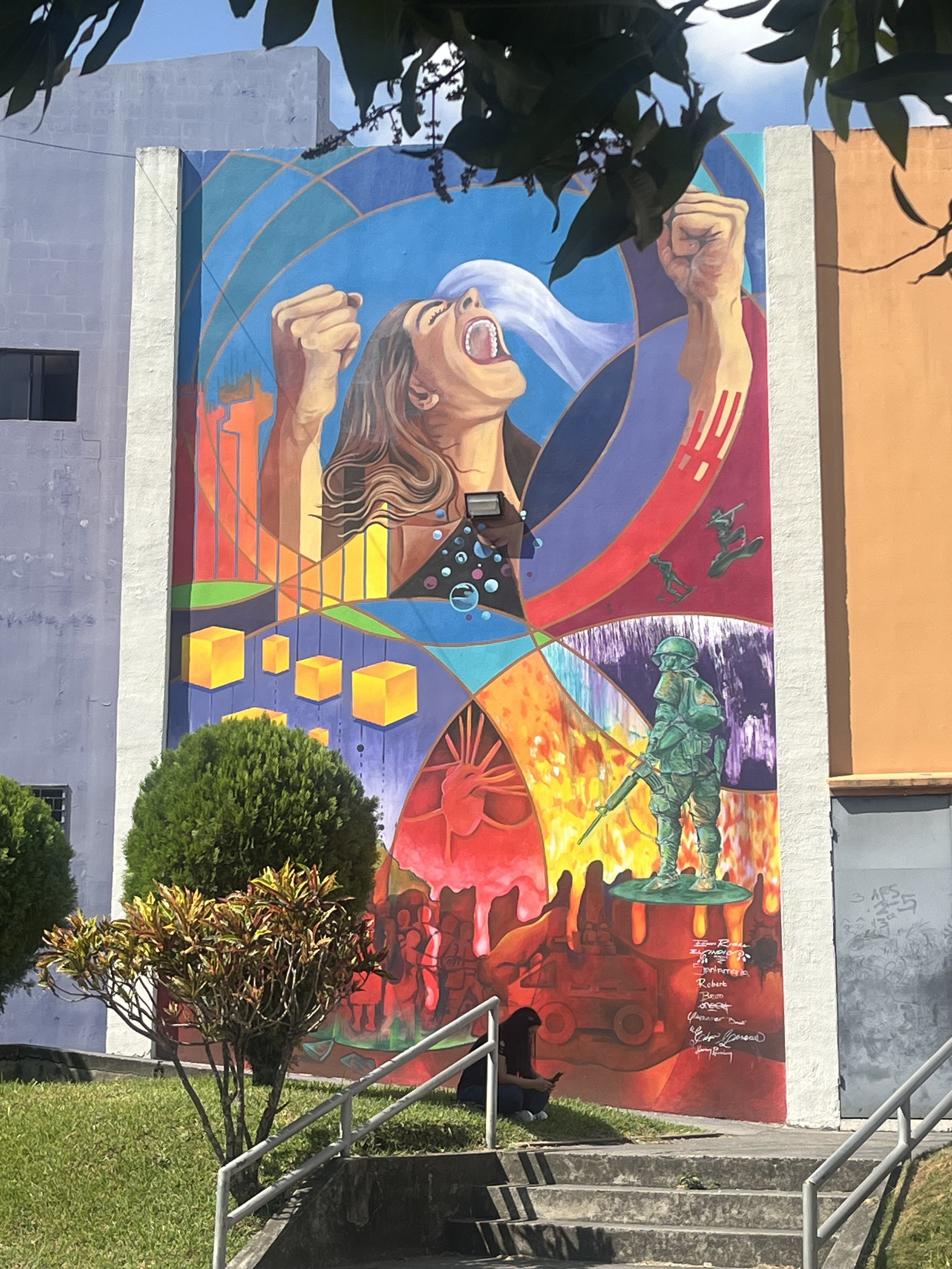
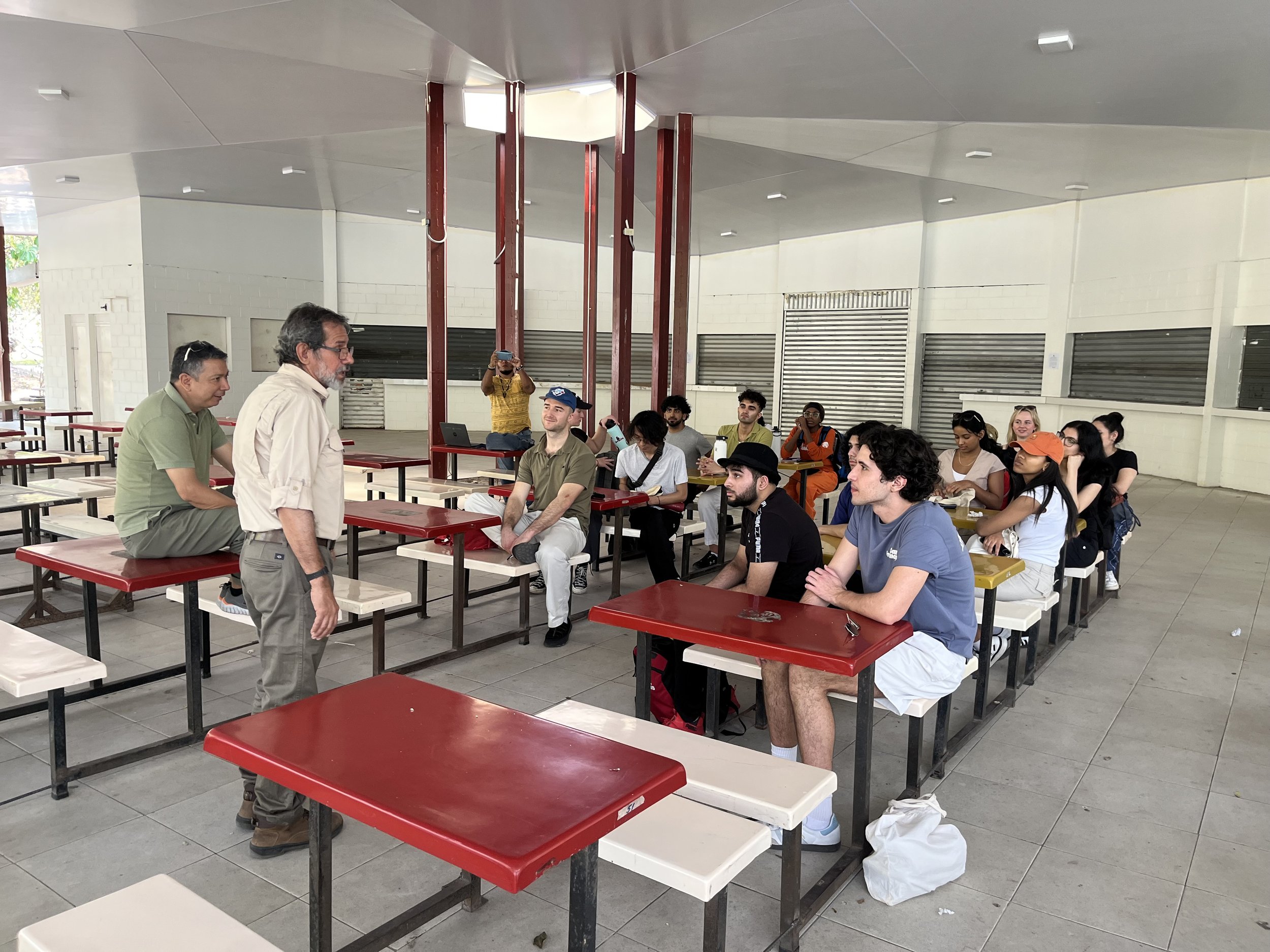
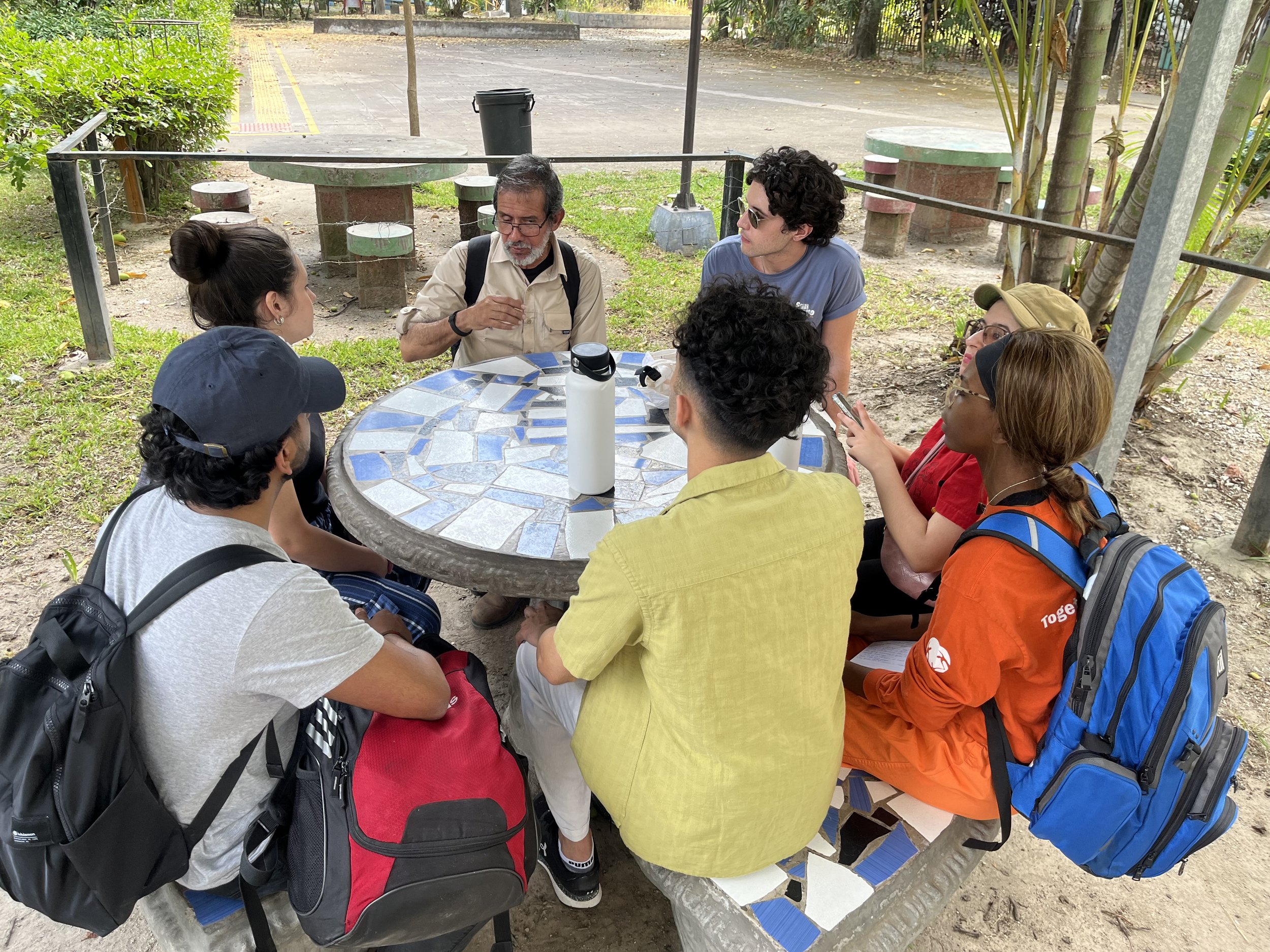
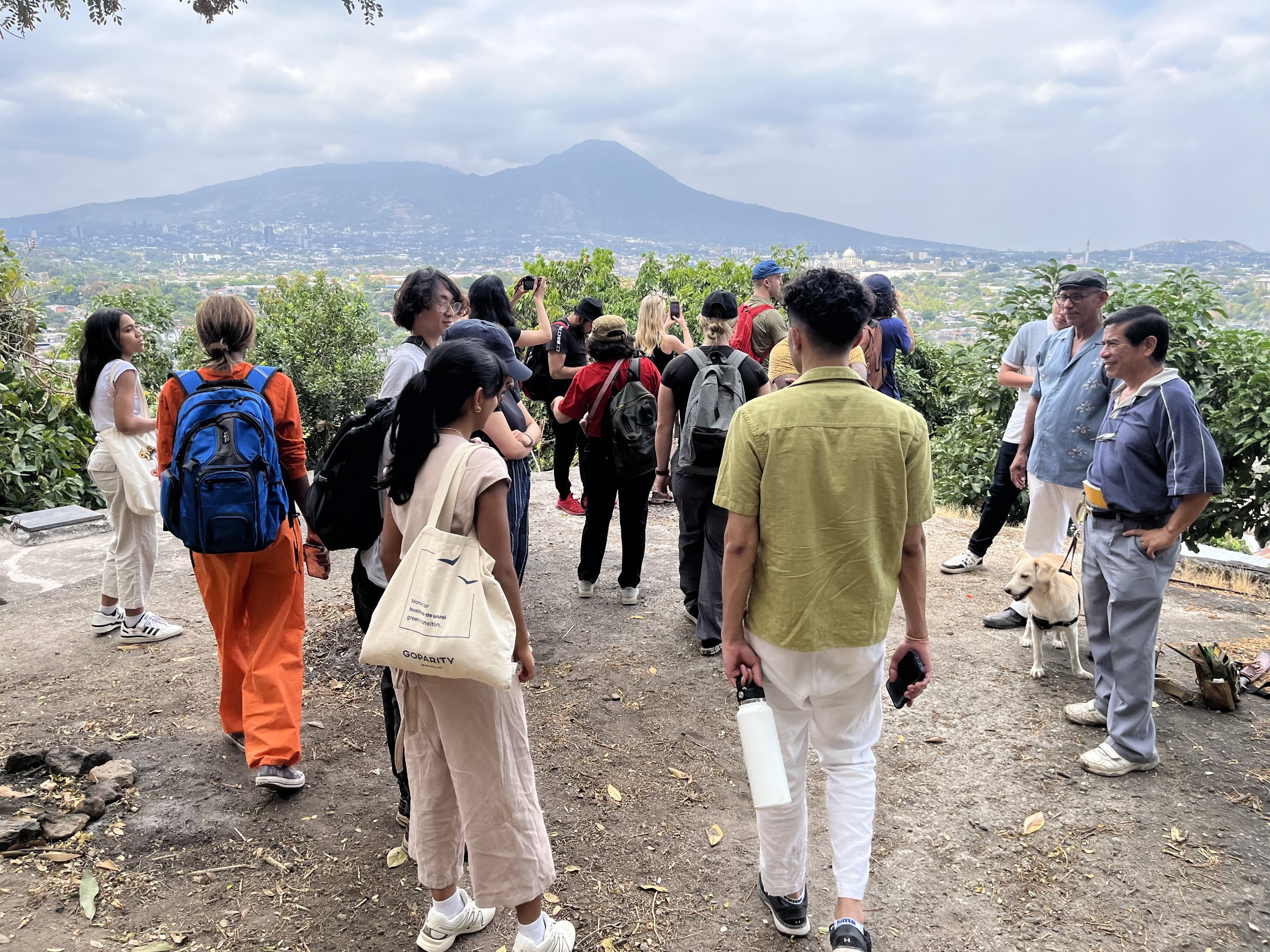
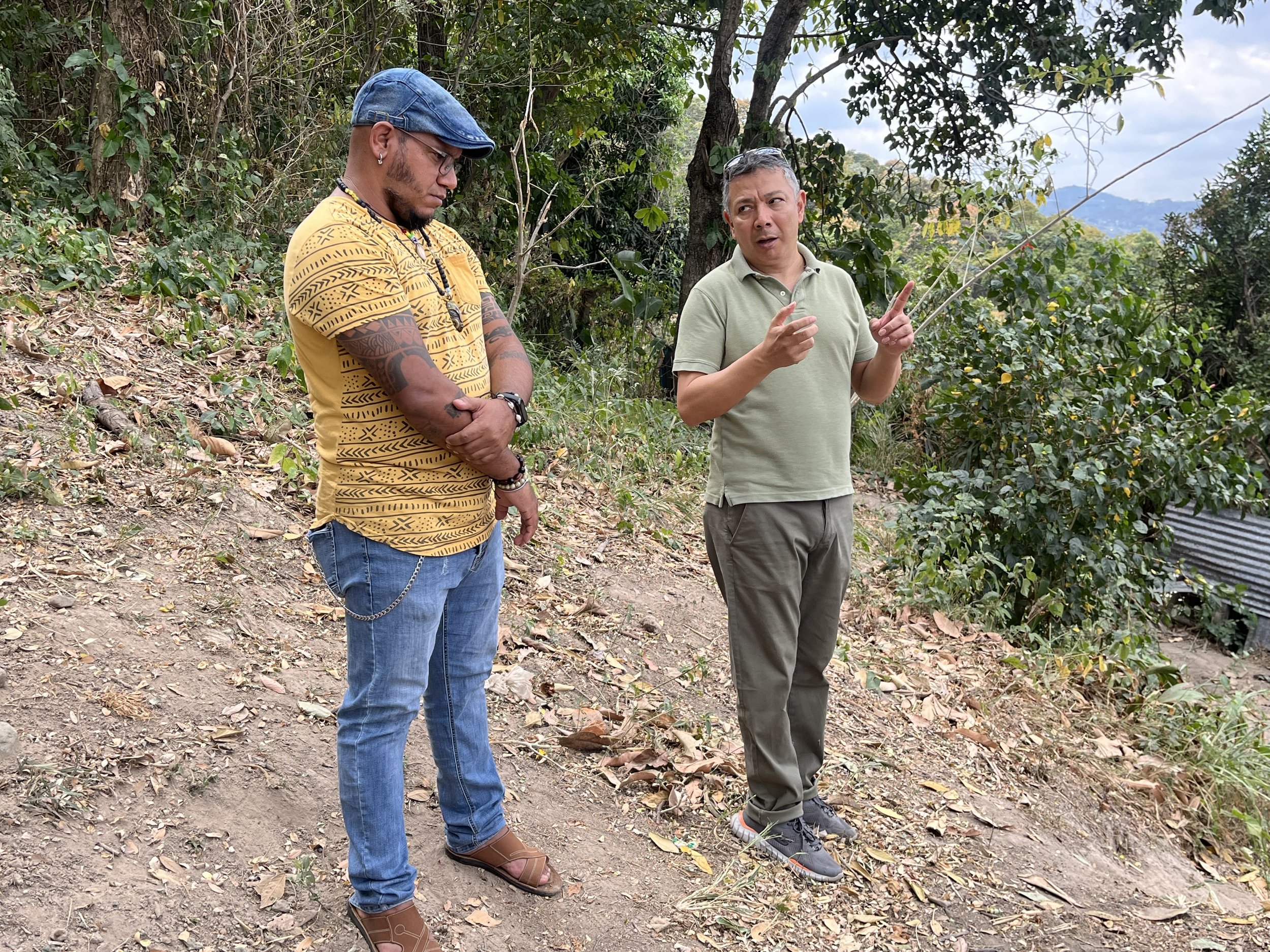
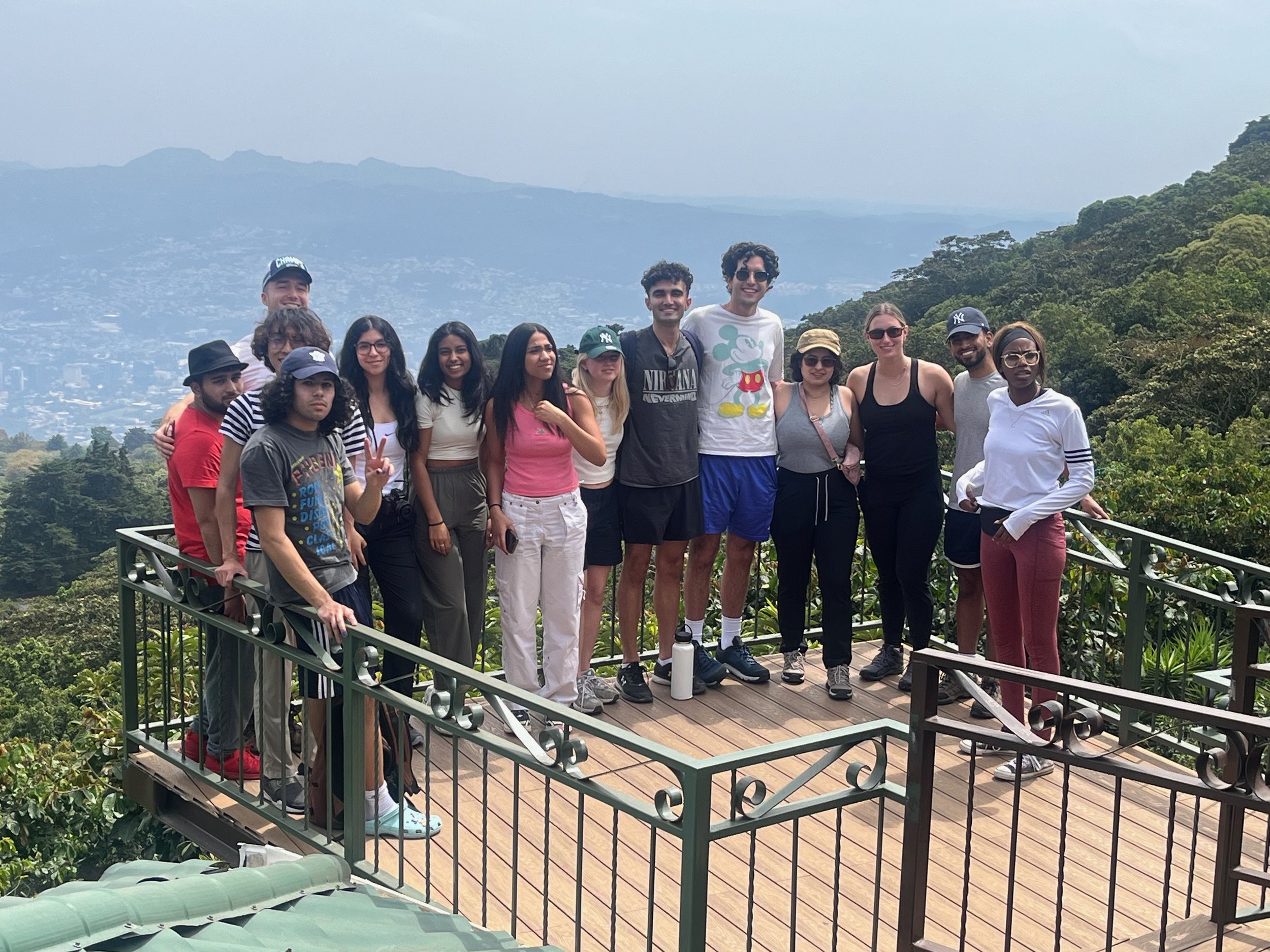
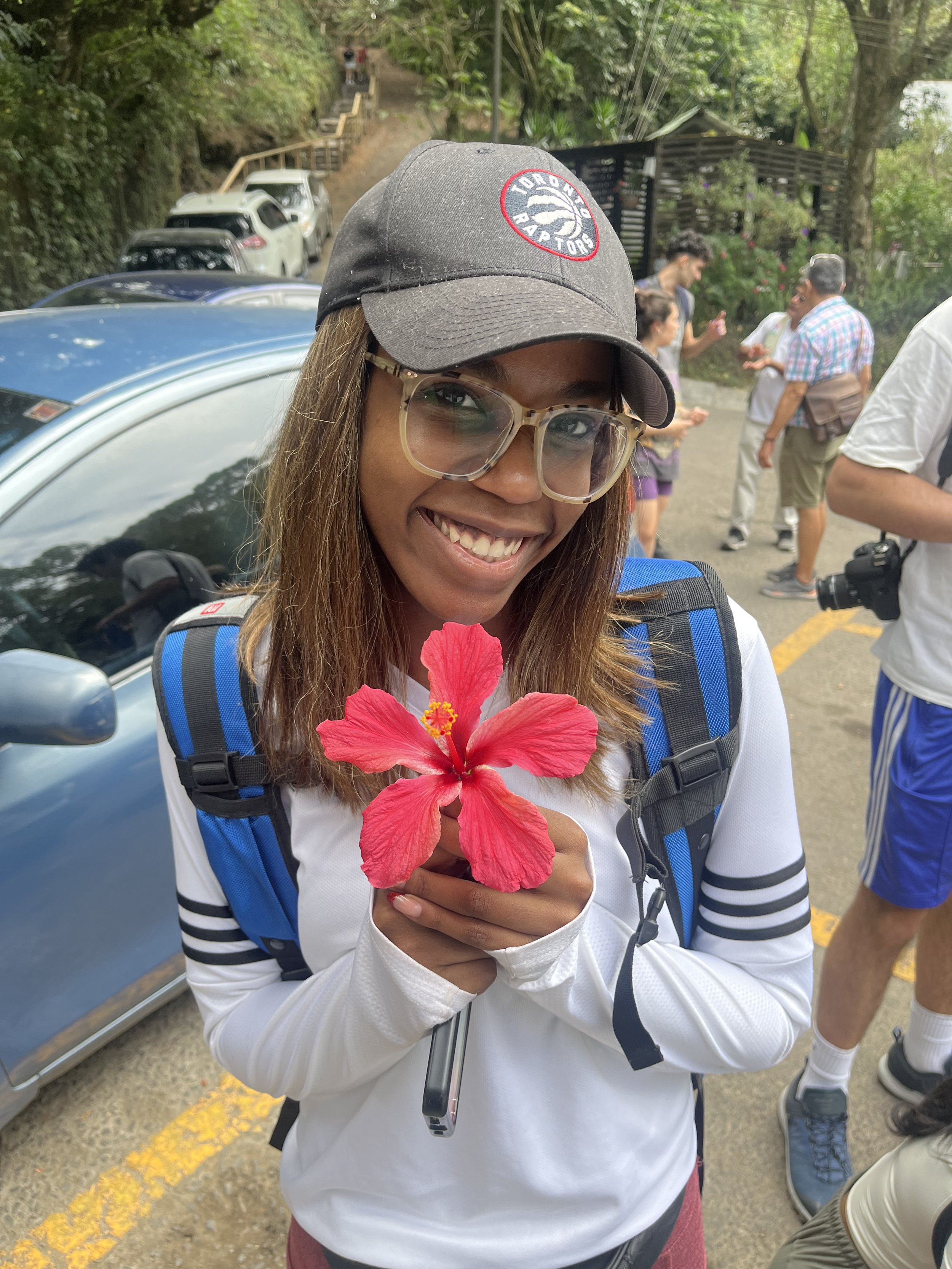
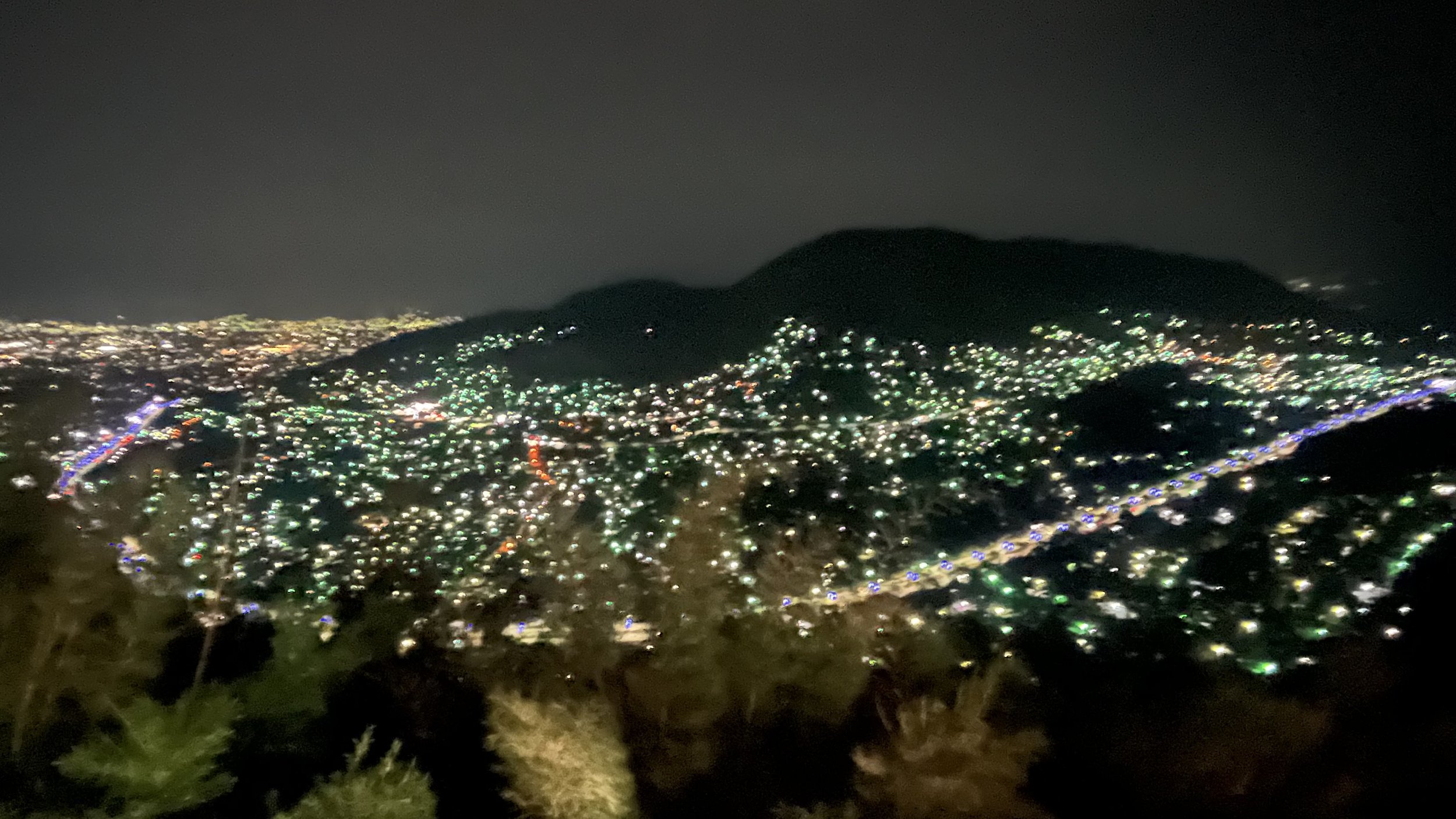
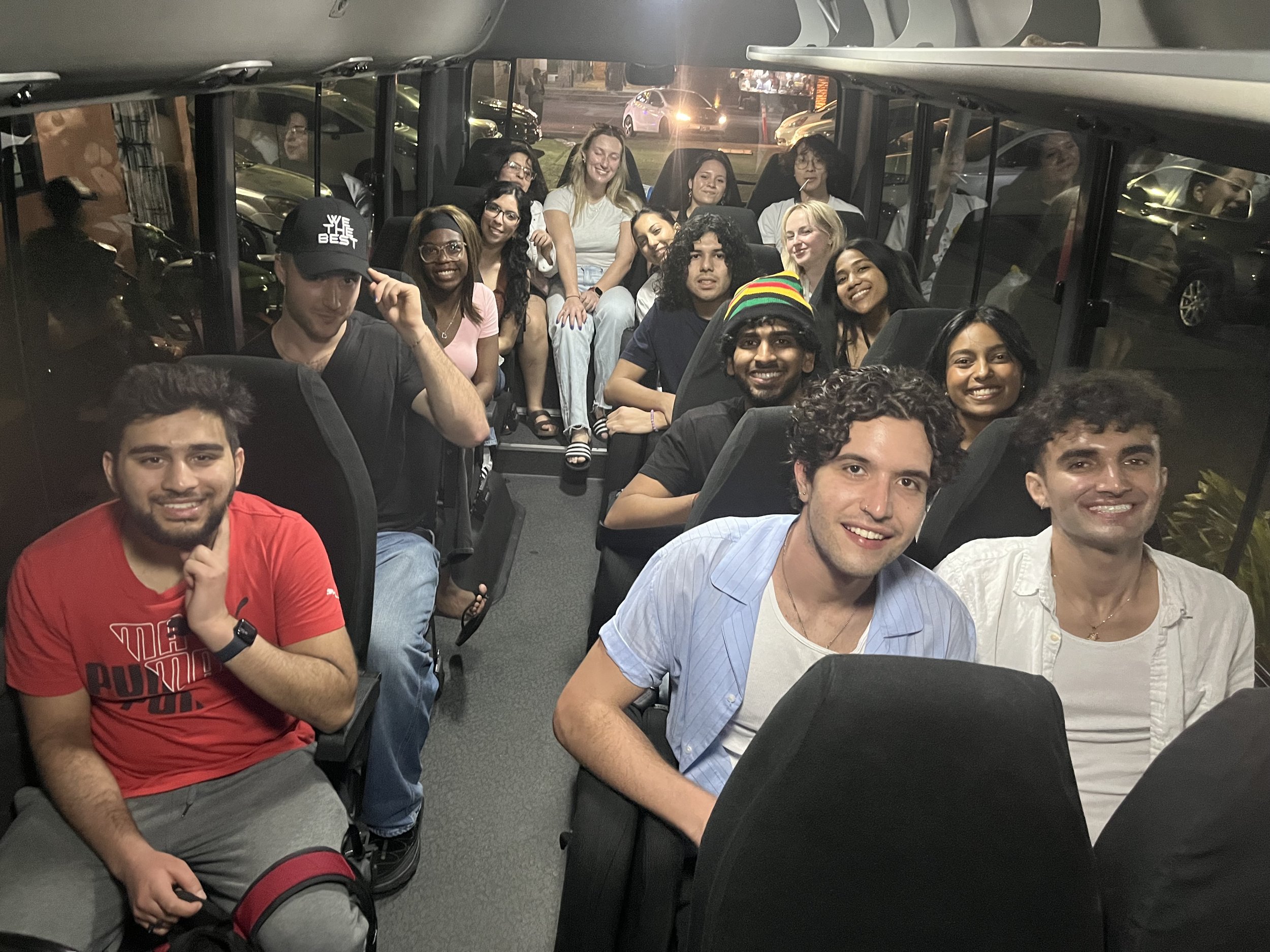

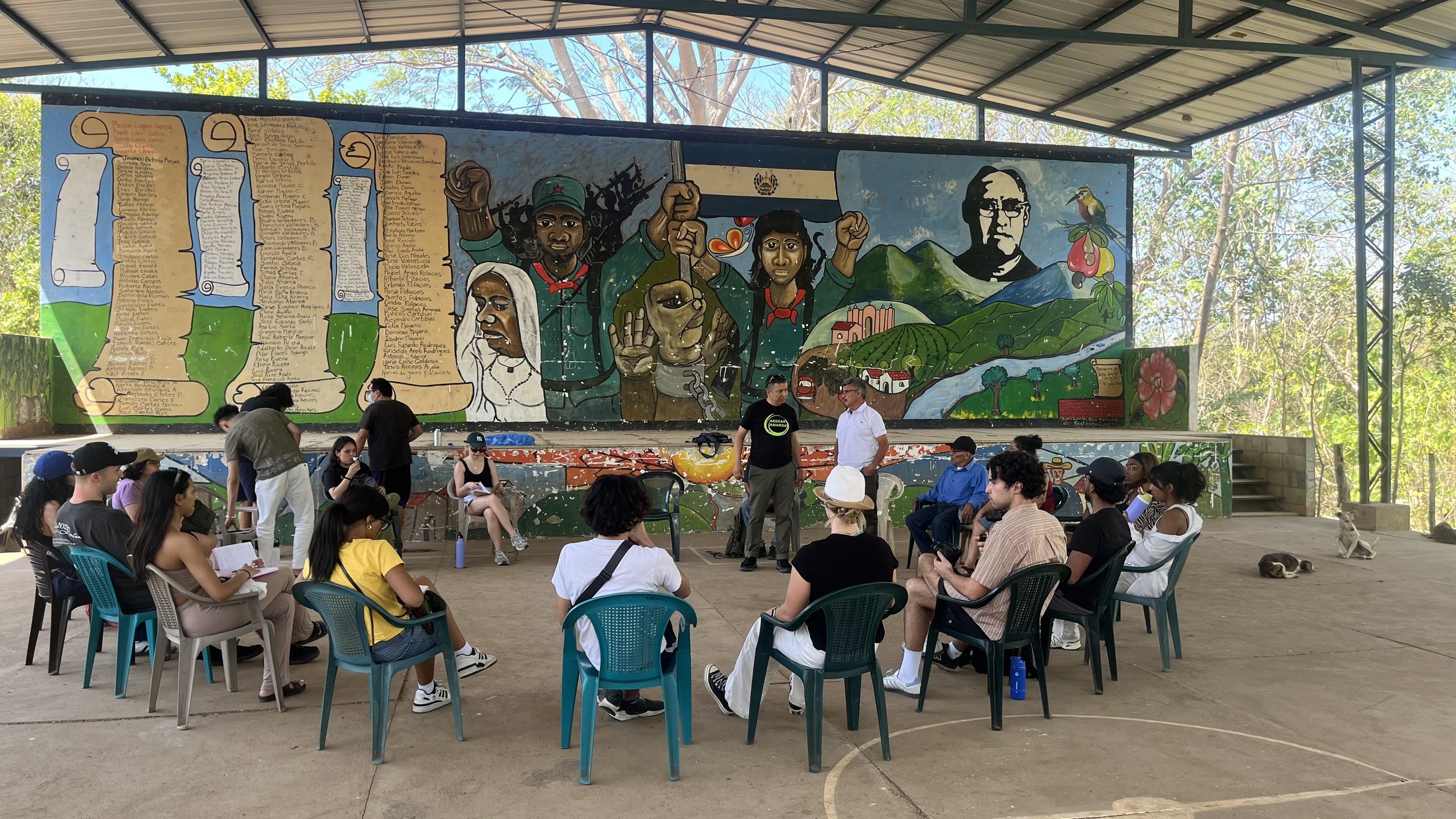
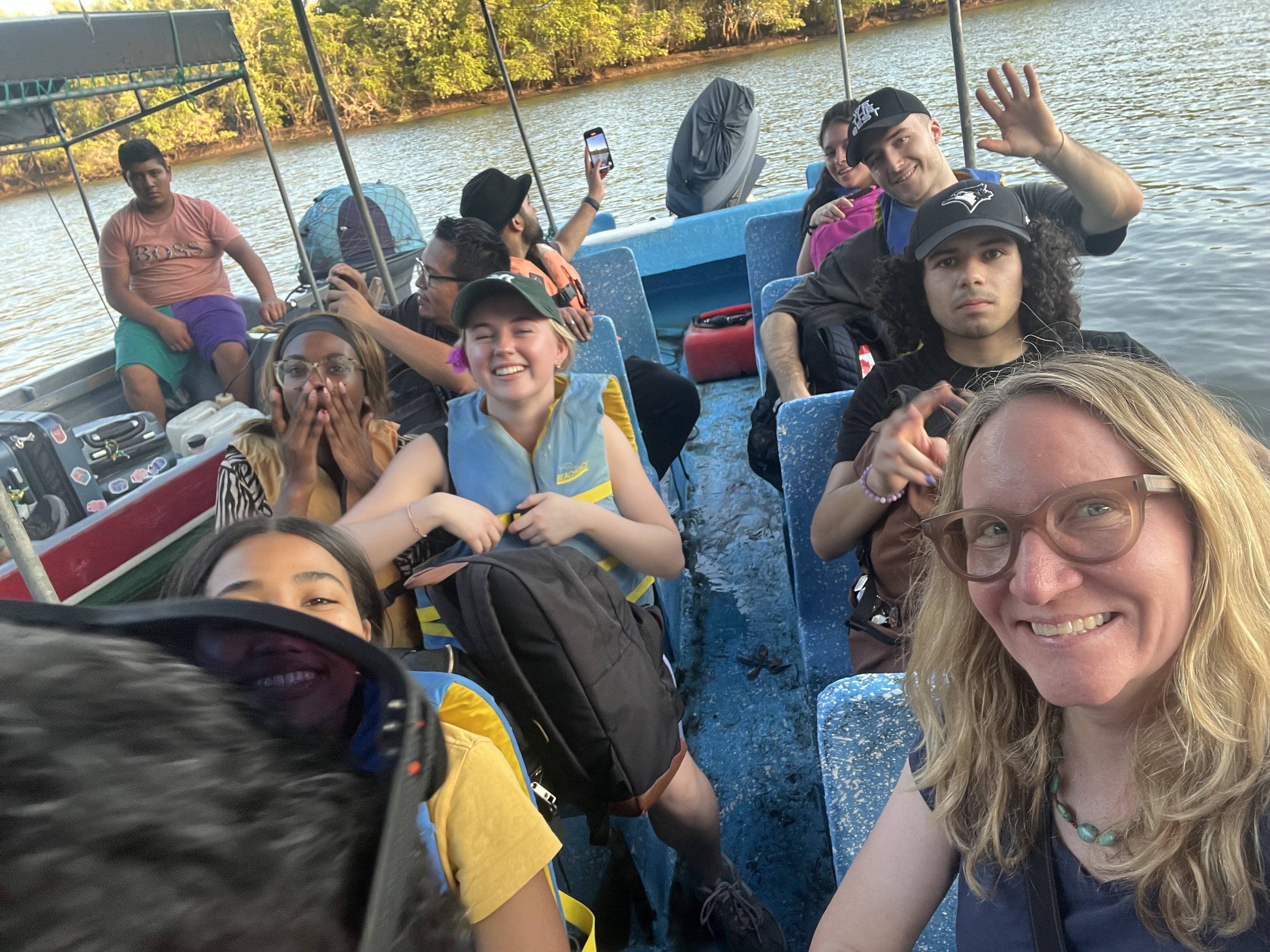
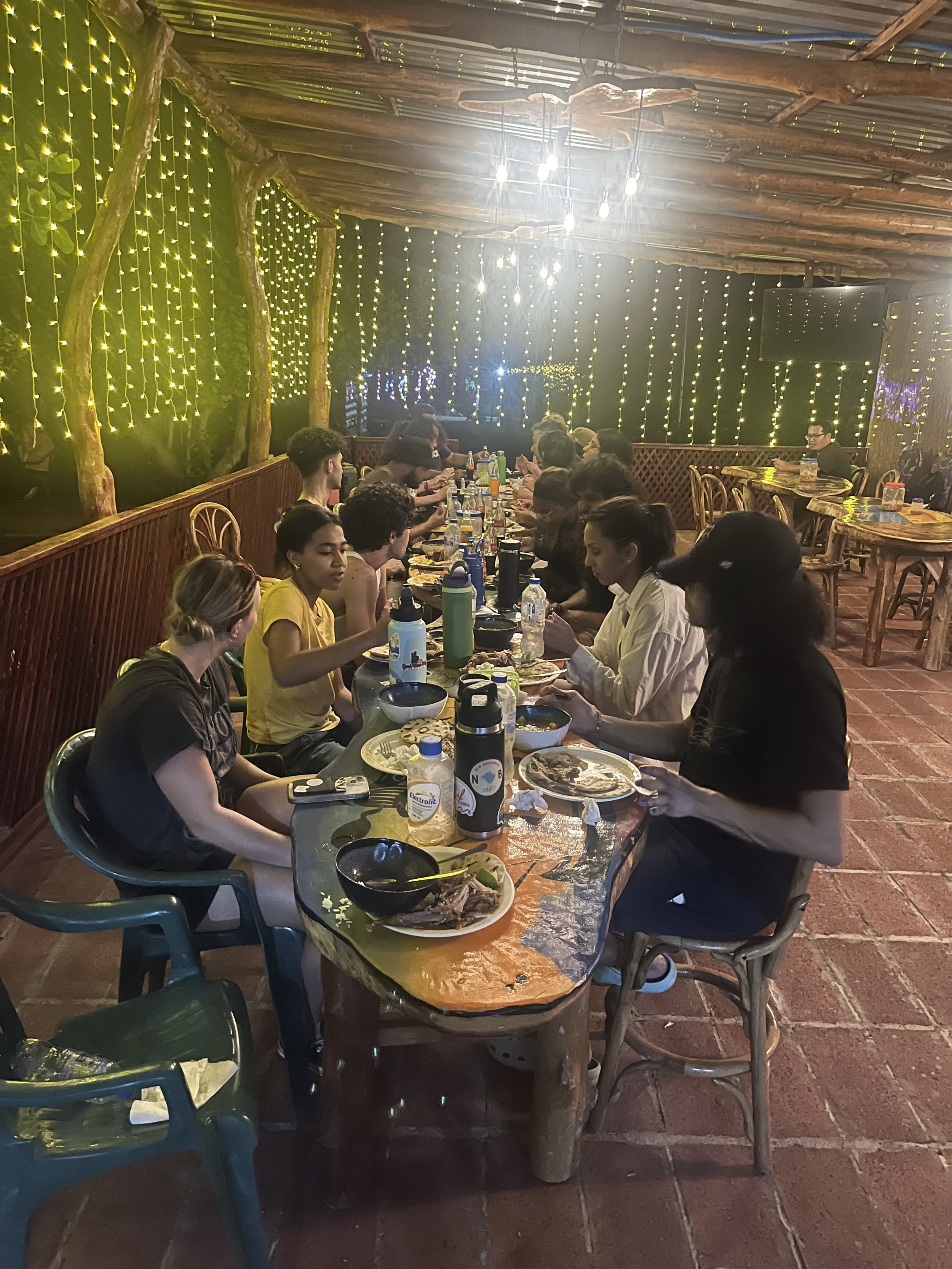
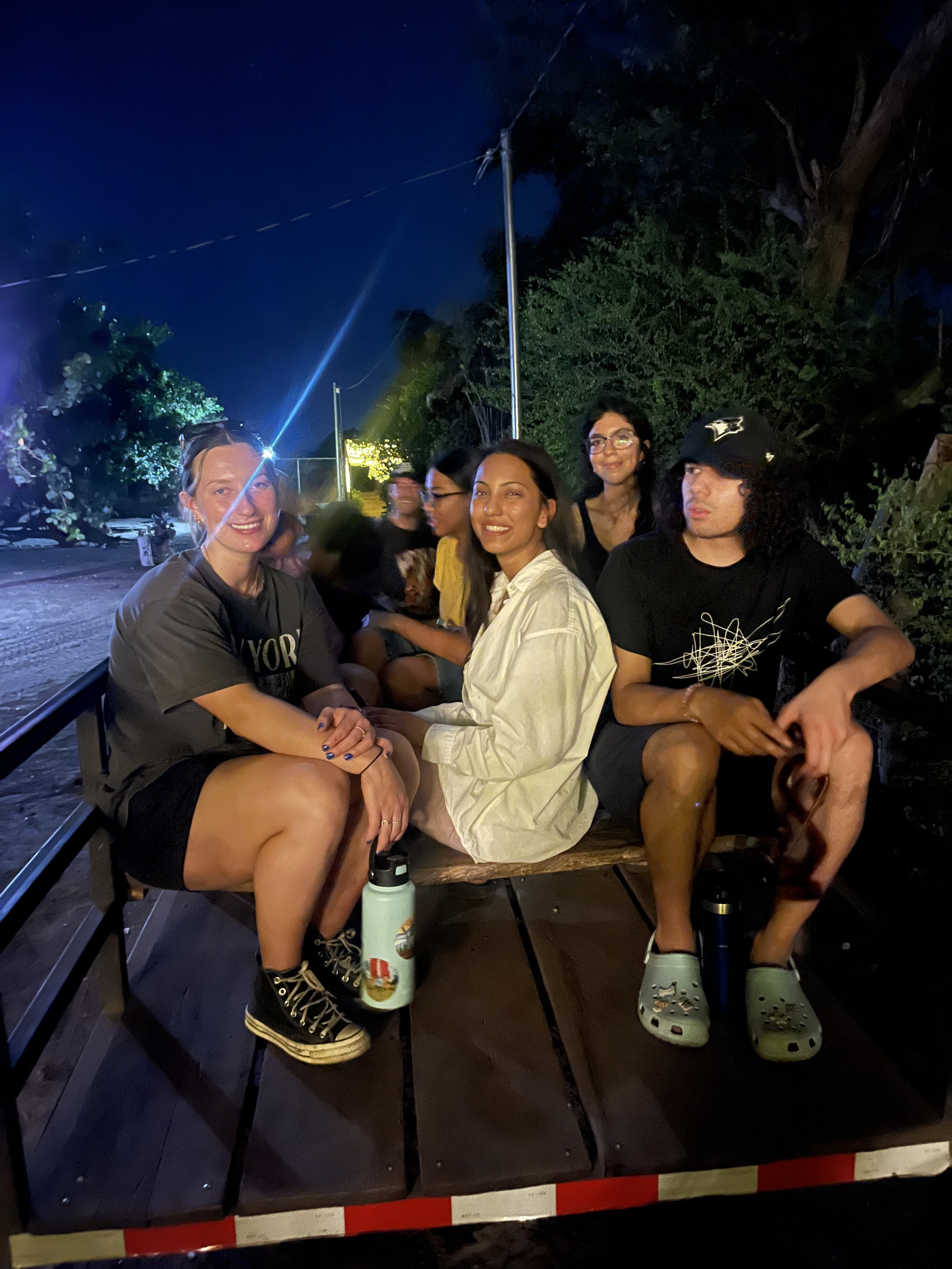
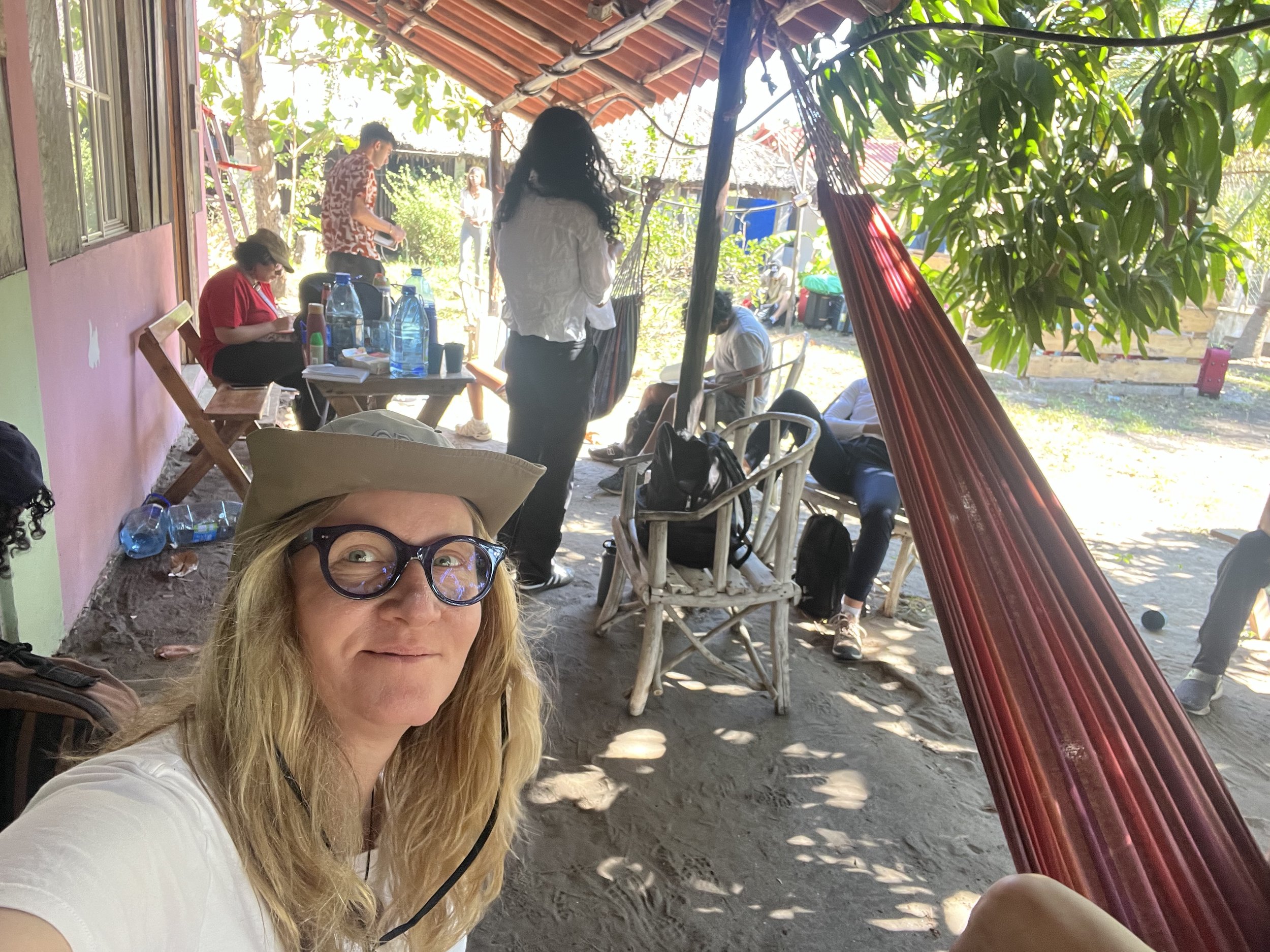
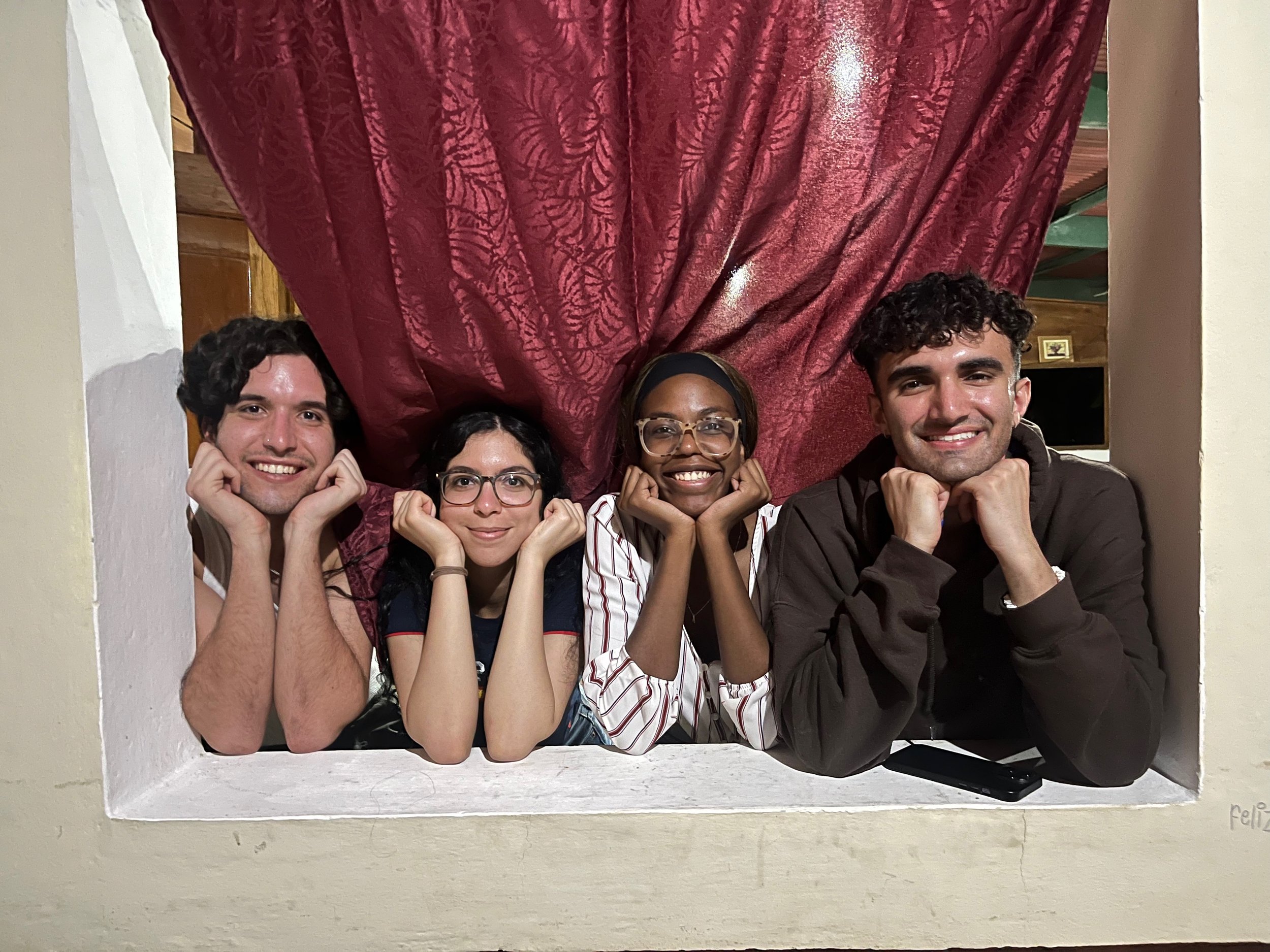
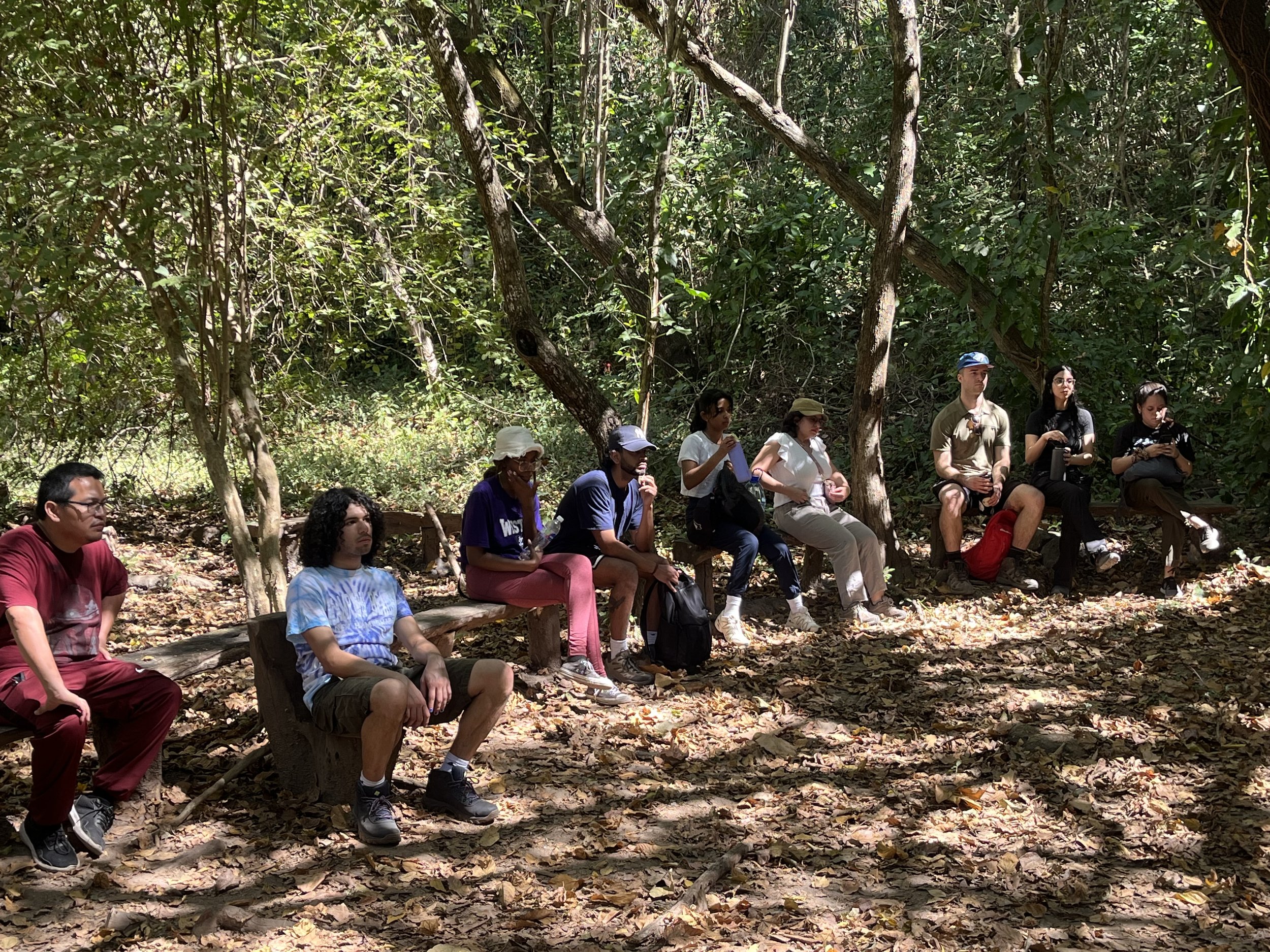

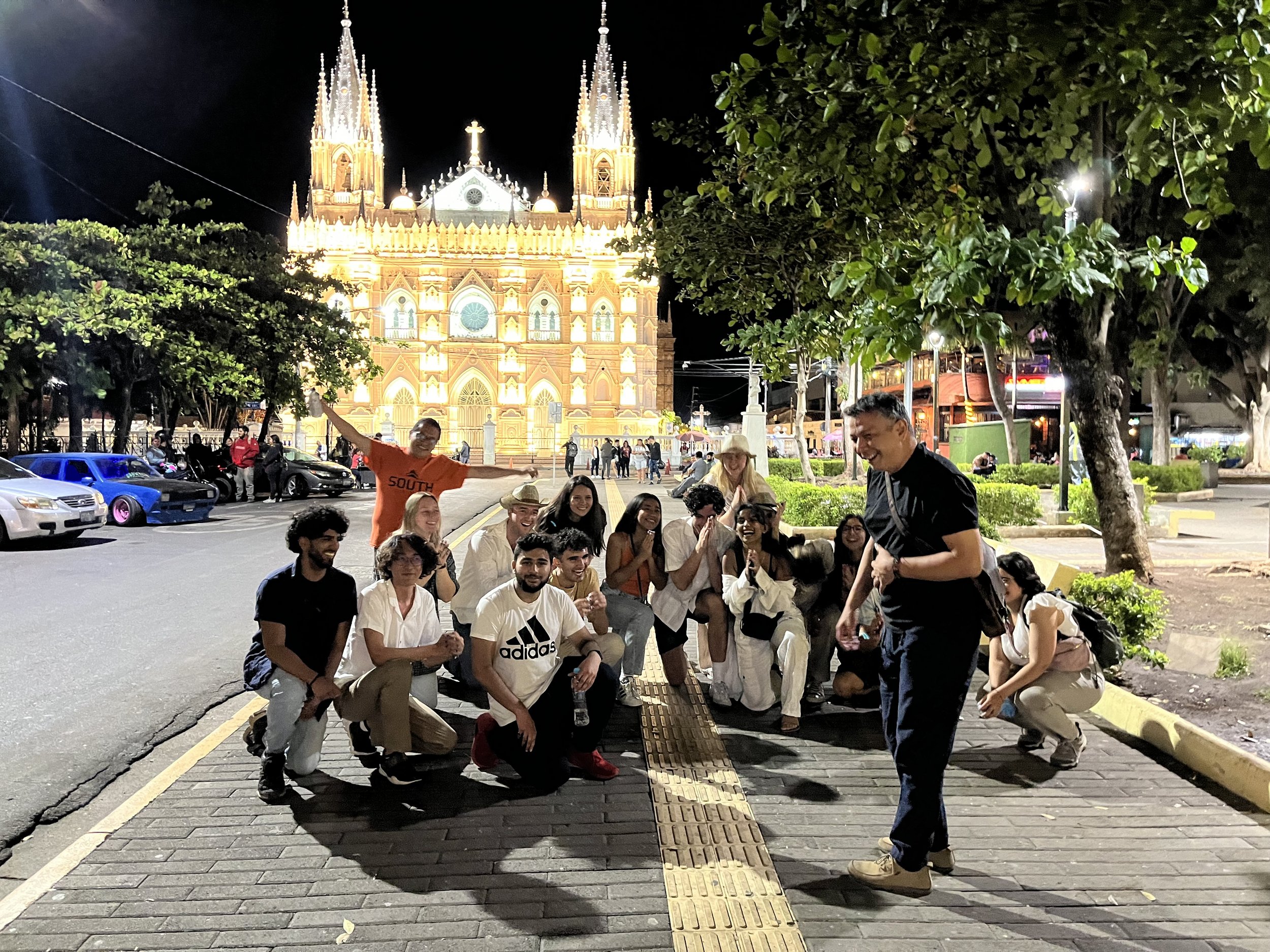
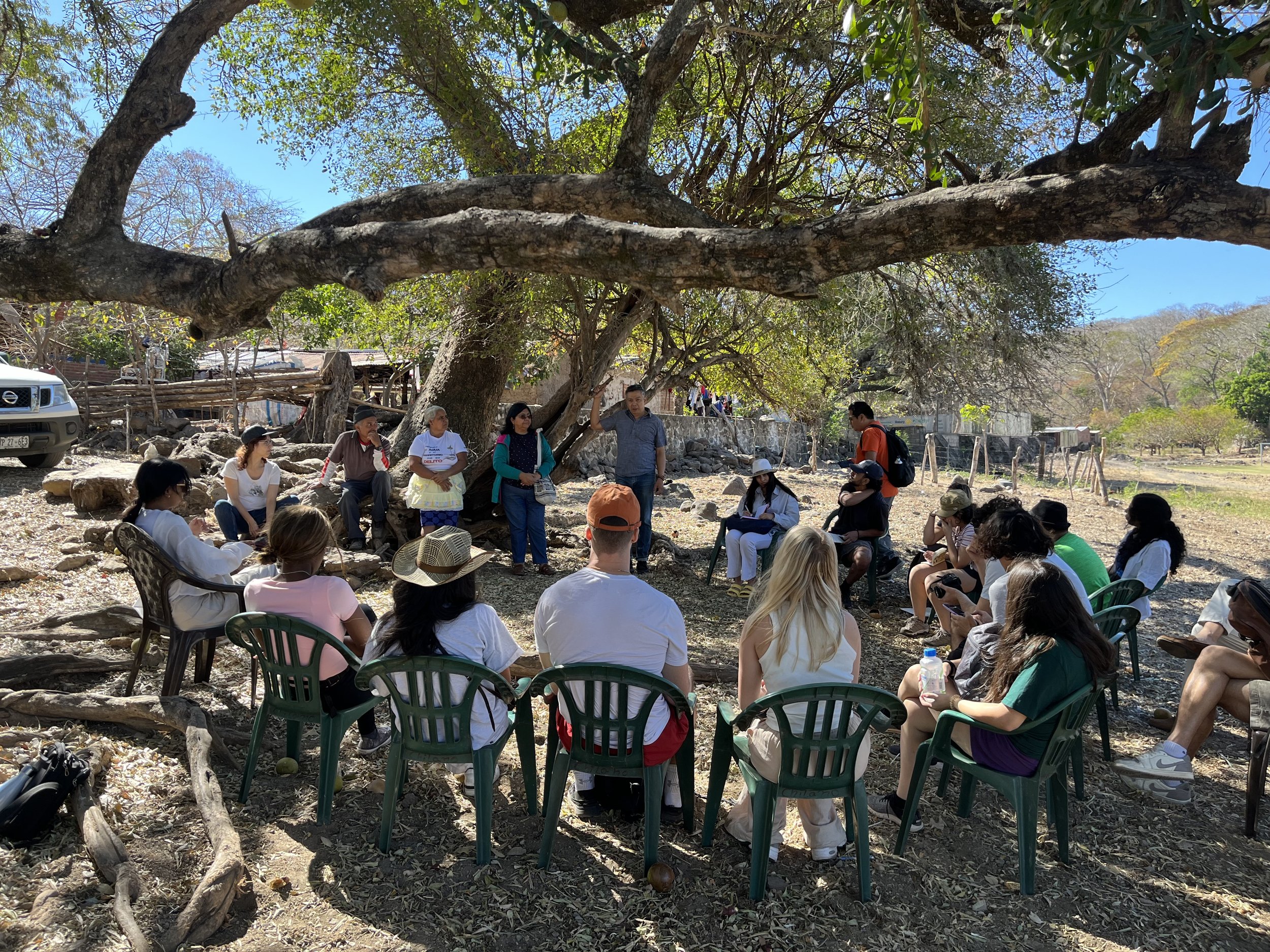
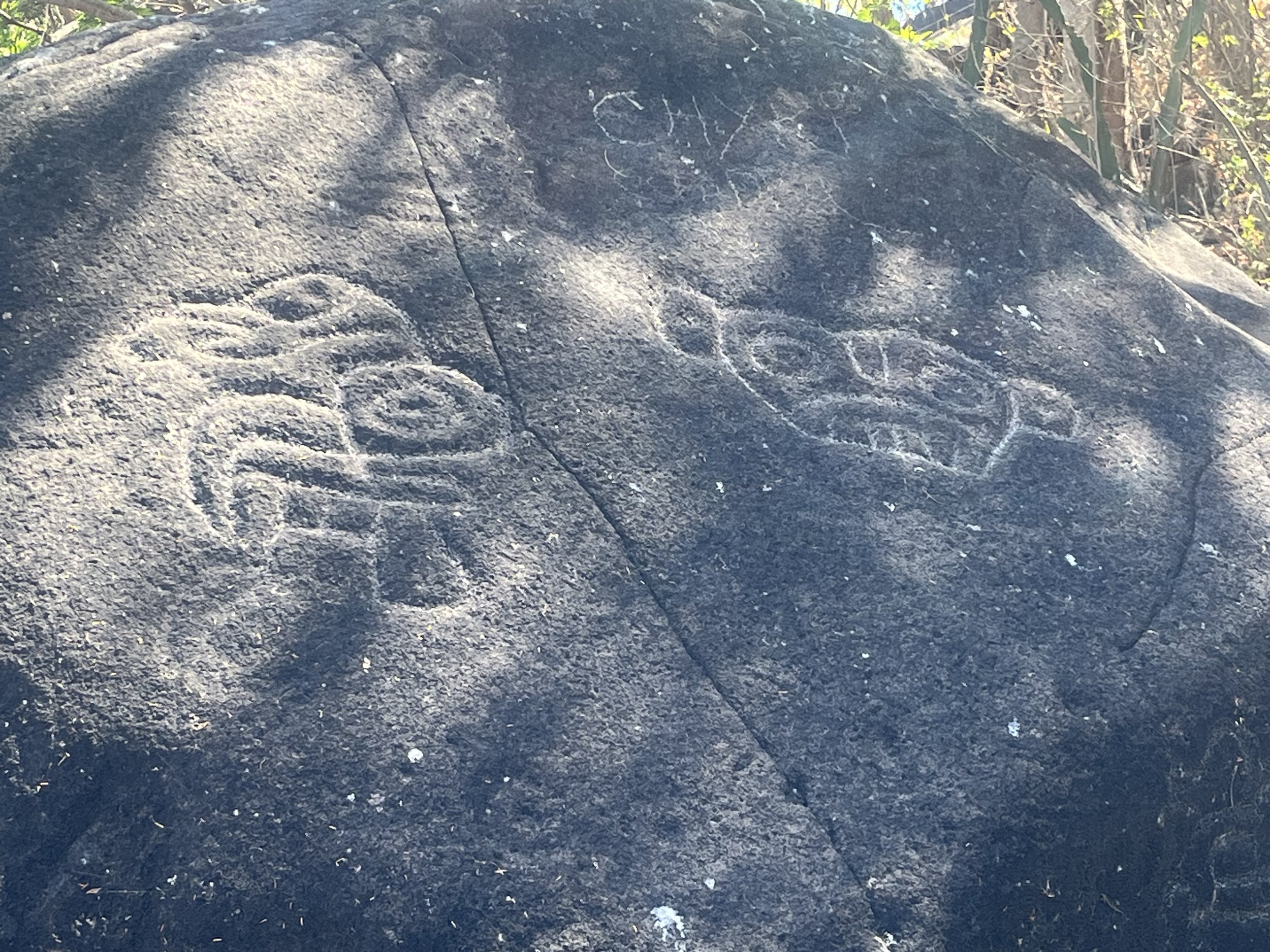
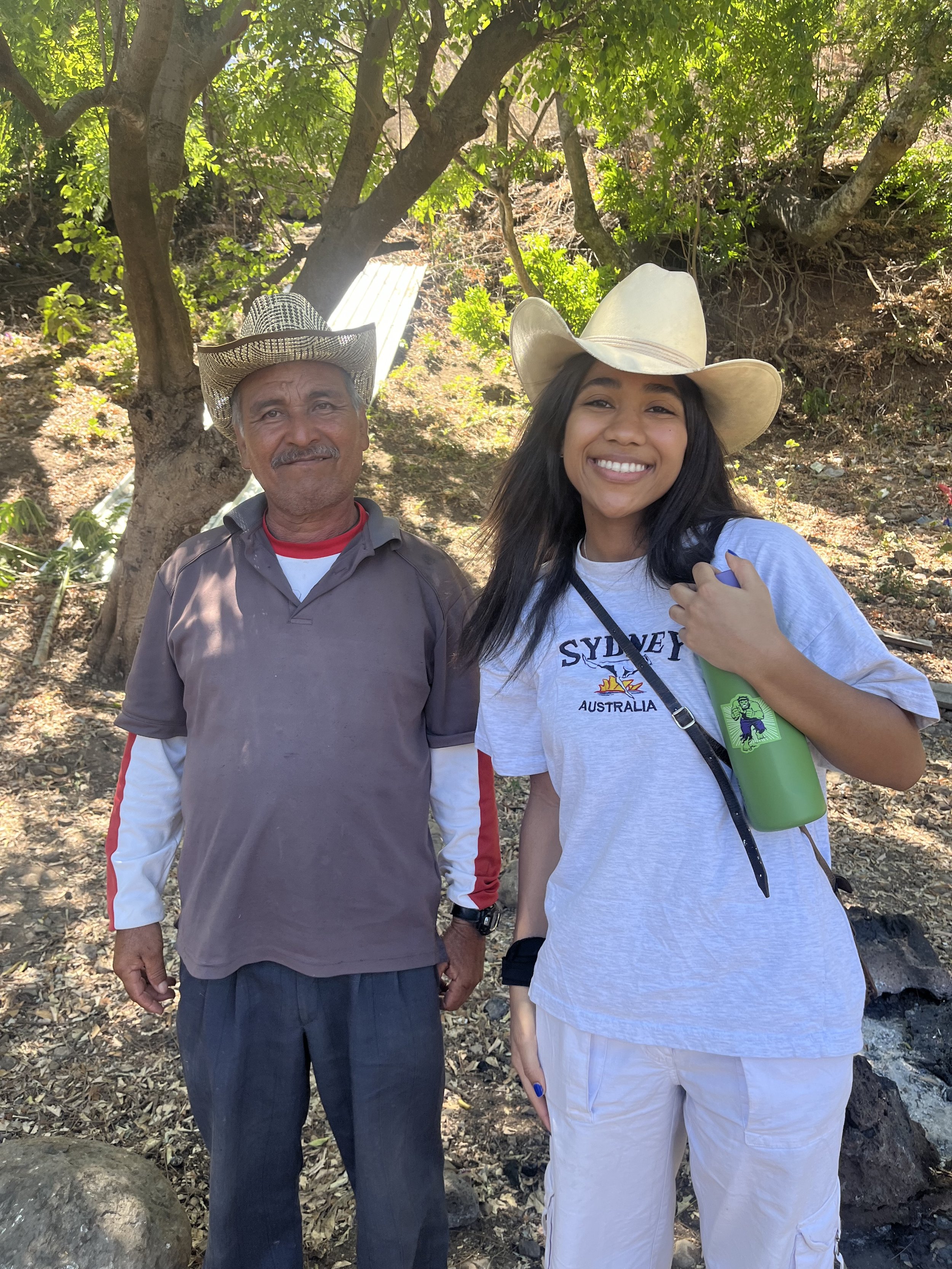
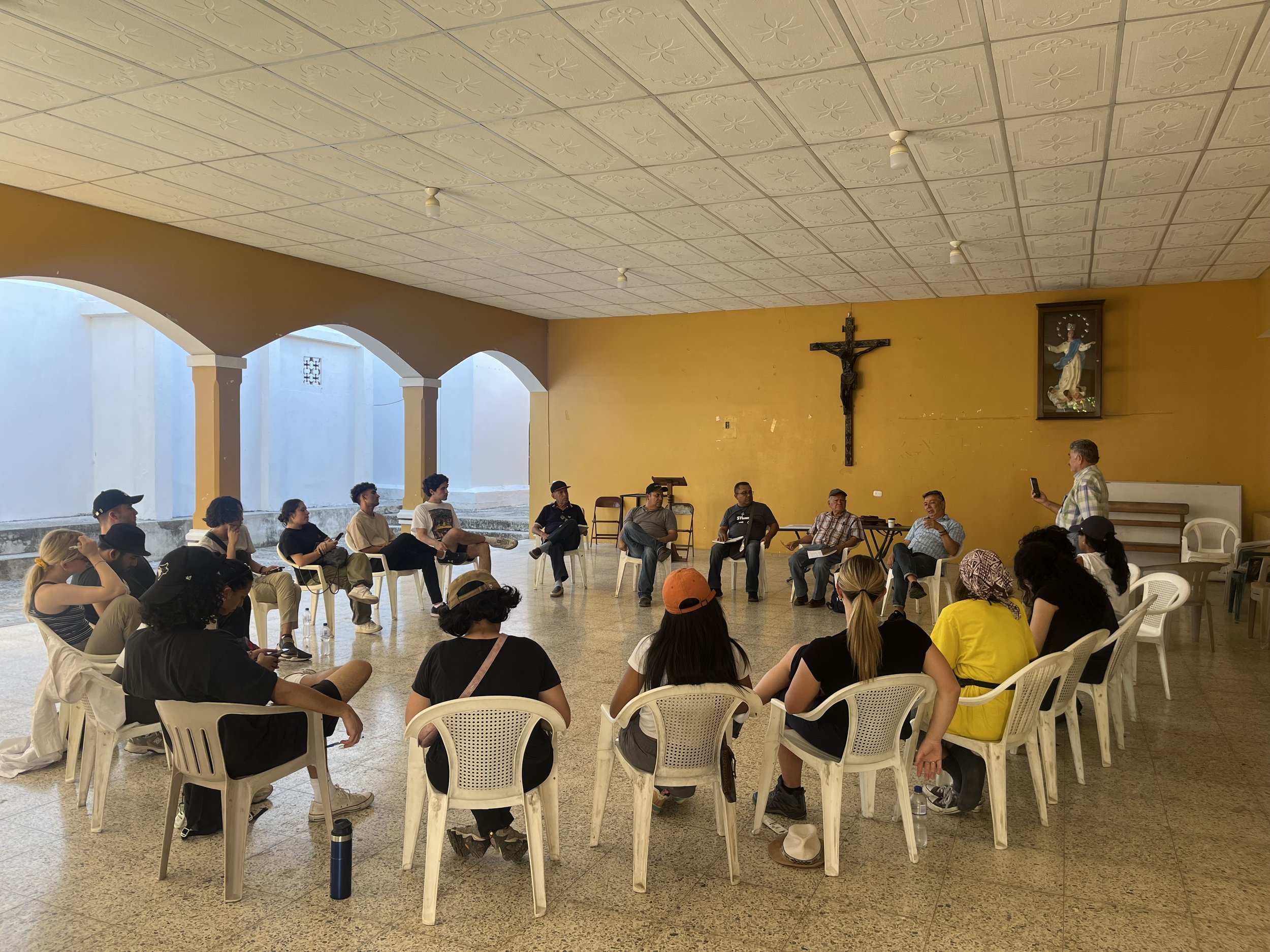
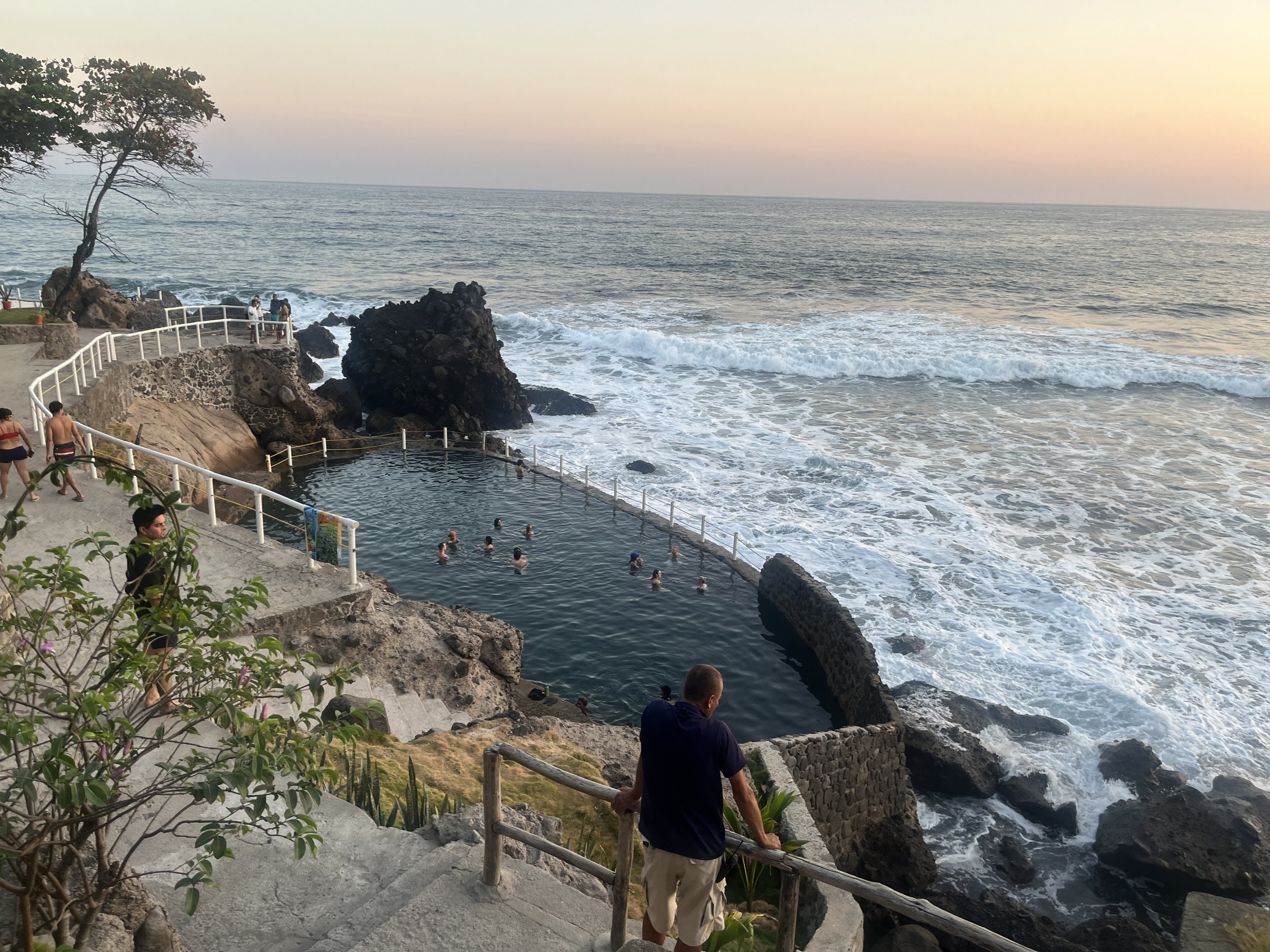
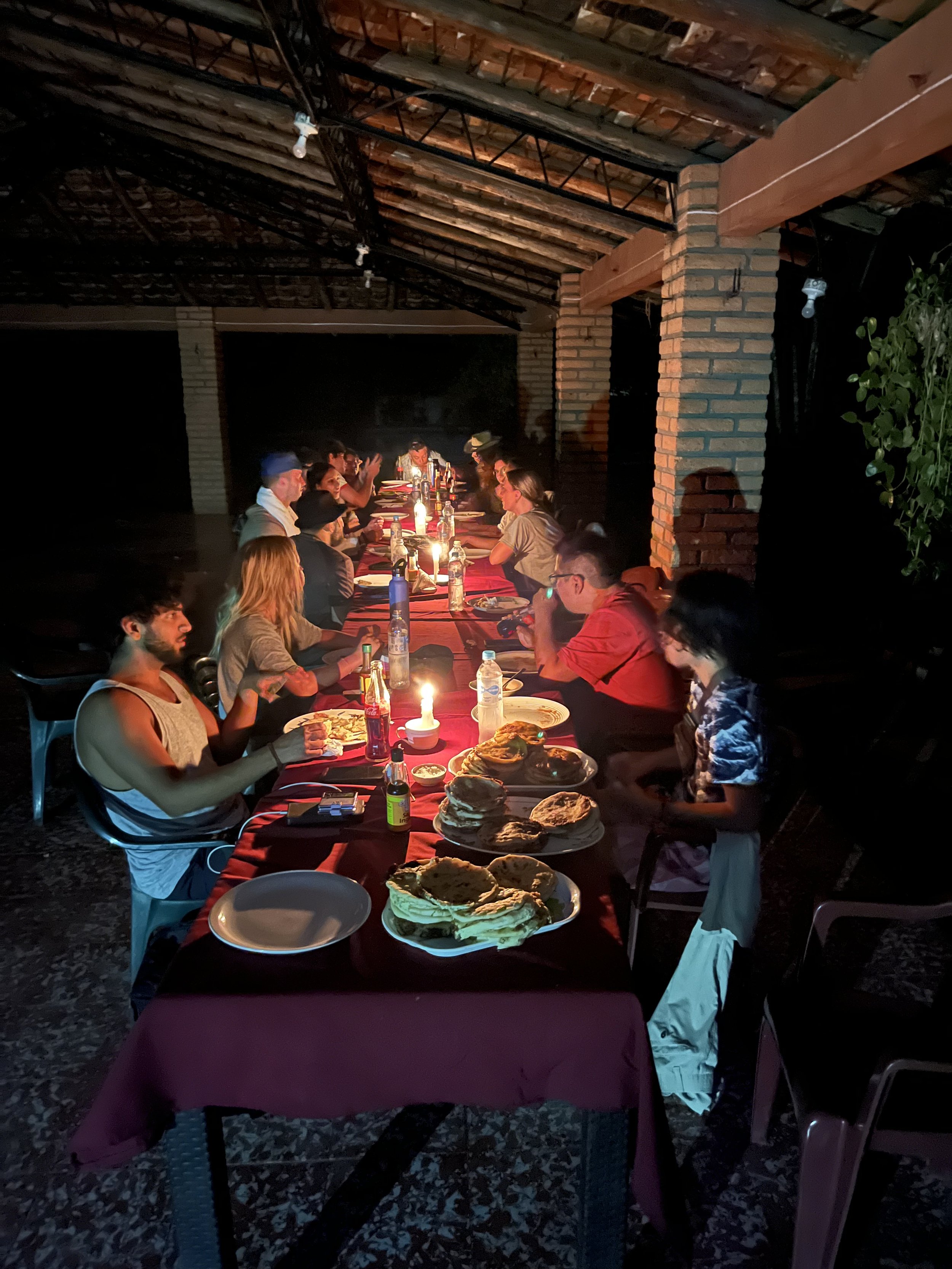


Winter 2023

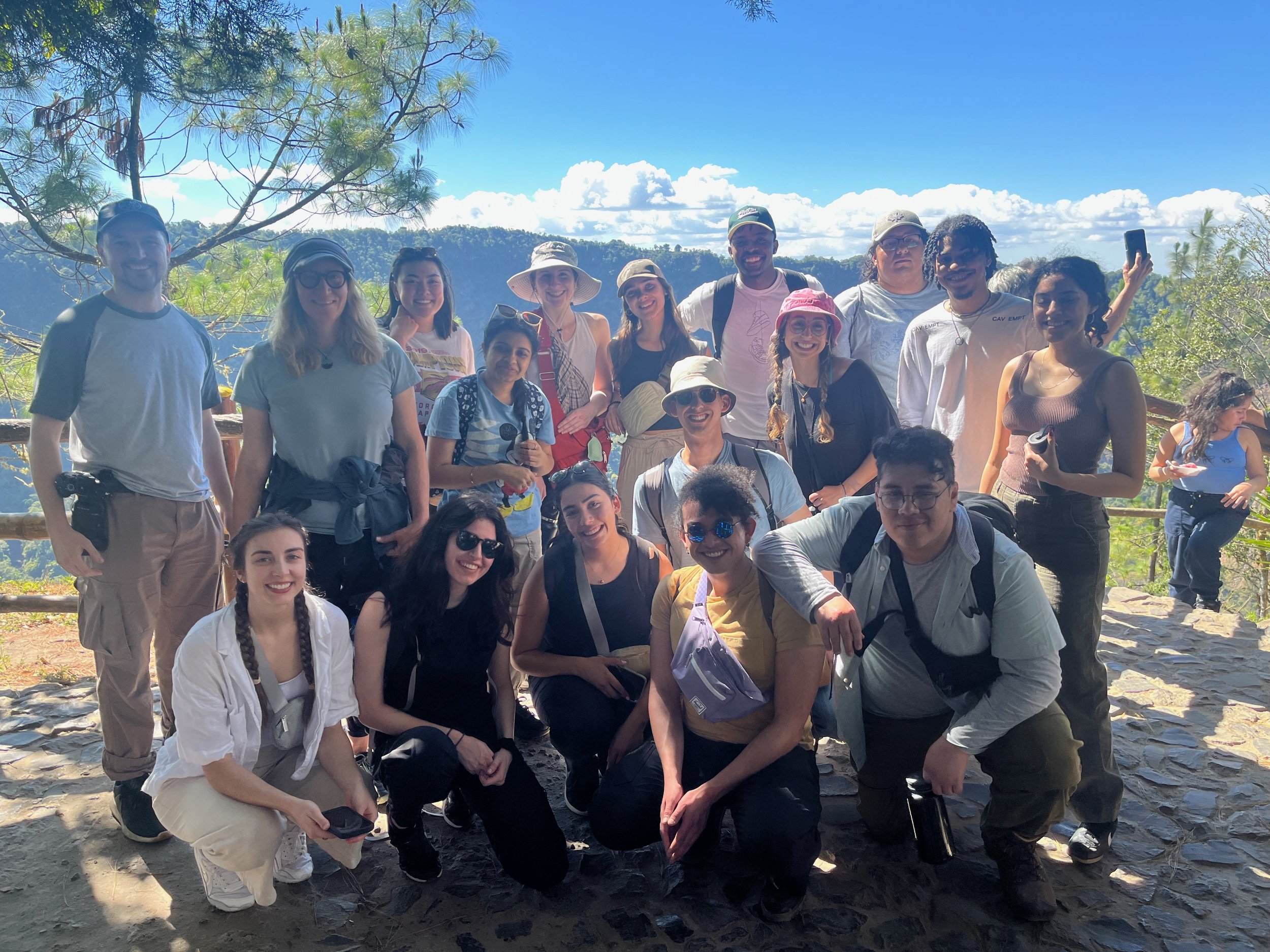

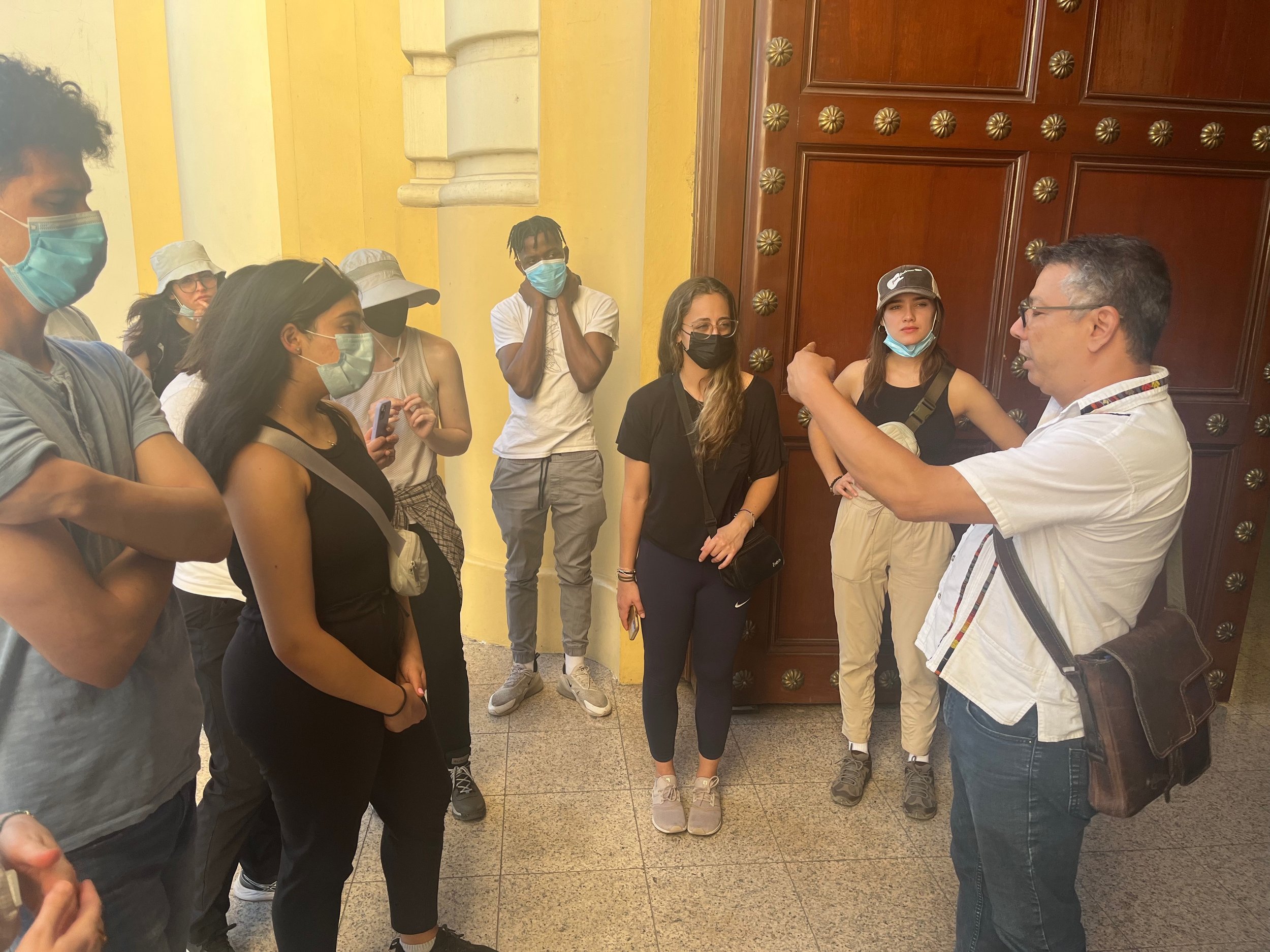

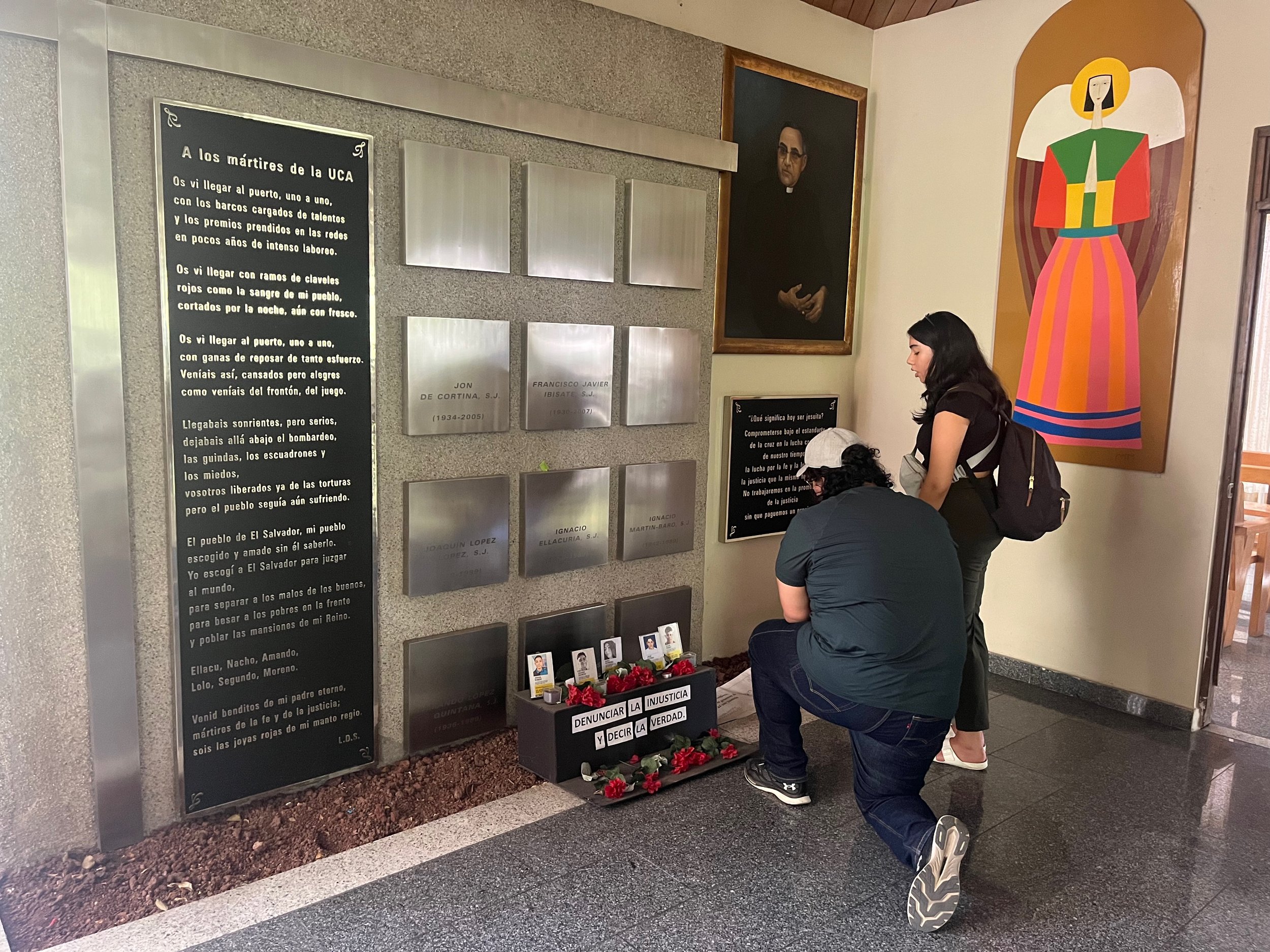
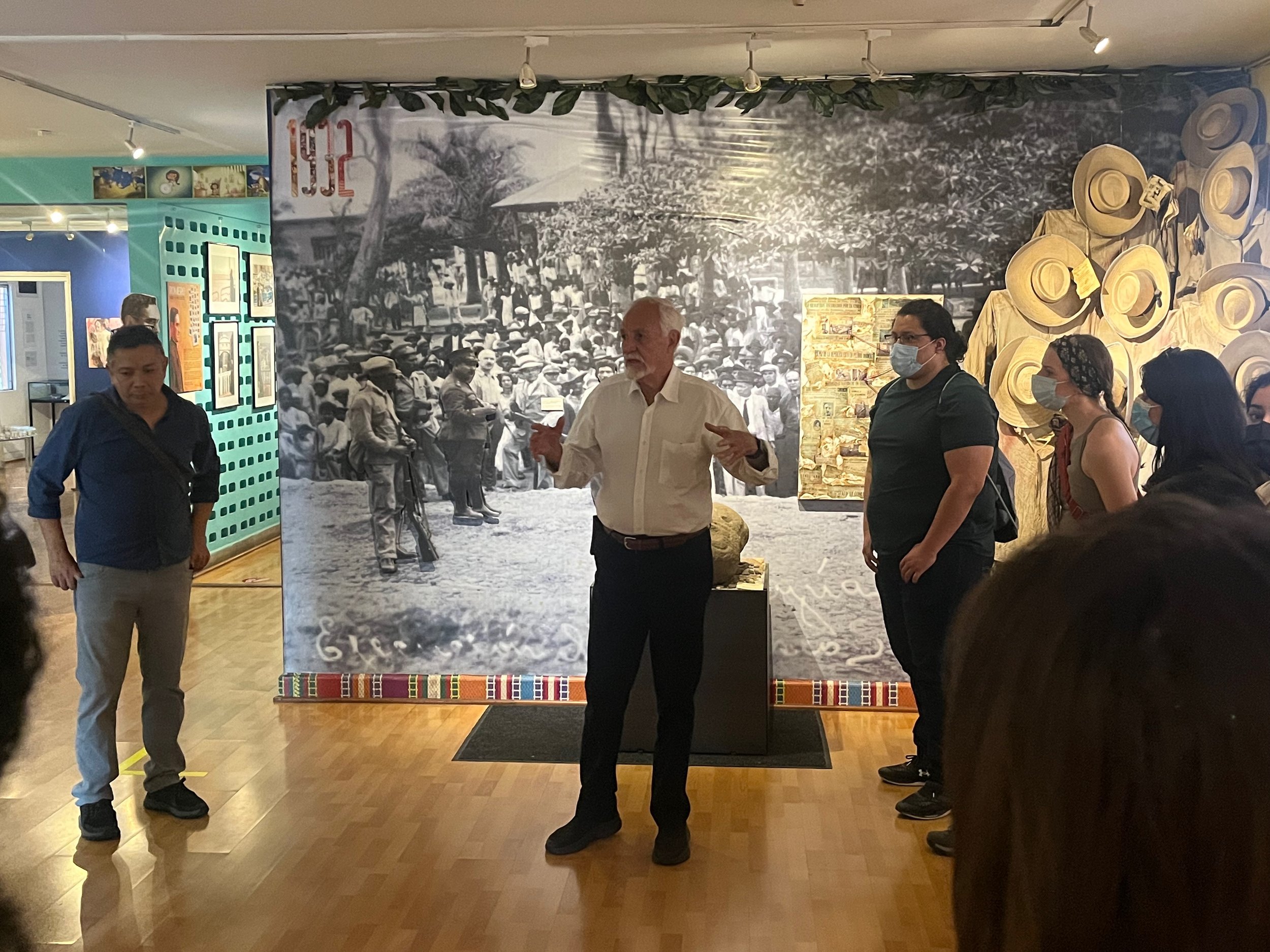
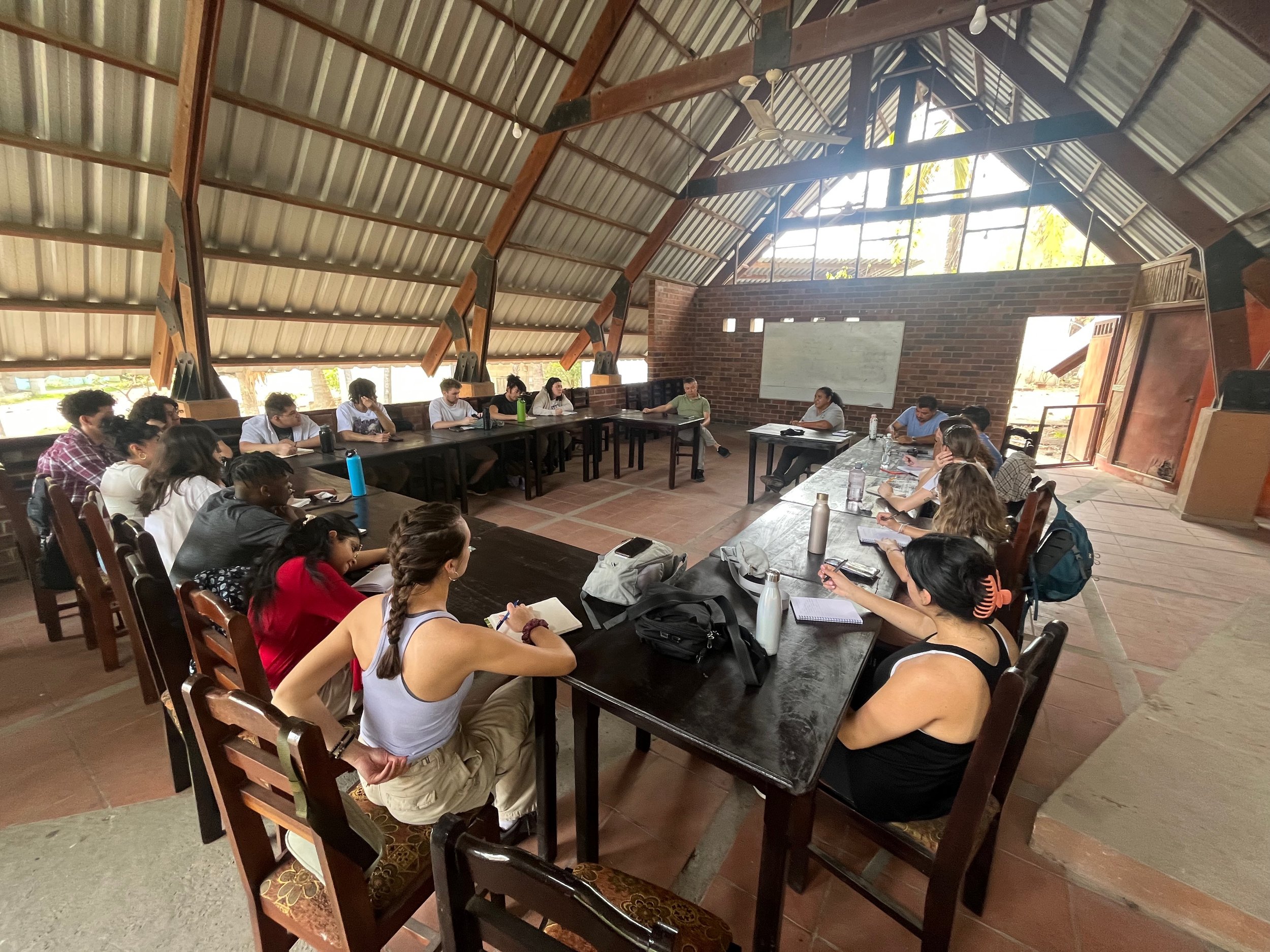
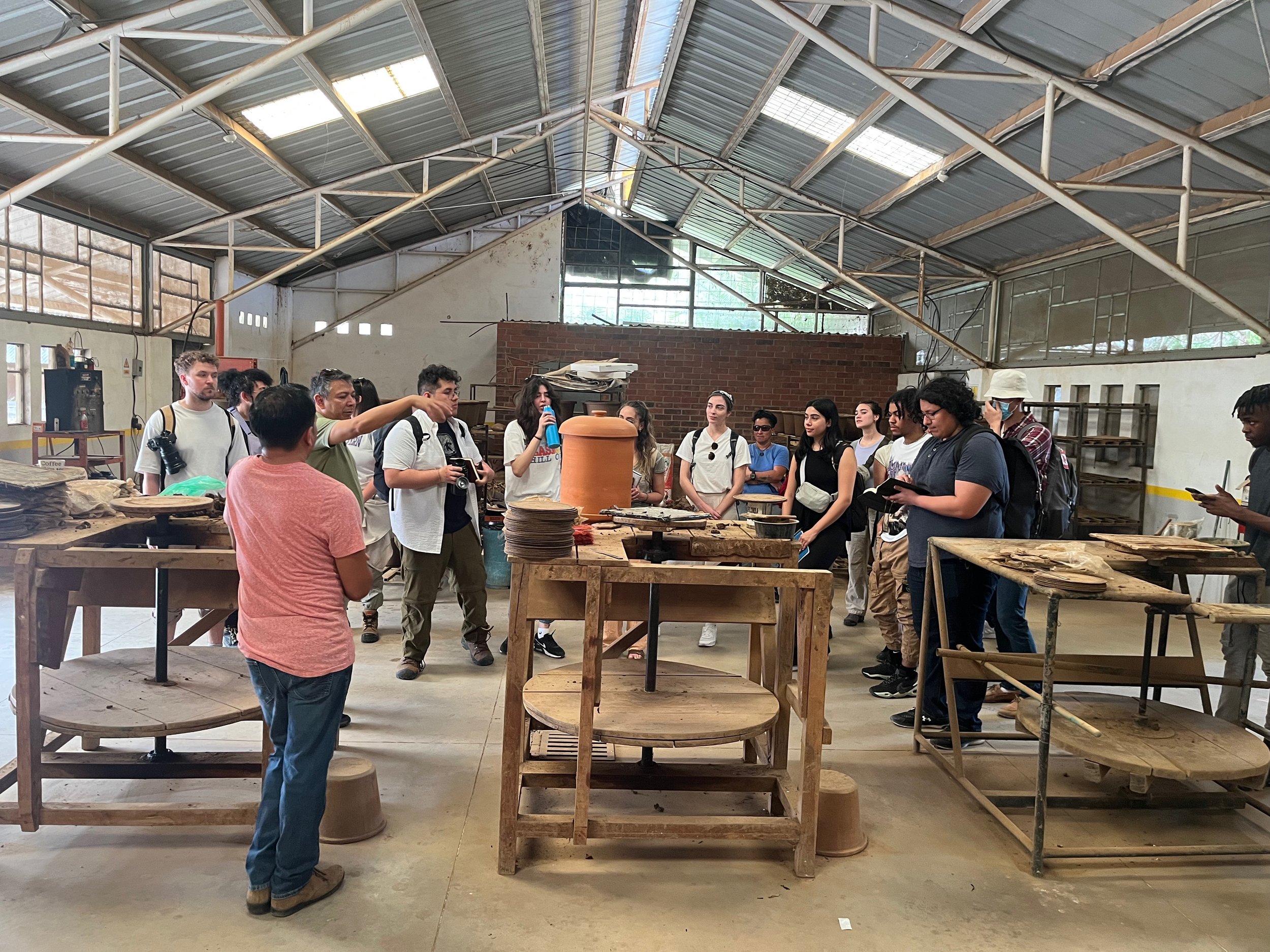
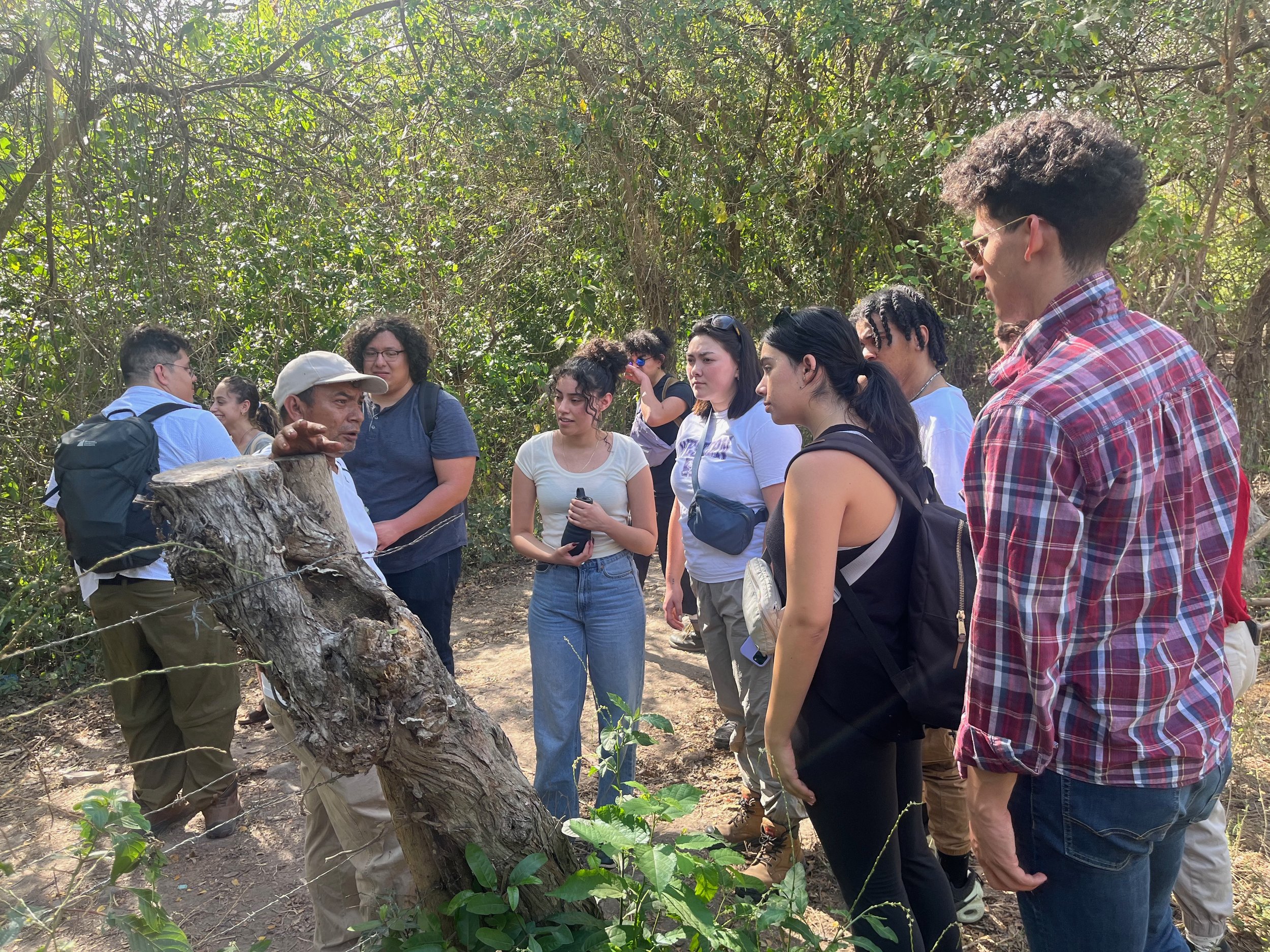
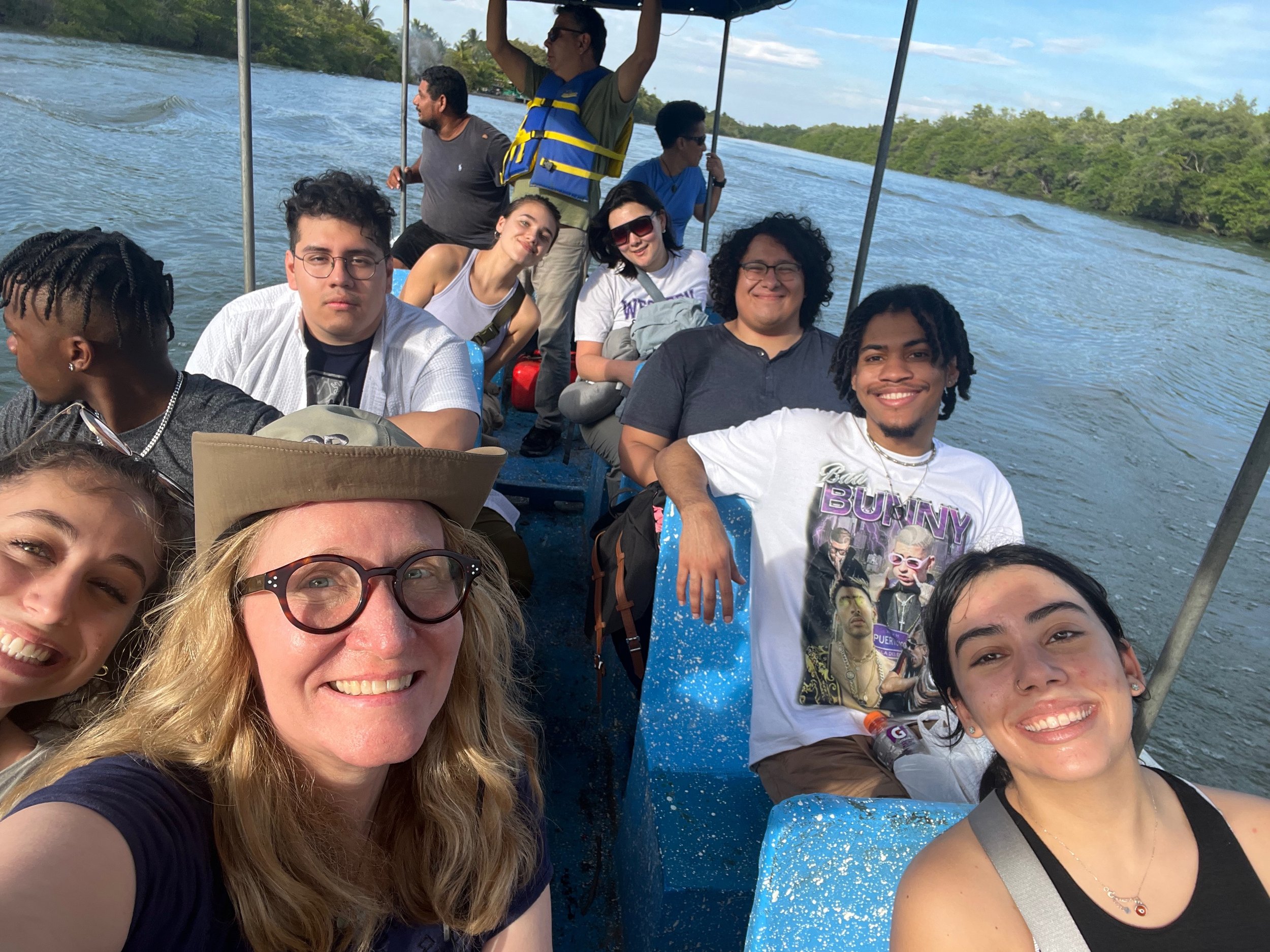
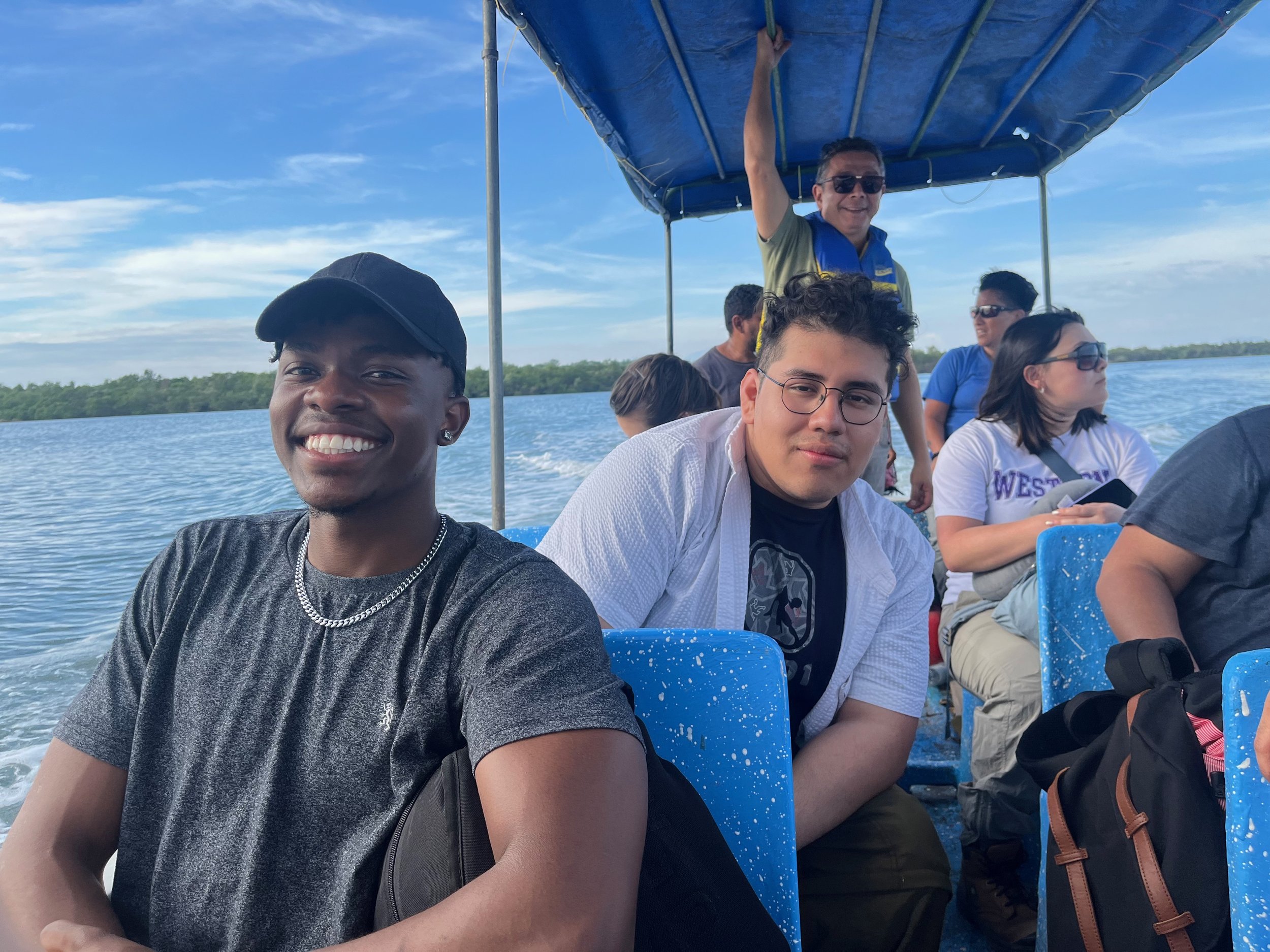
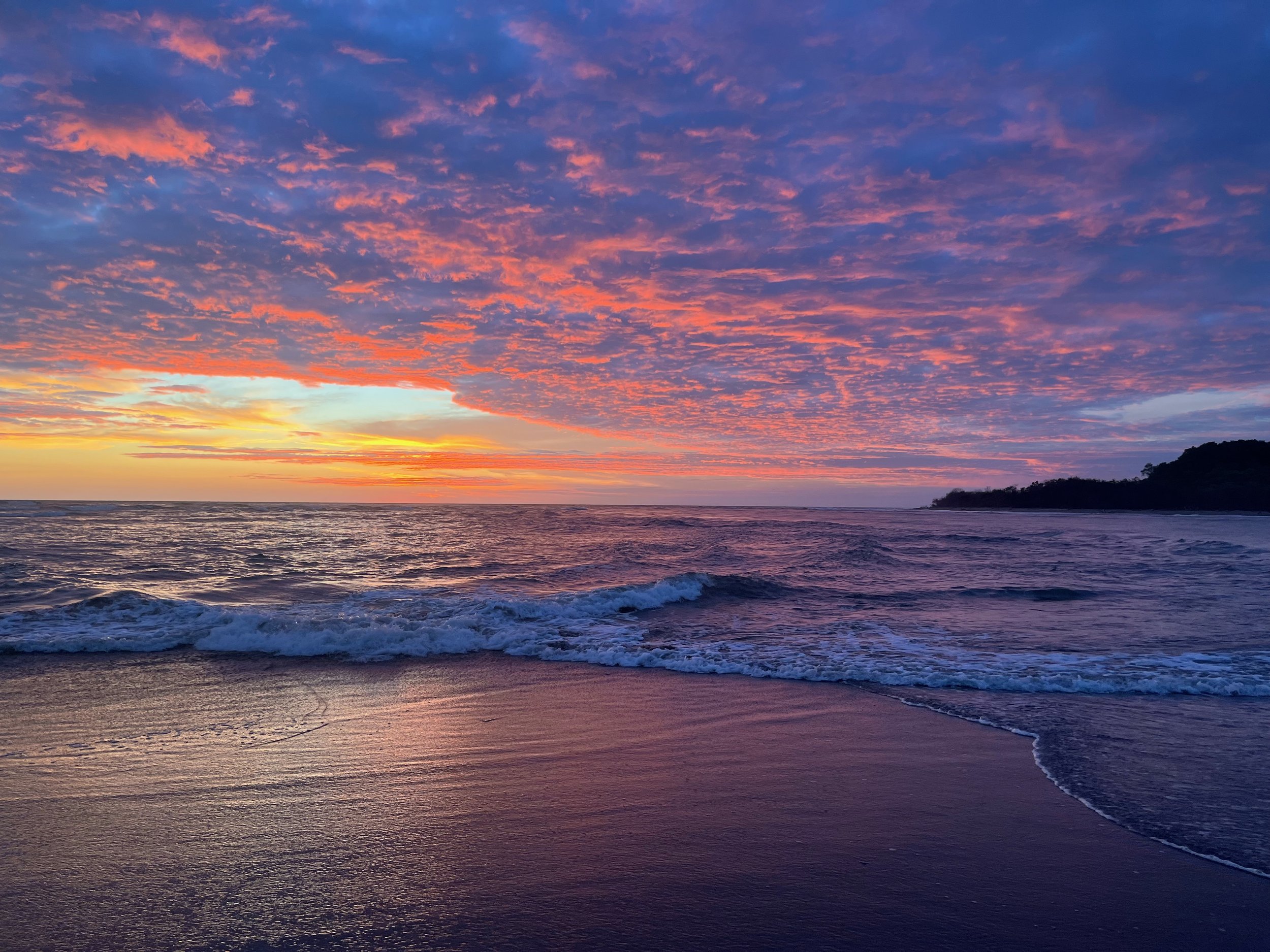
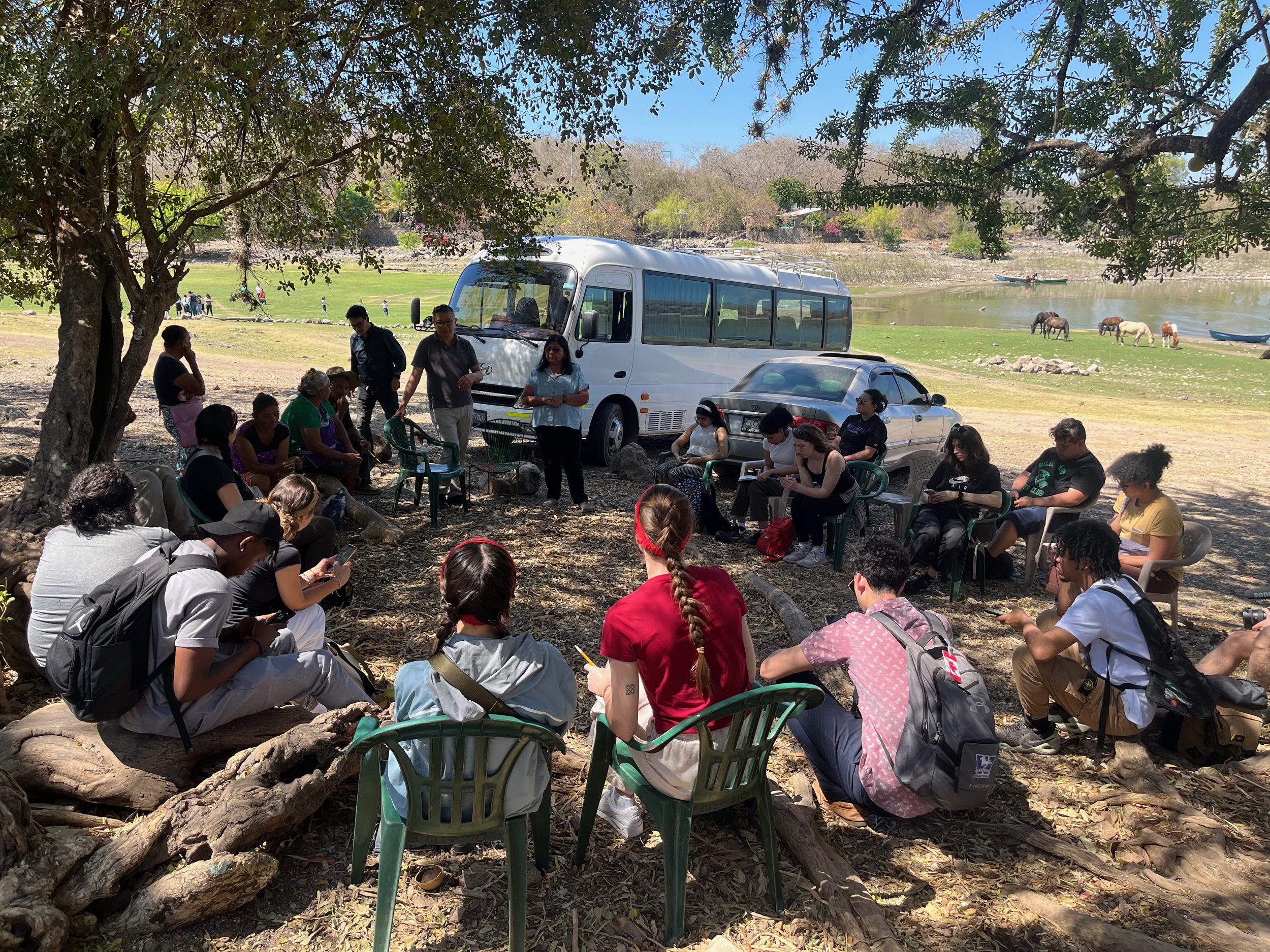

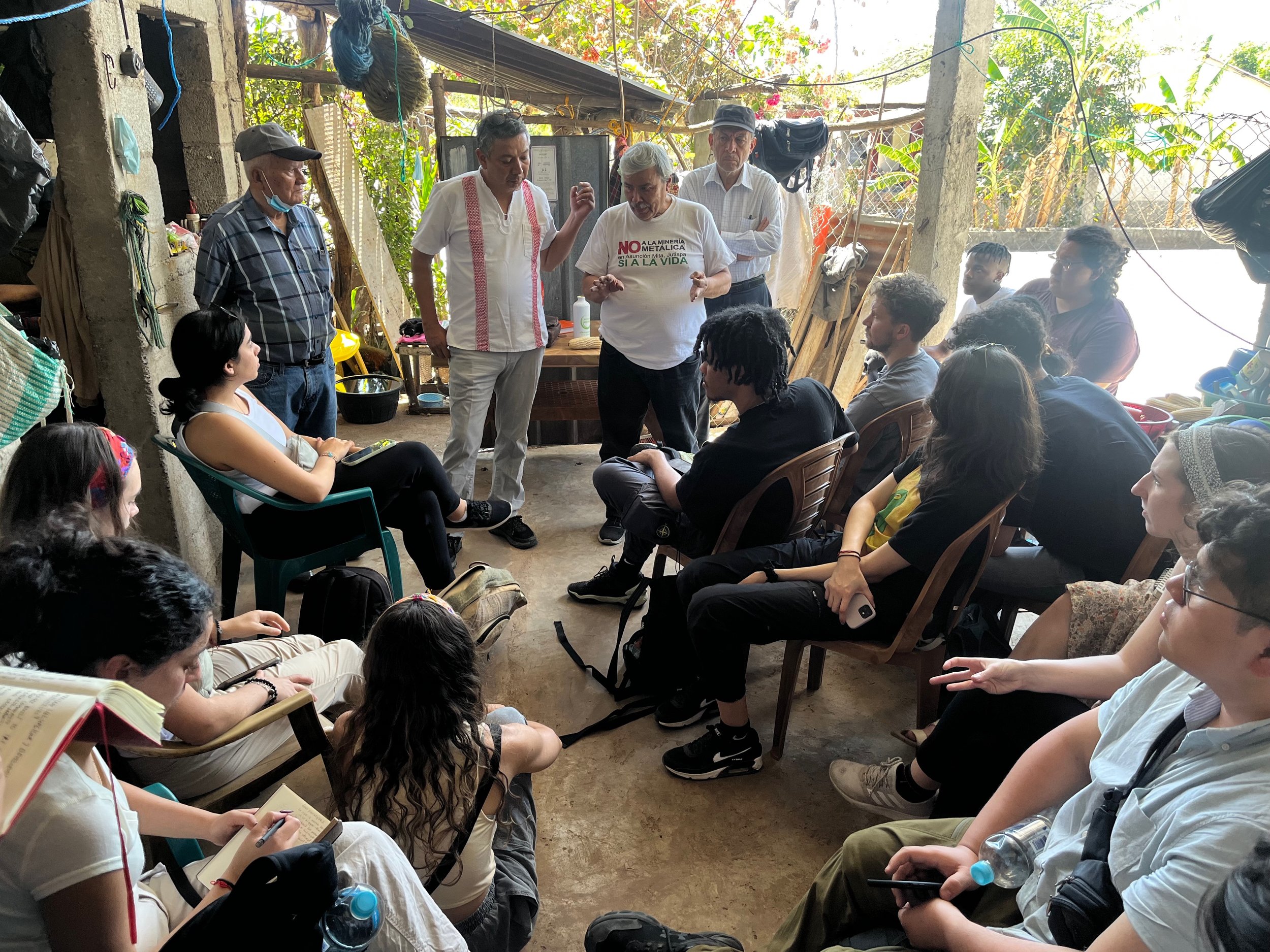
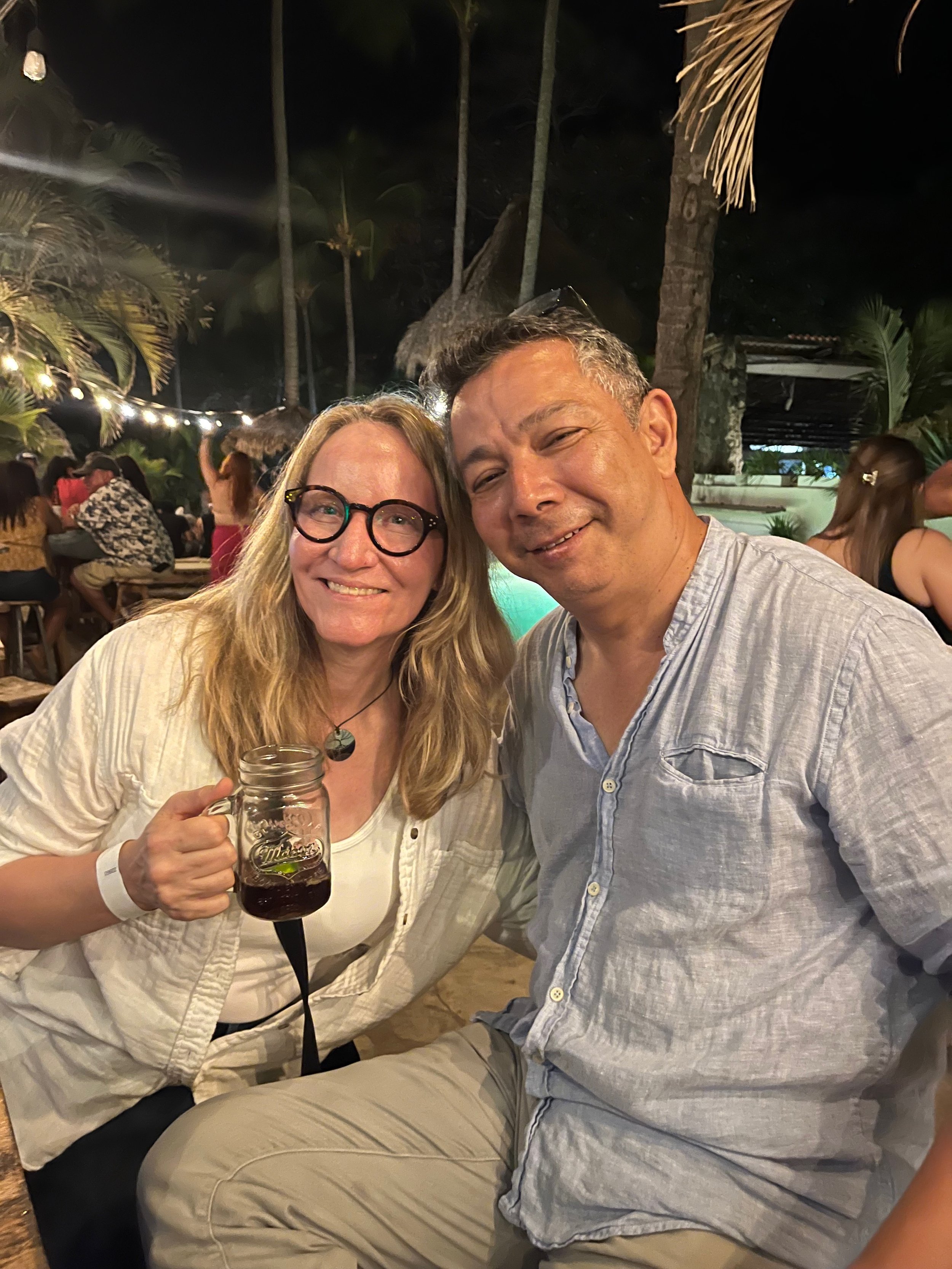
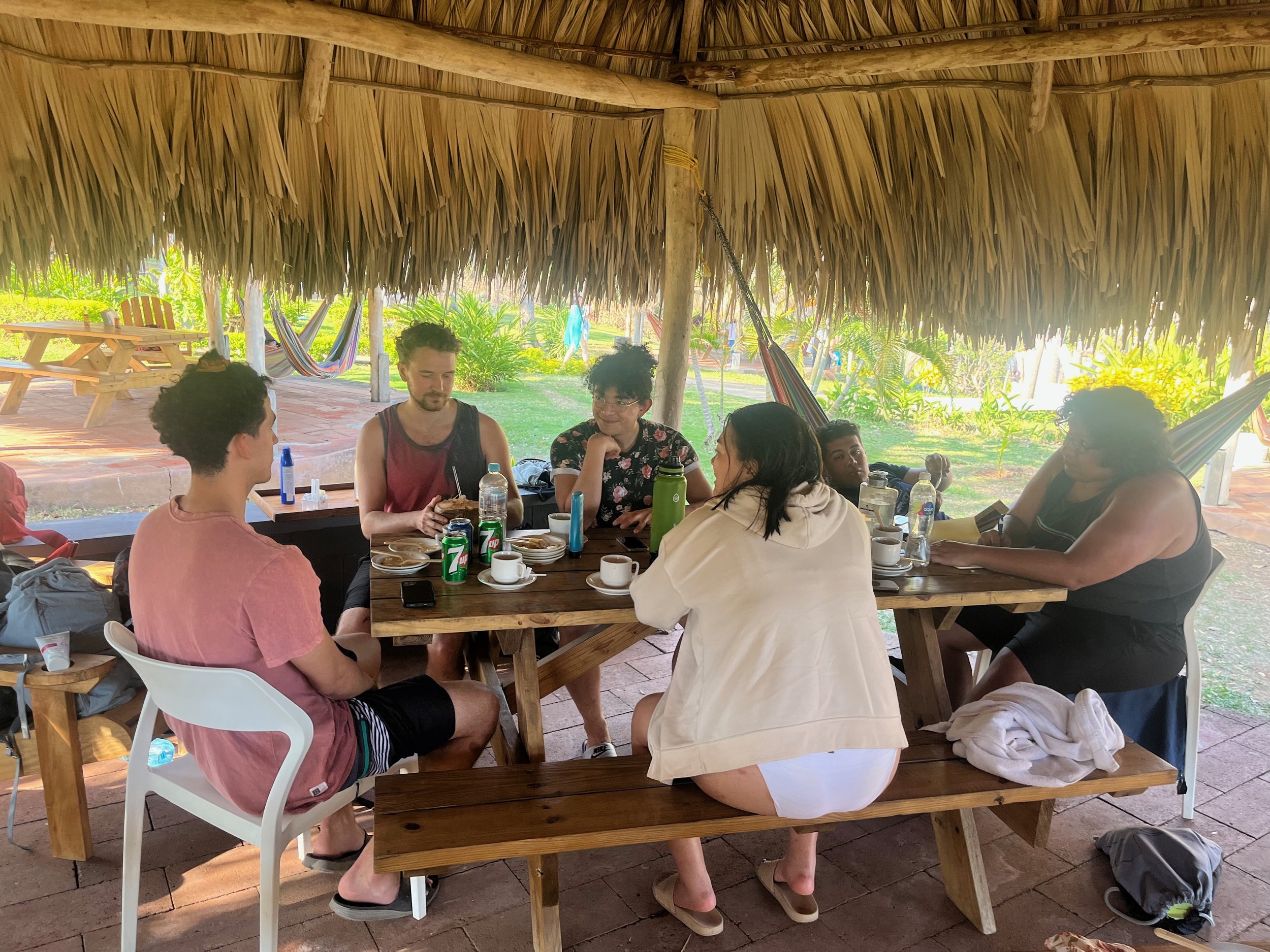
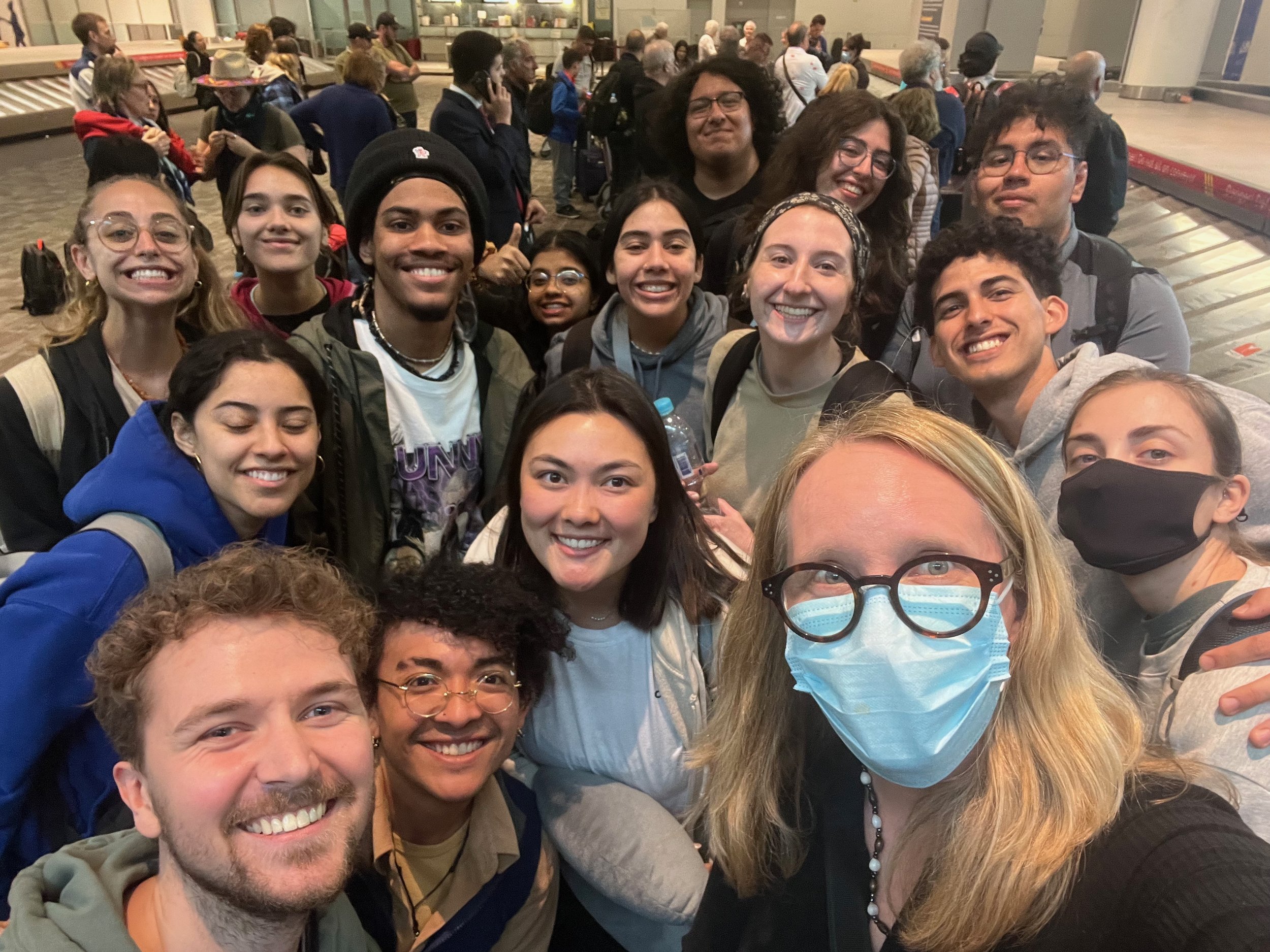
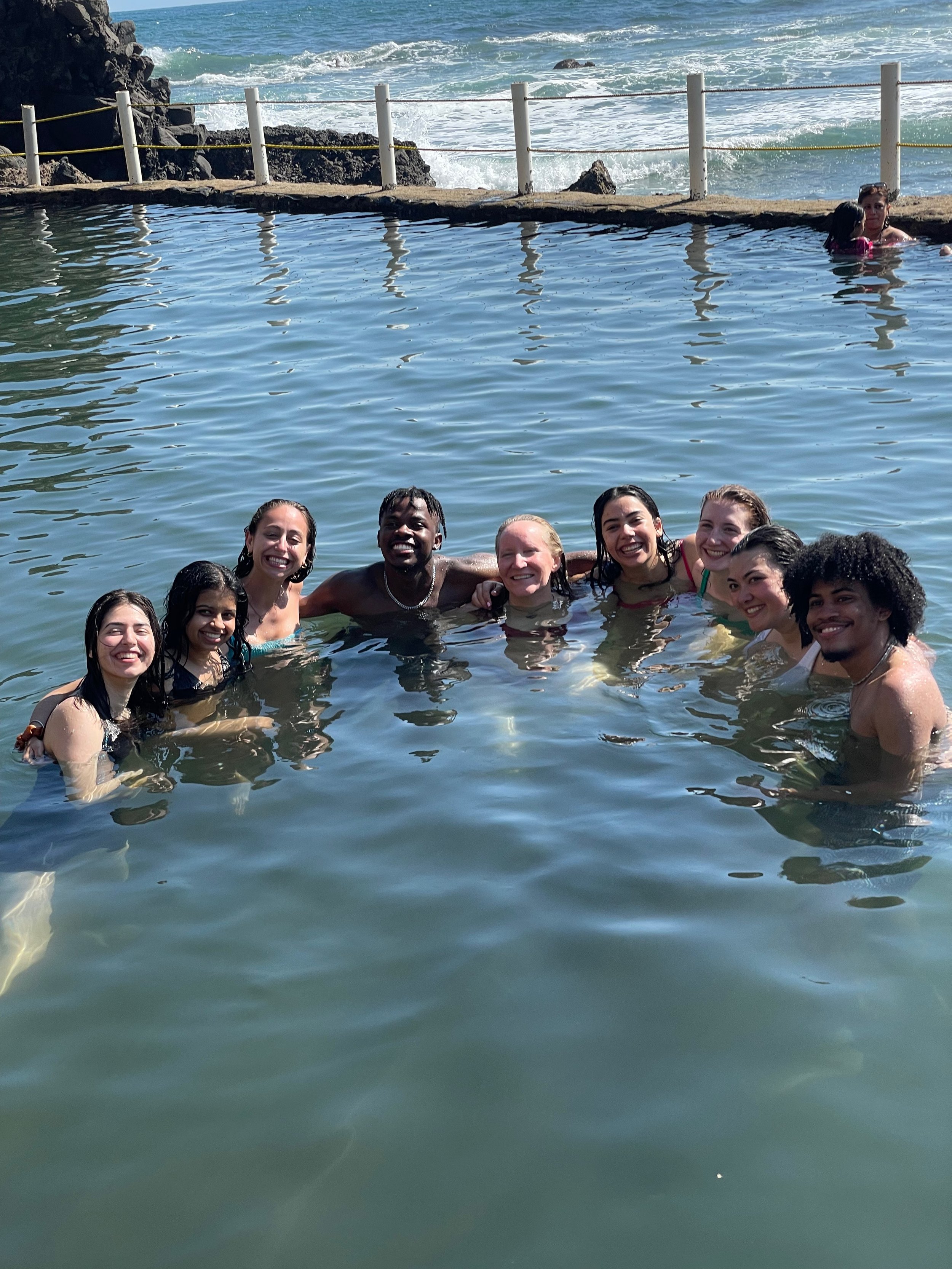
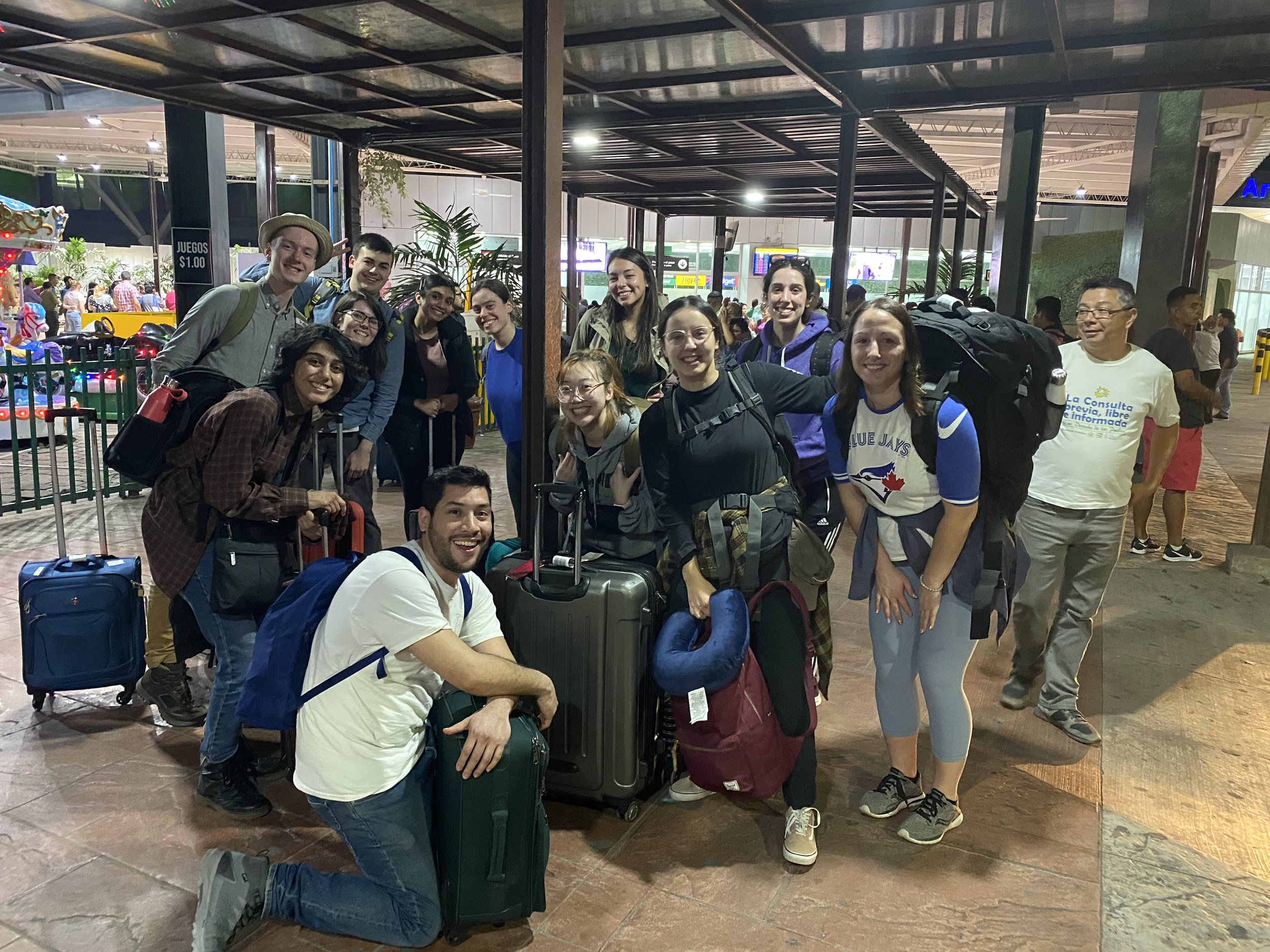
Winter 2020
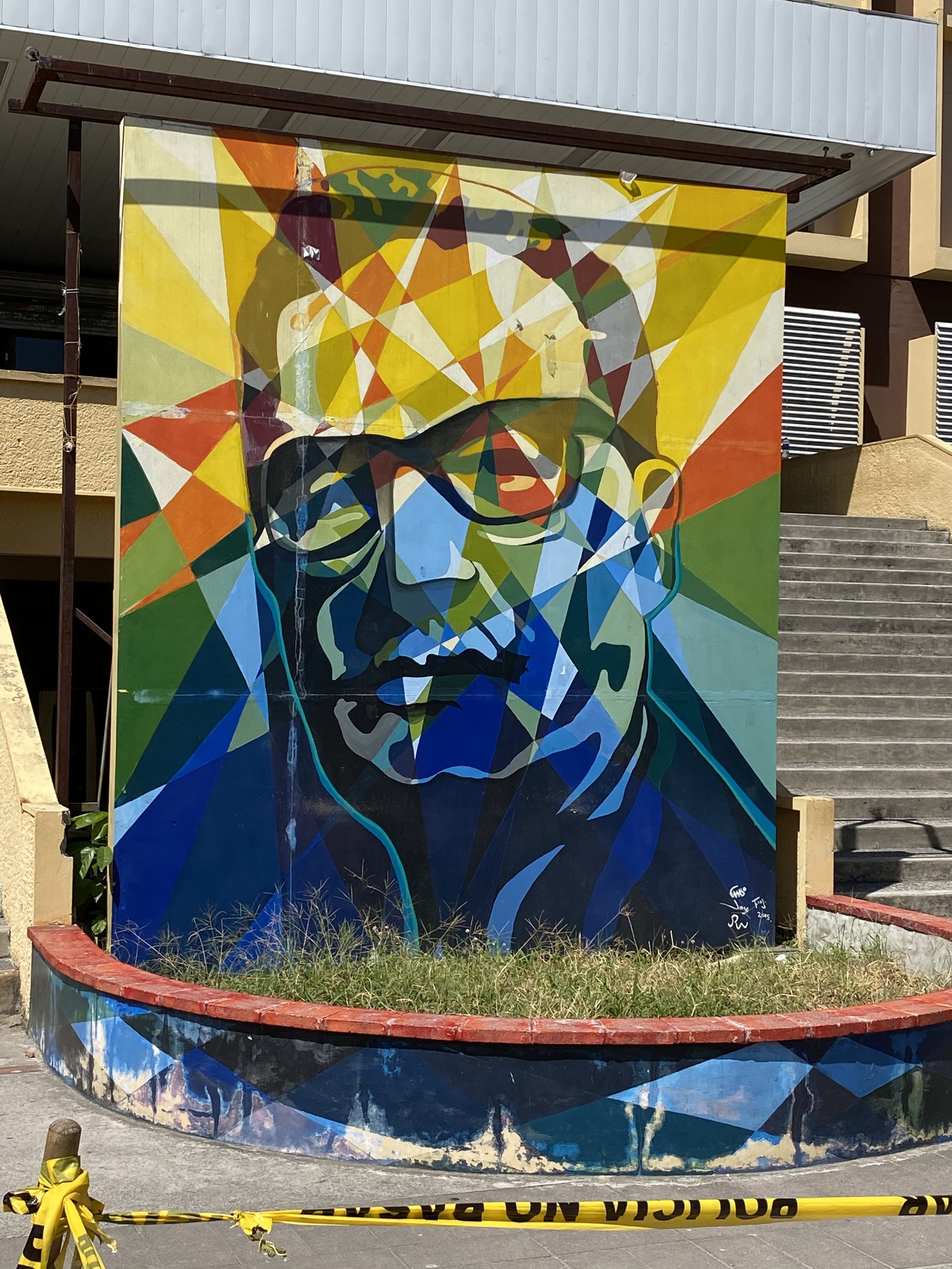
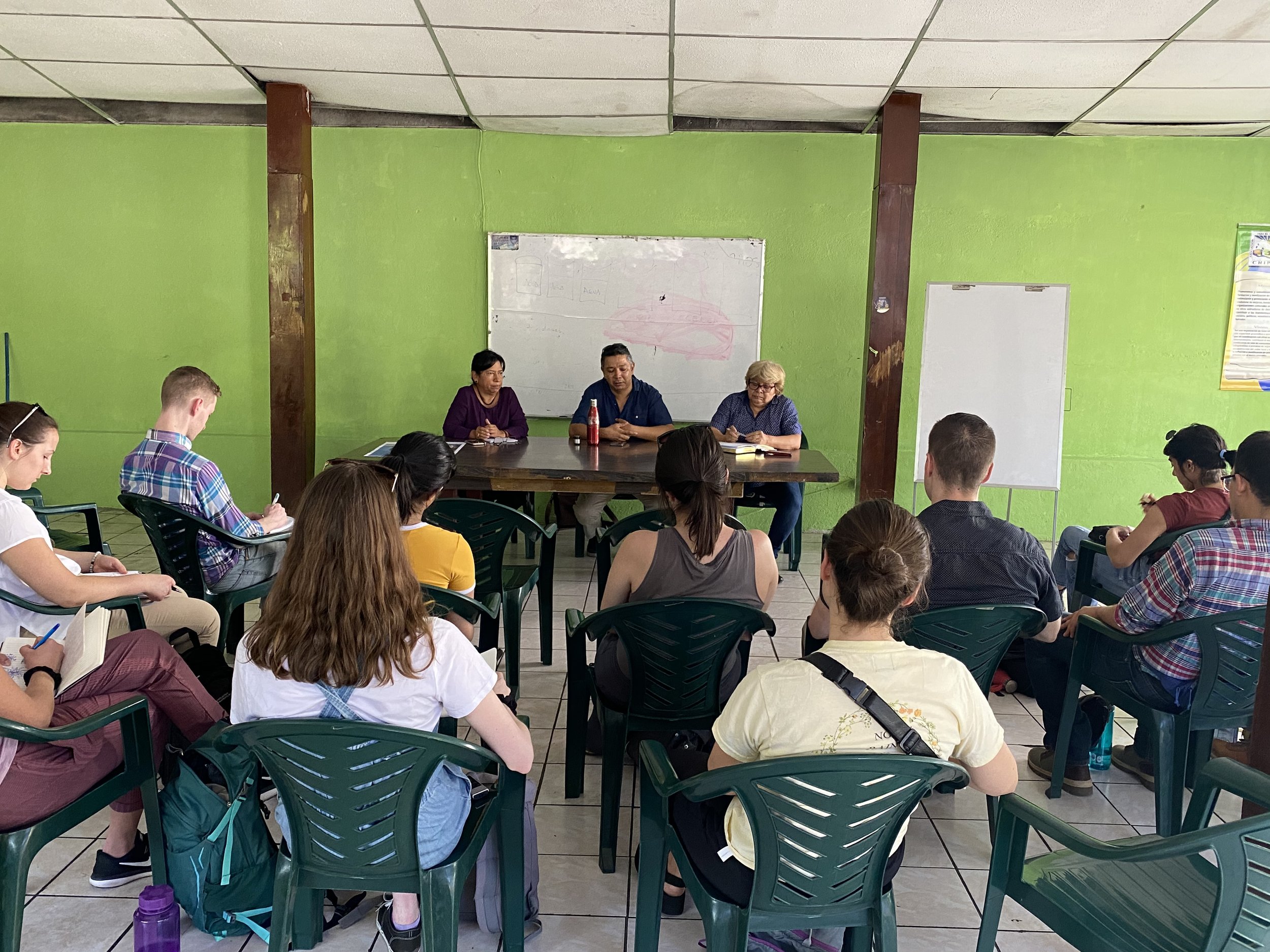
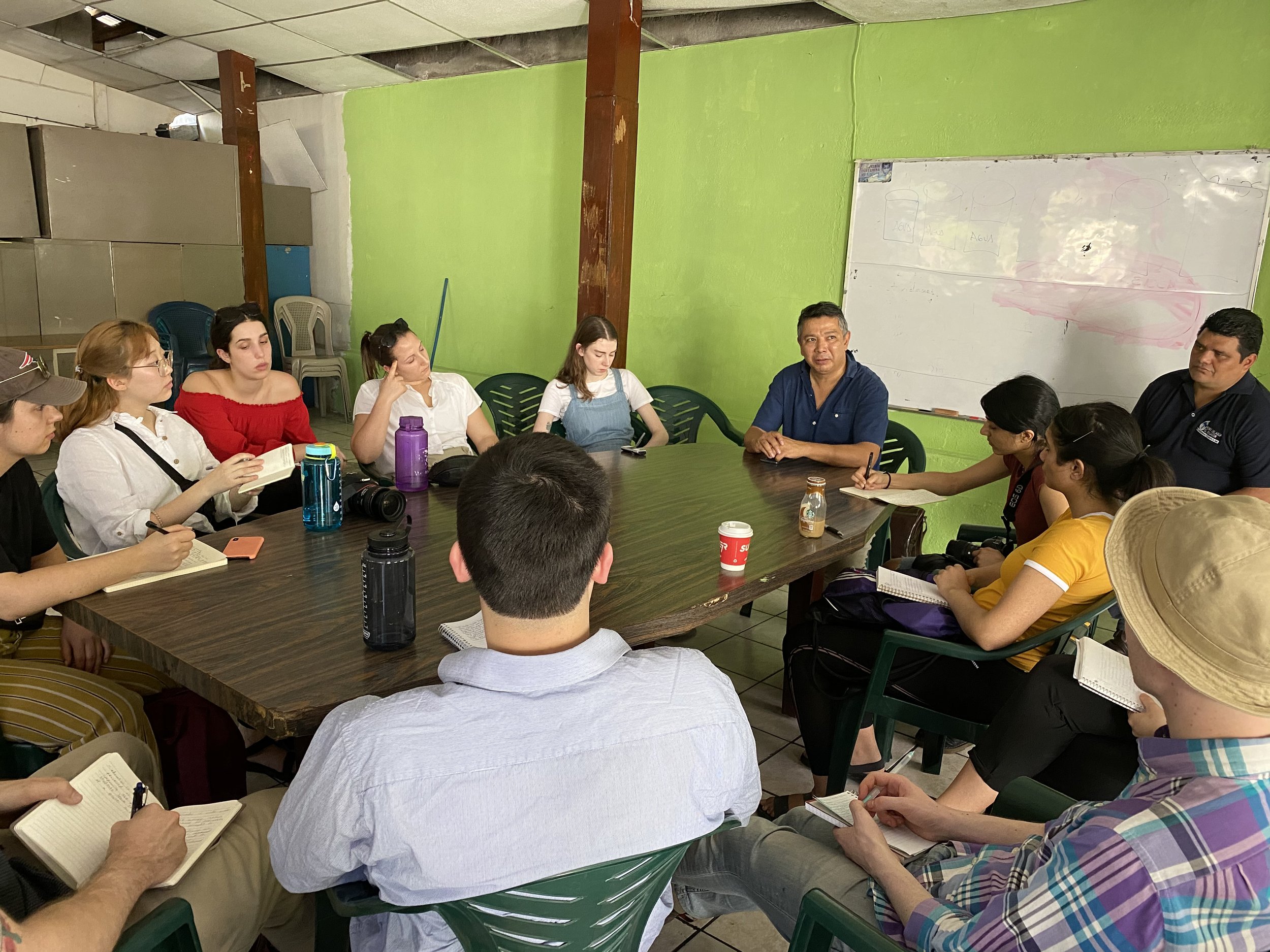
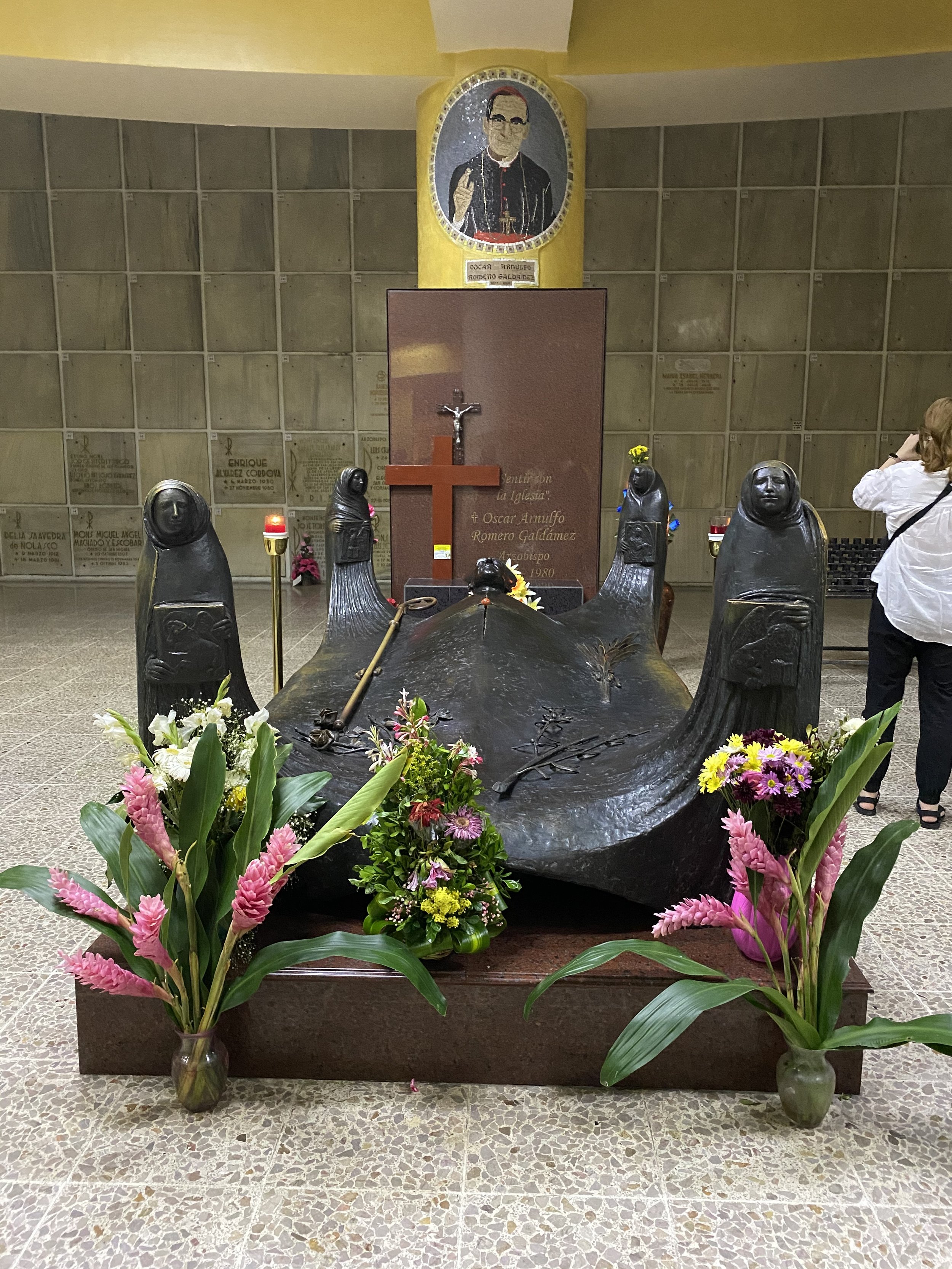
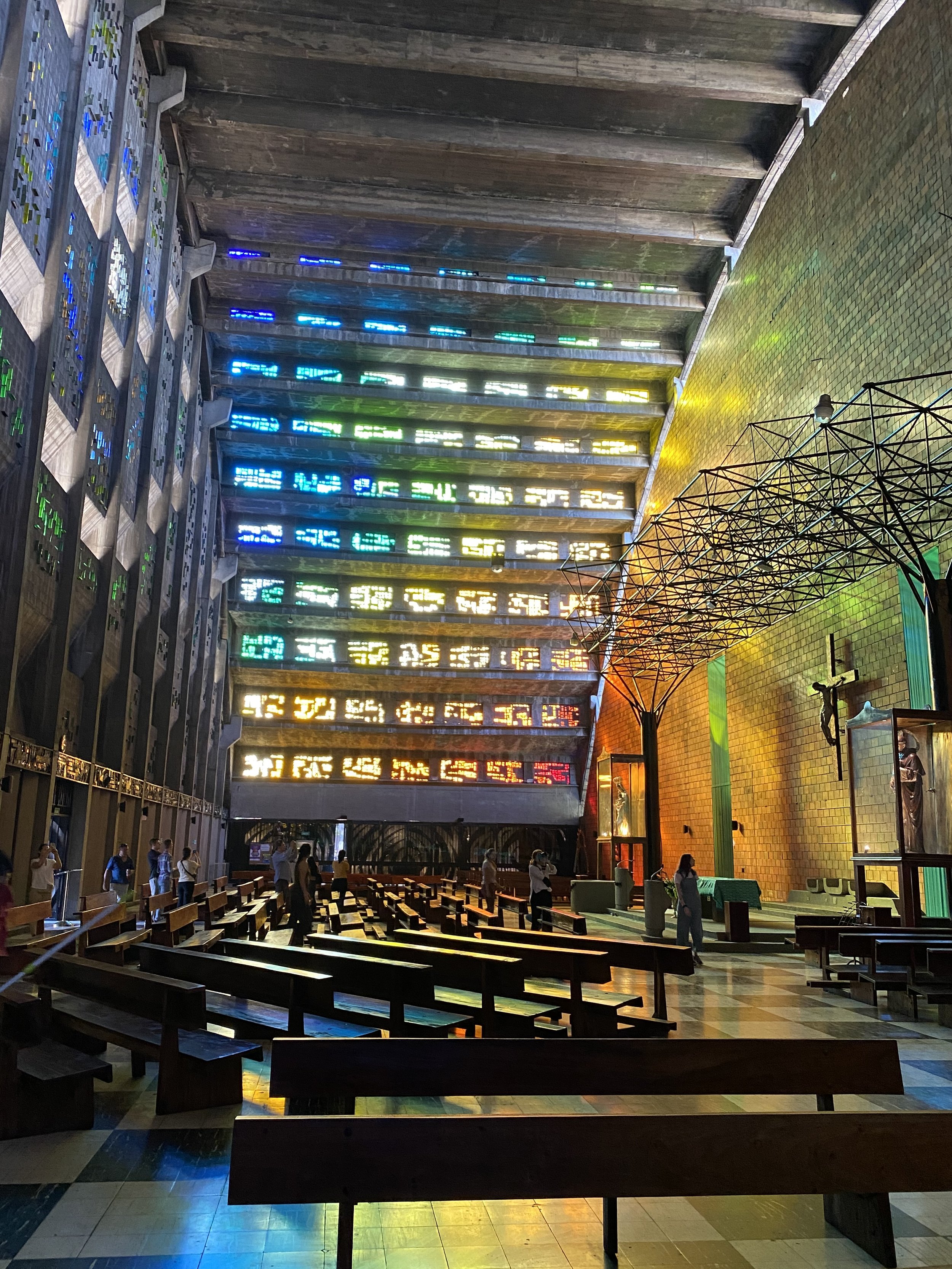

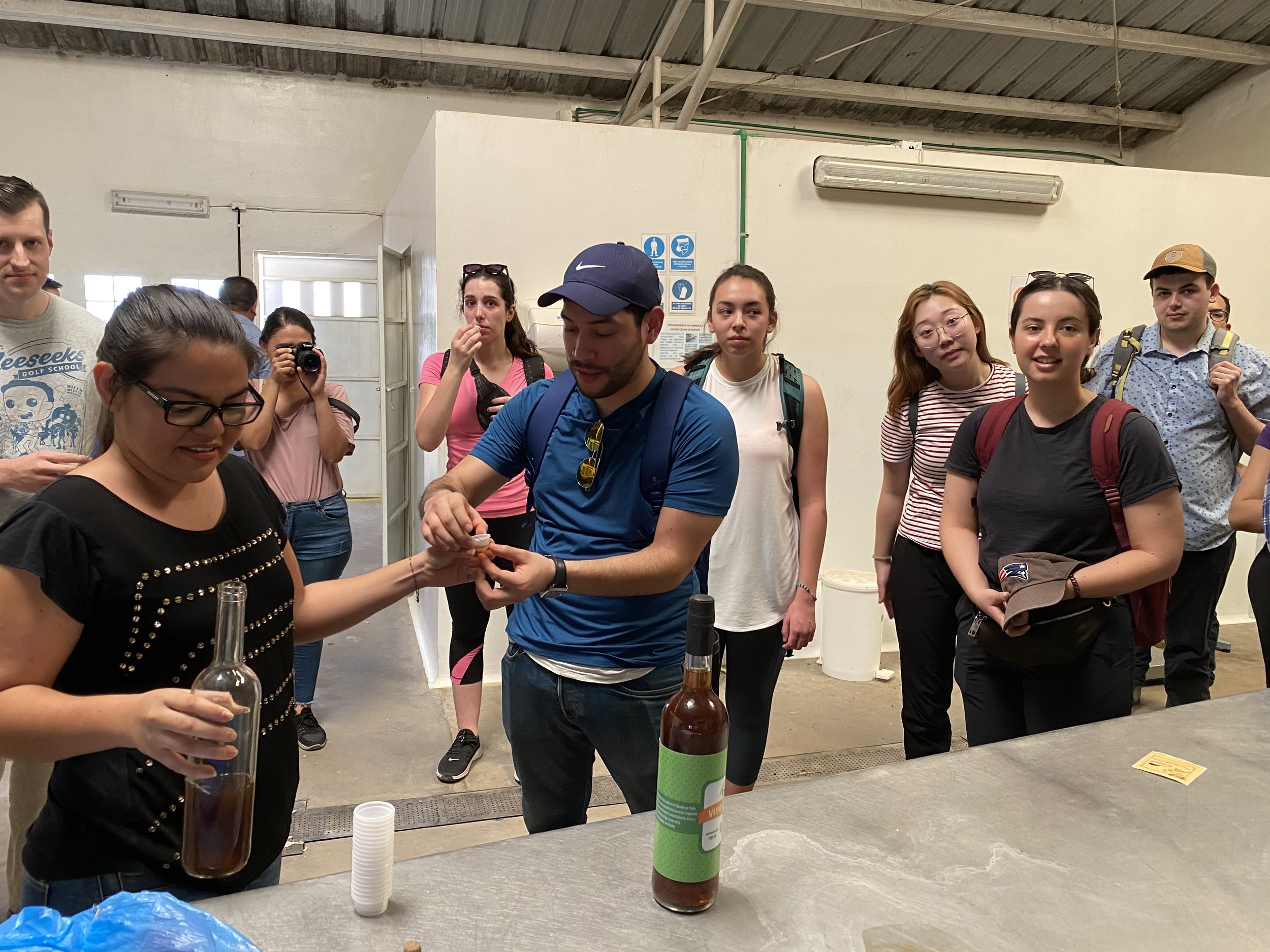
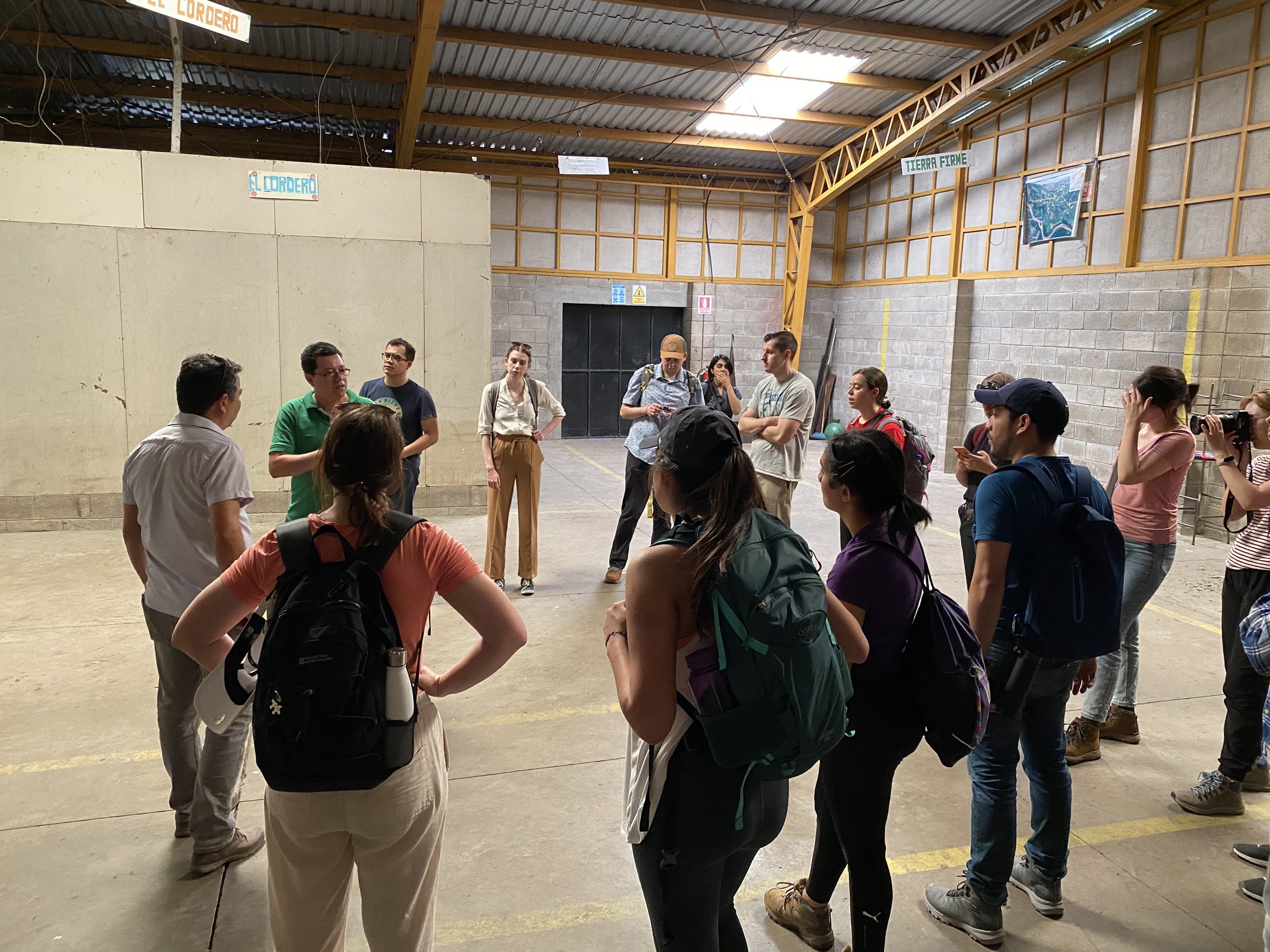
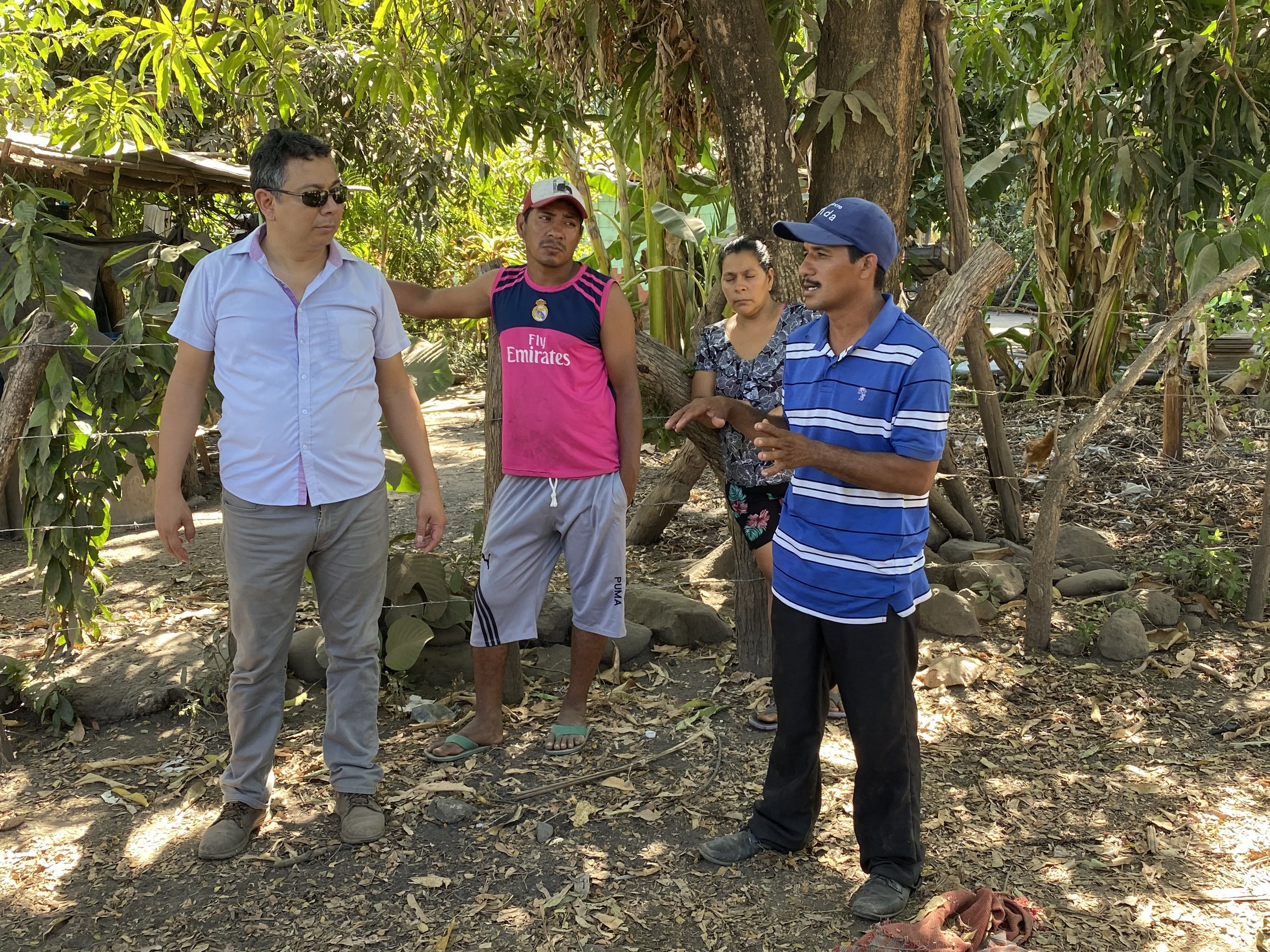
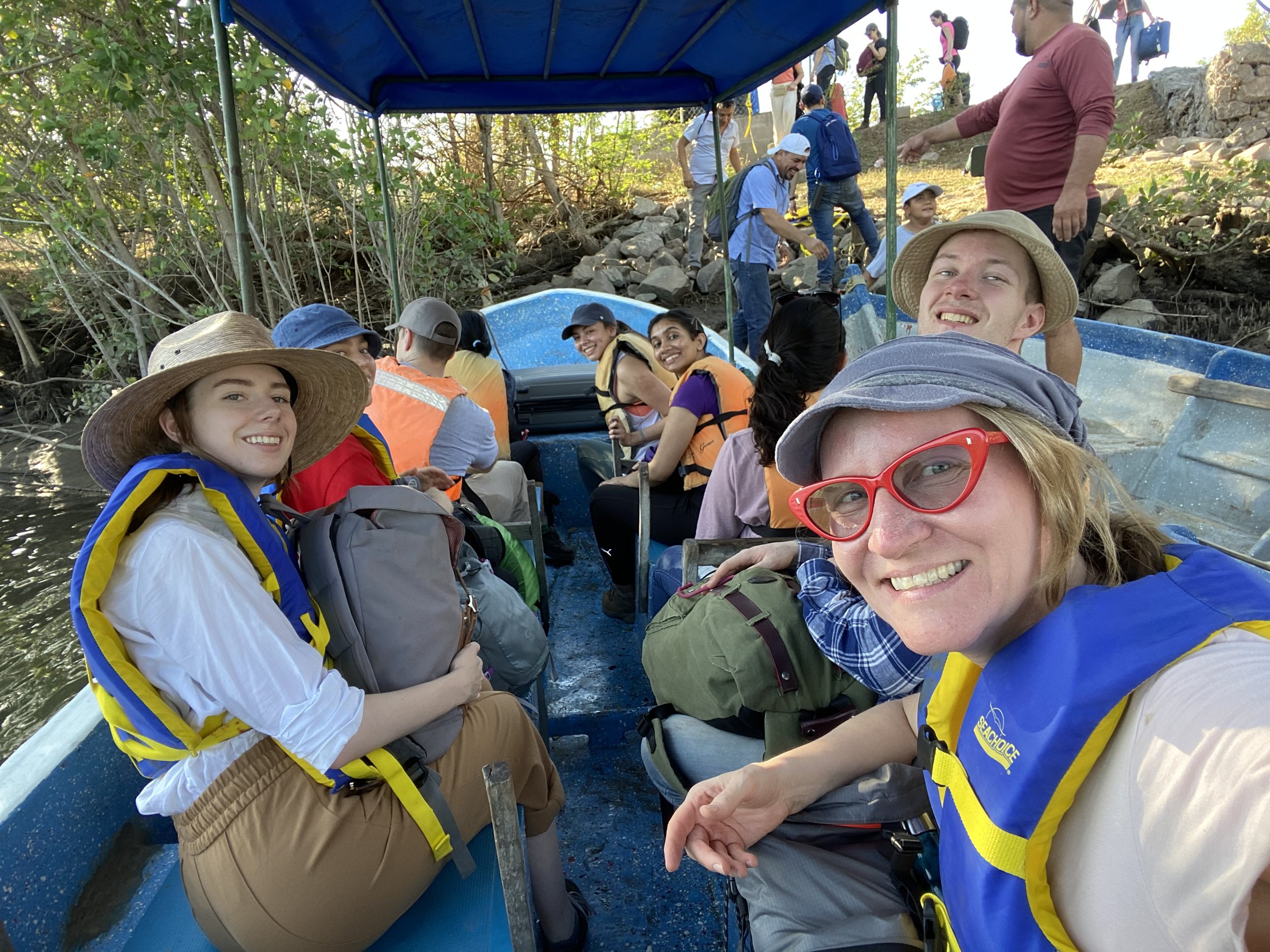
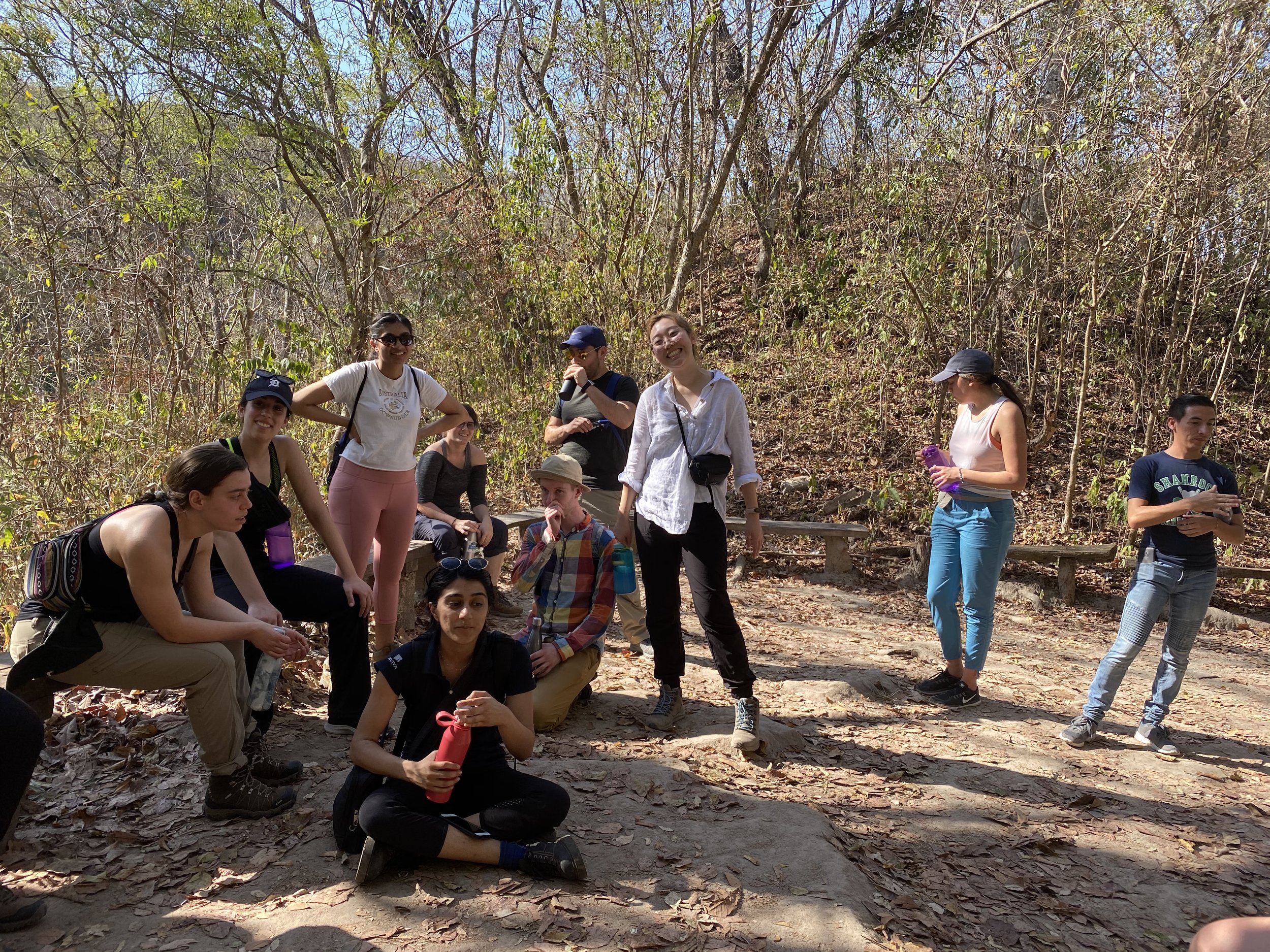
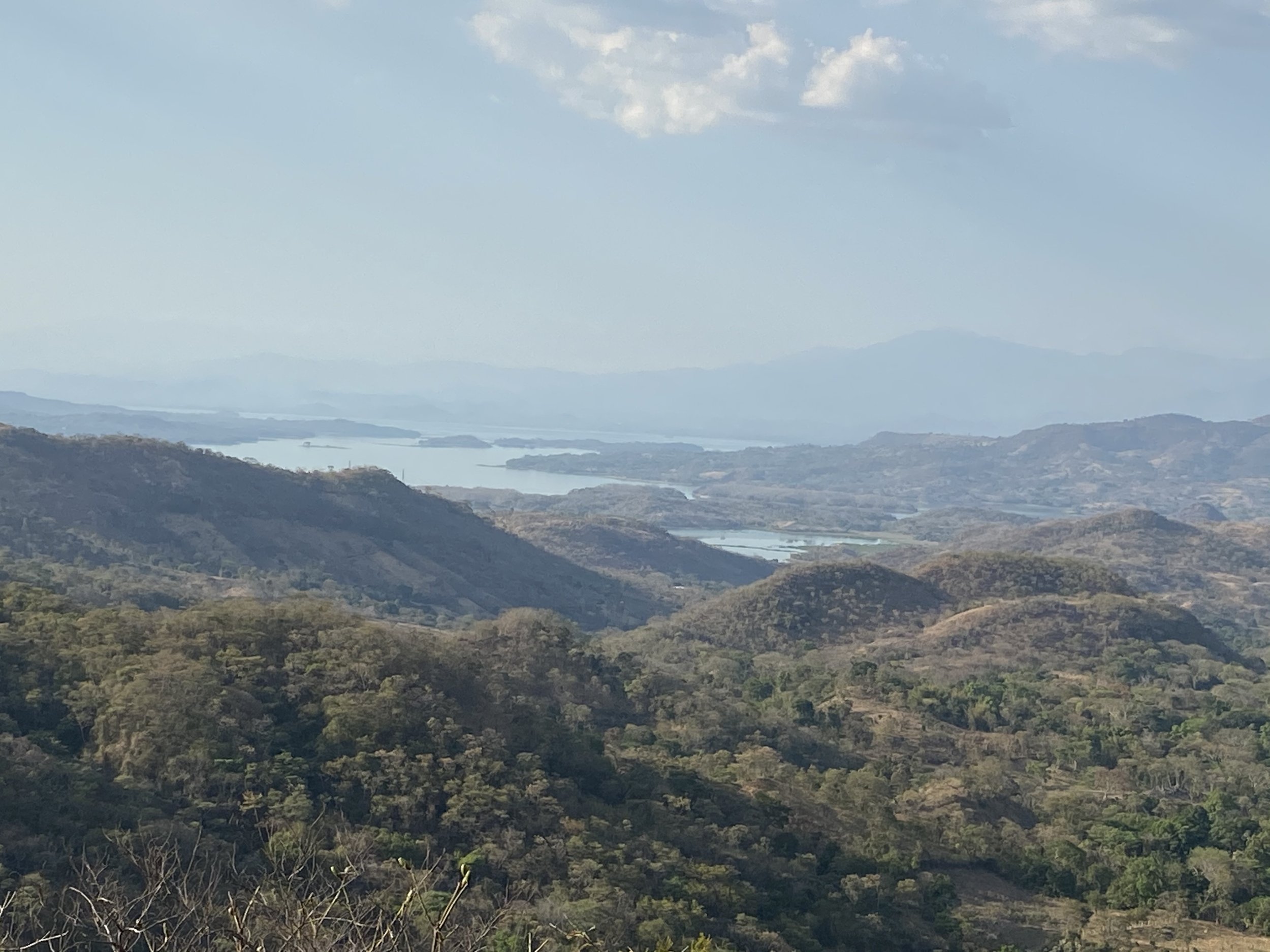
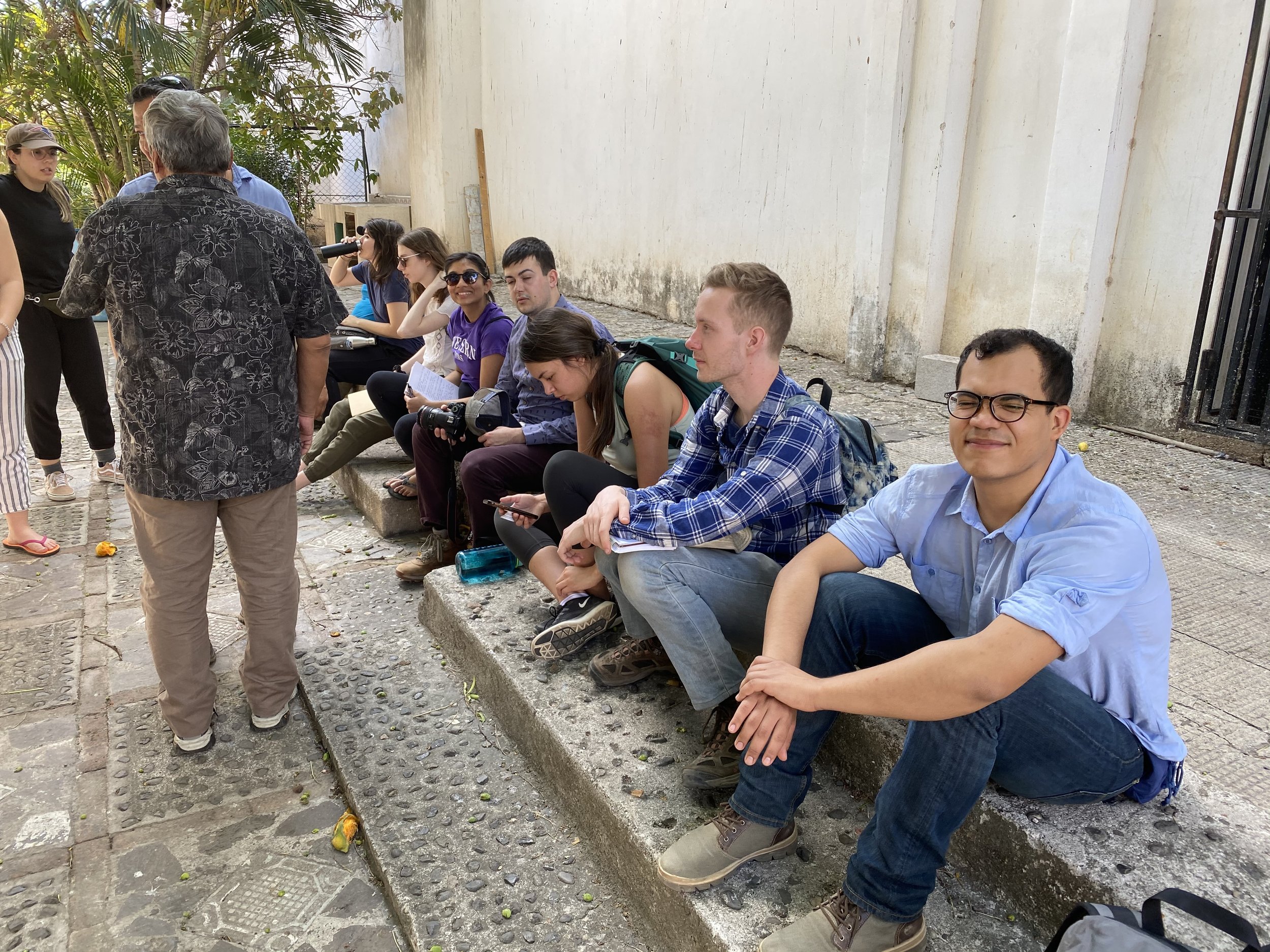
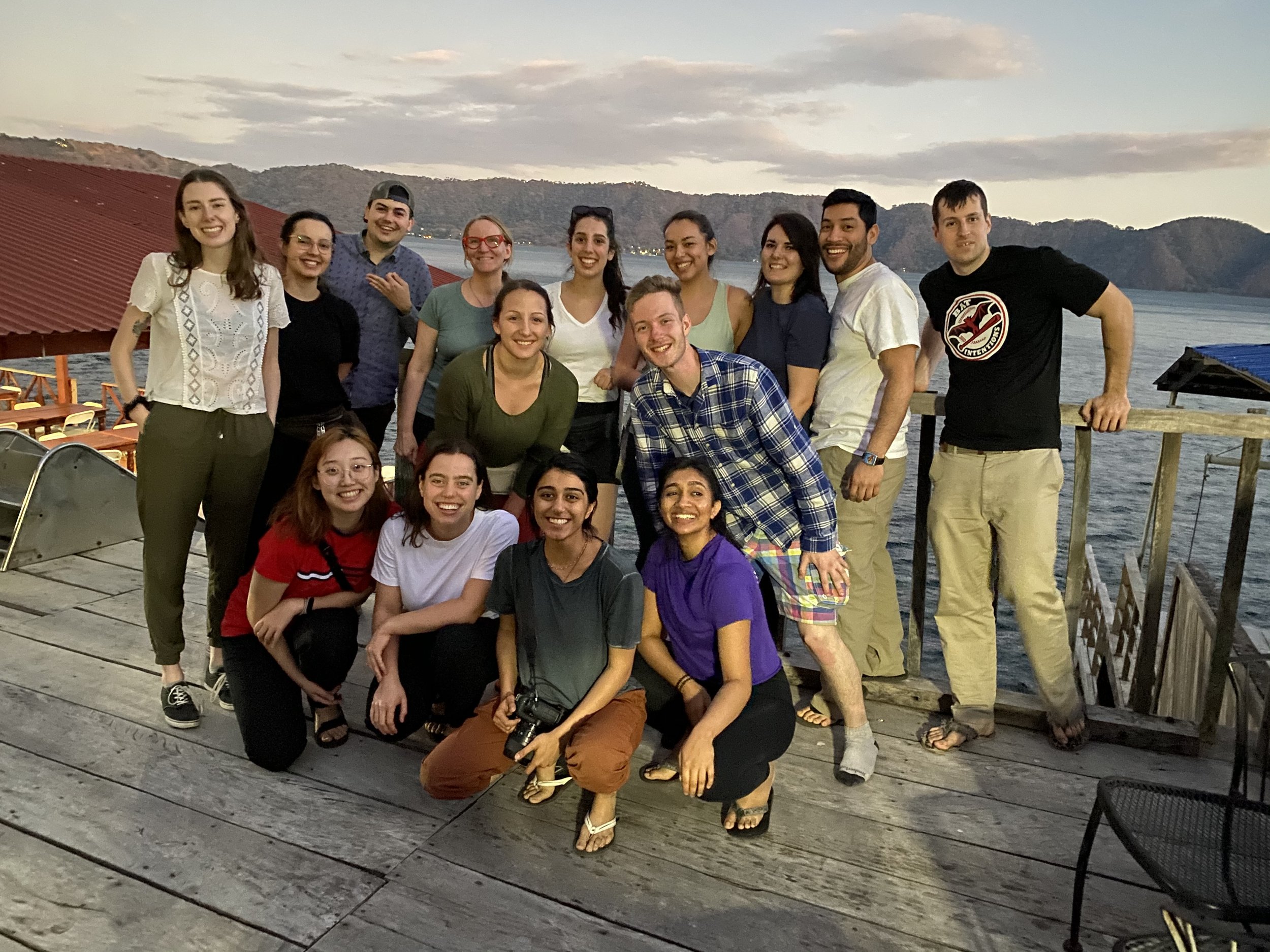
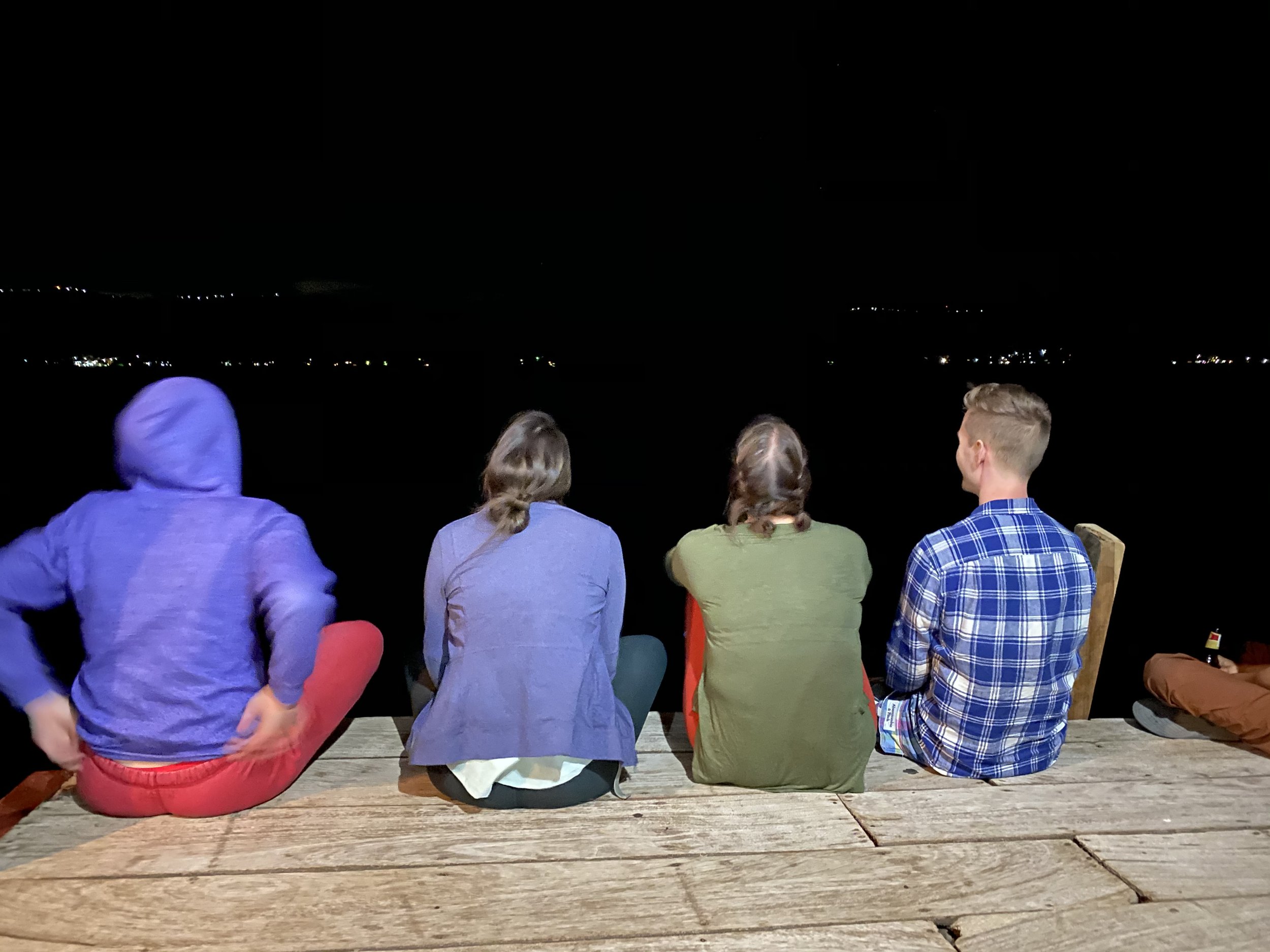
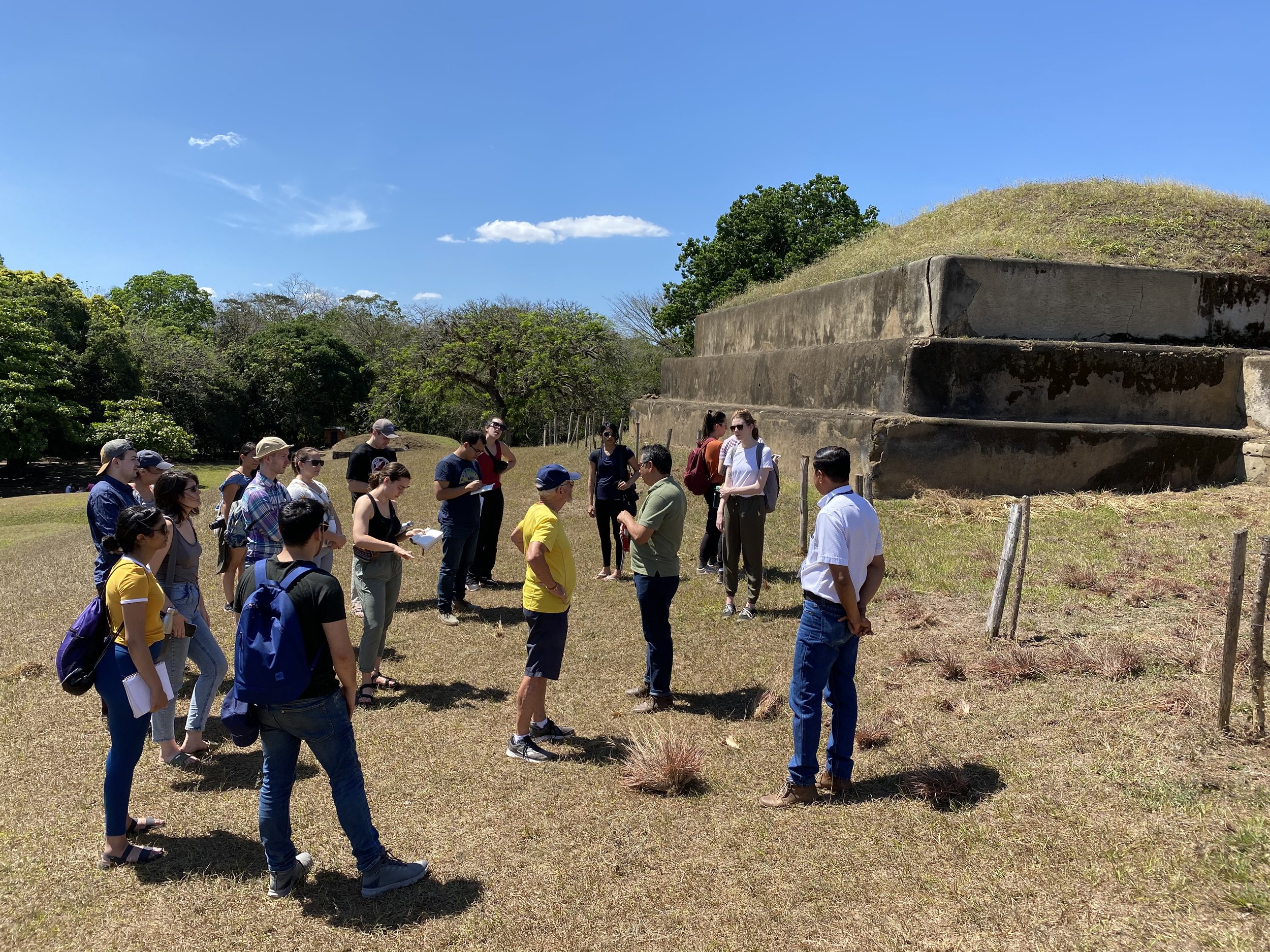
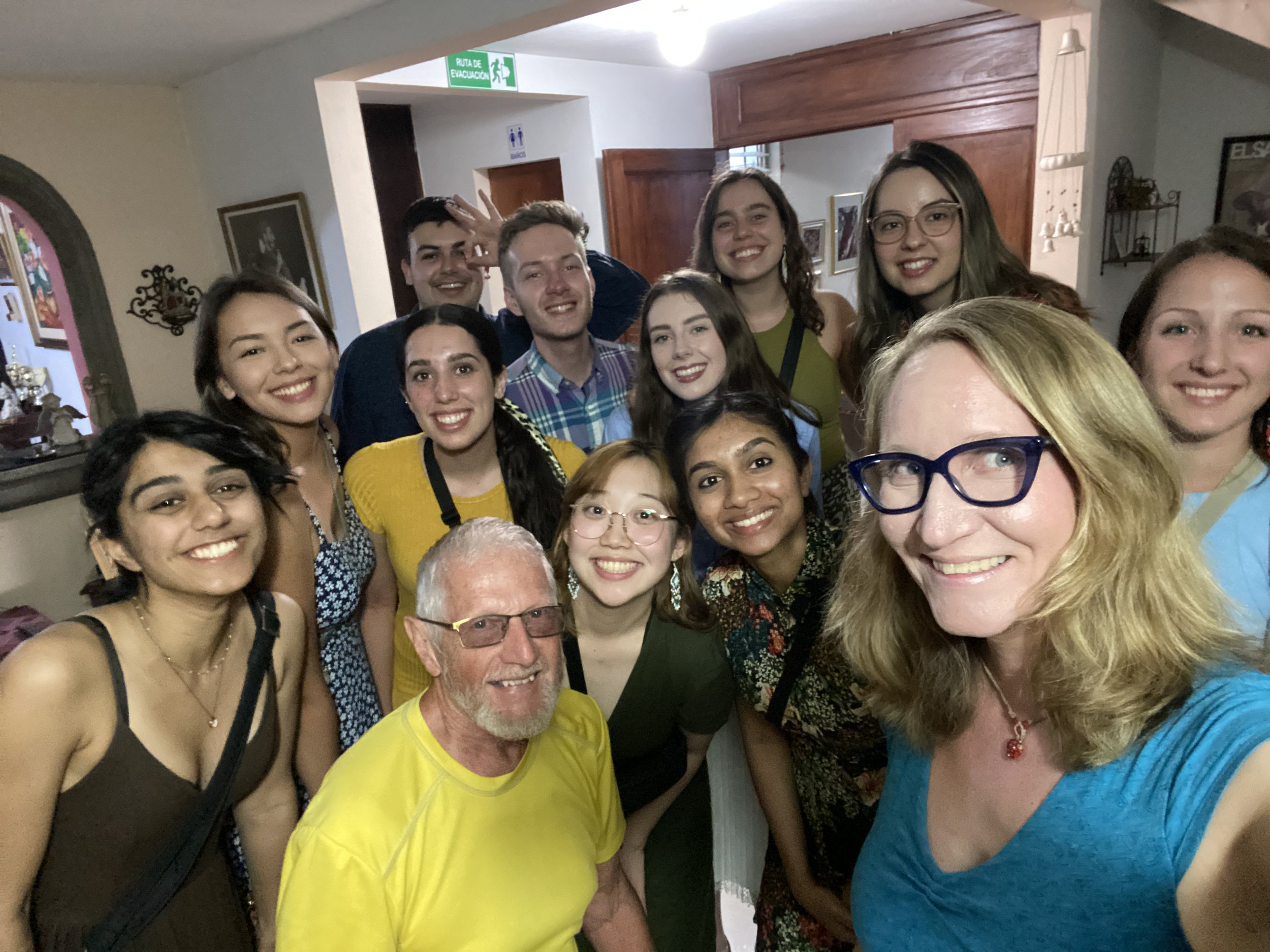
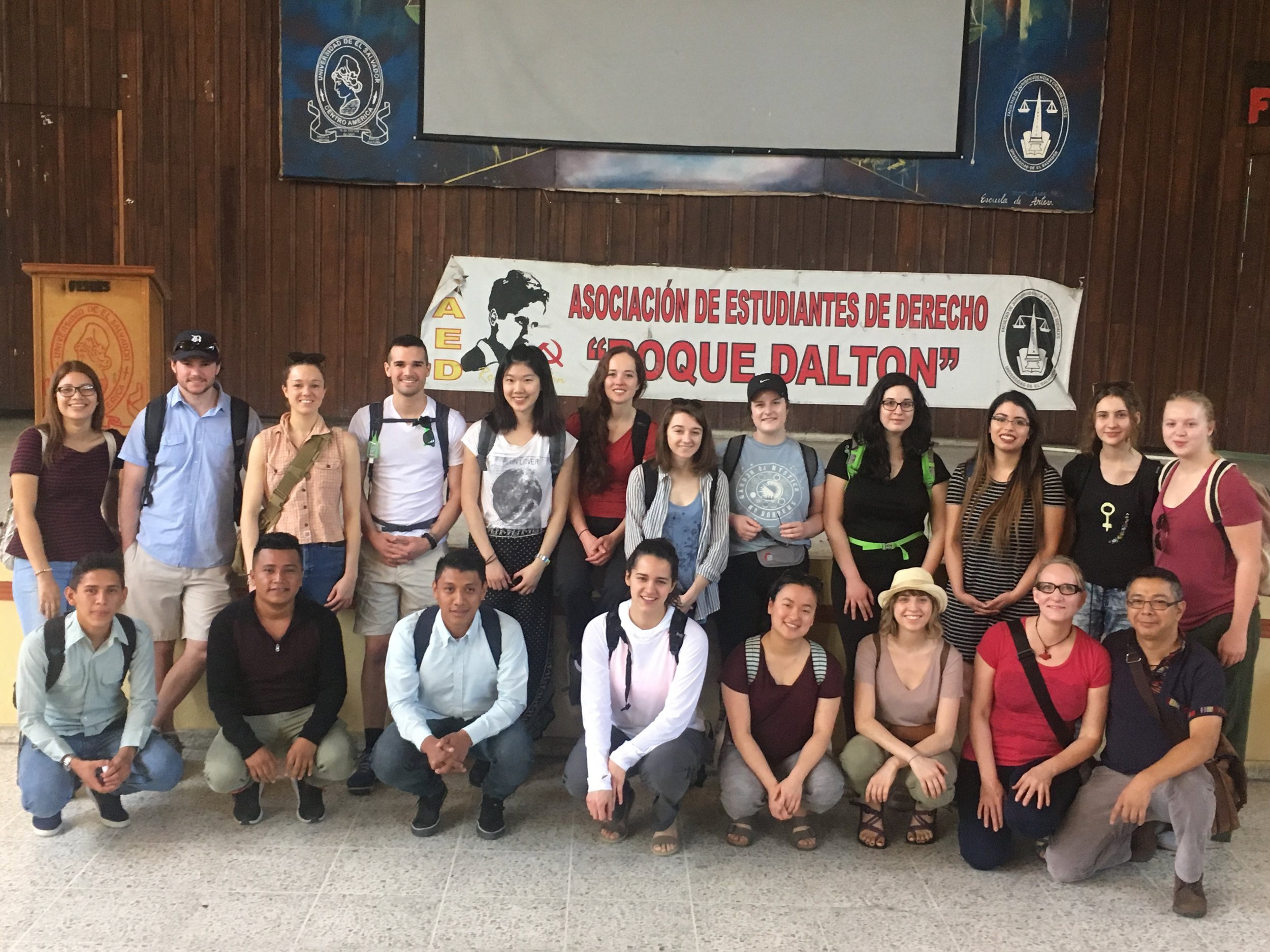
Winter 2018
